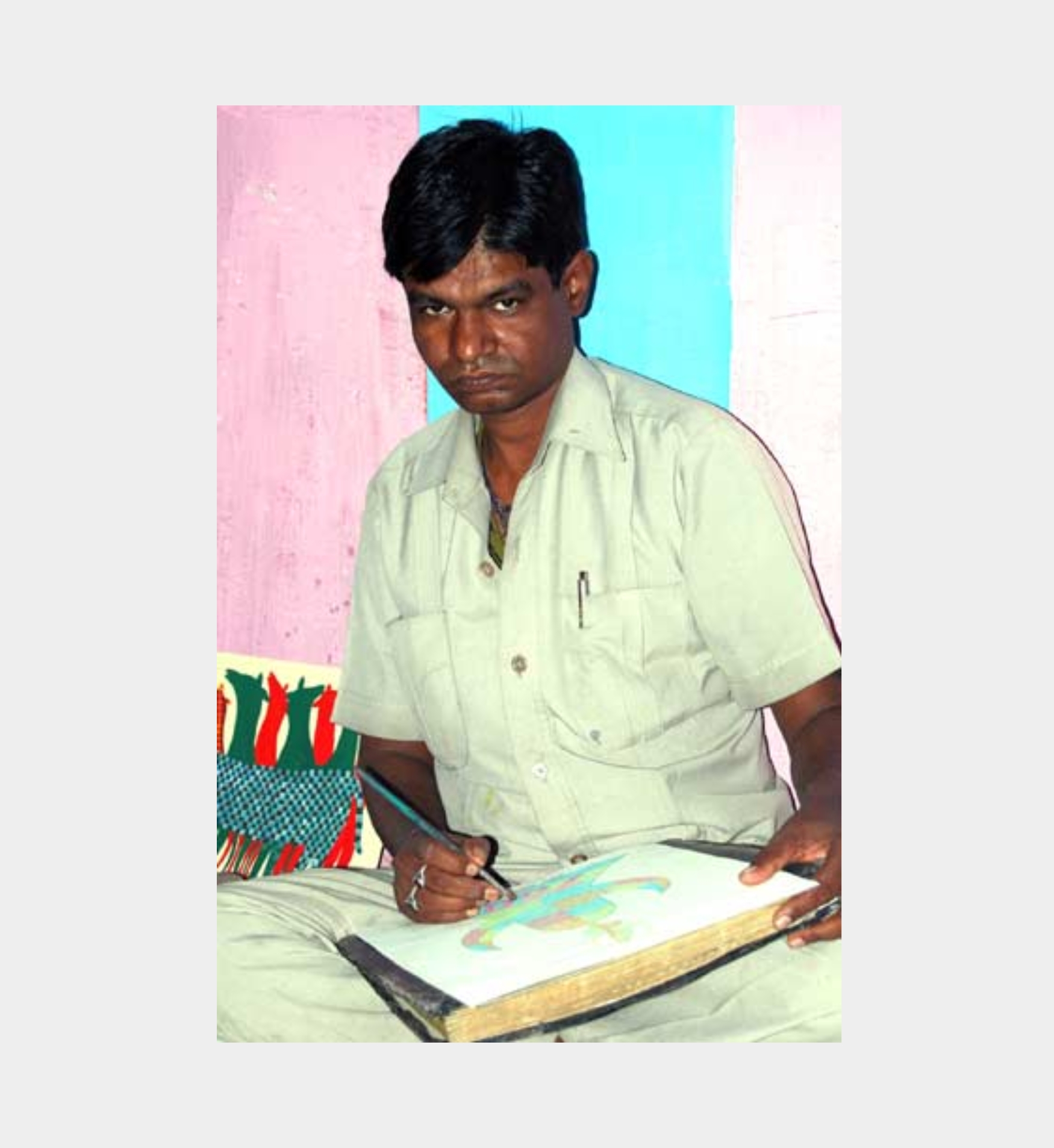All Artist

ANIL TEKAM
ANIL TEKAM

MALA BARUA

Archana Shrama
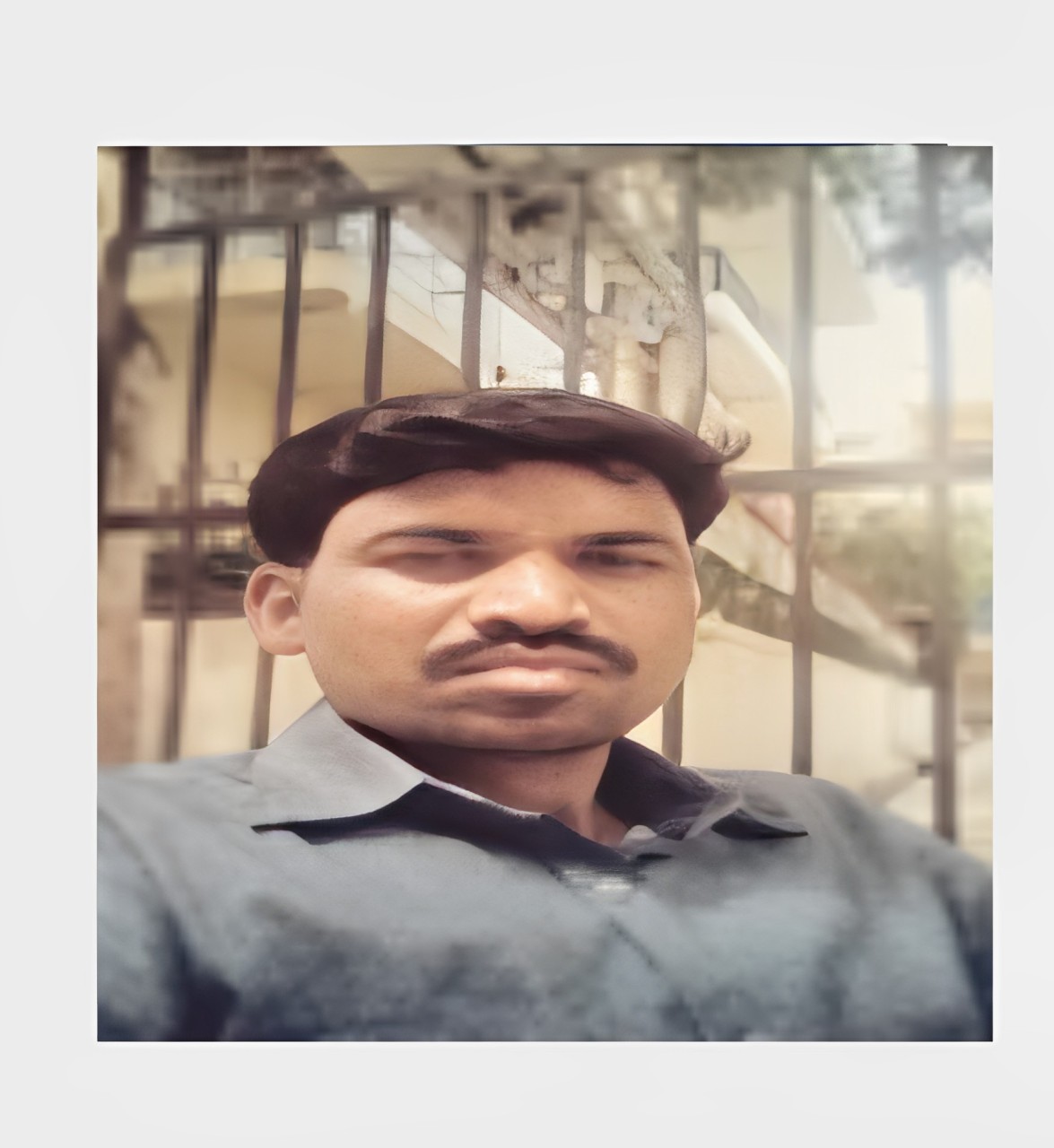
PRADEEP KUMAR MARAVI

KISHORE SADASHIV MASHE
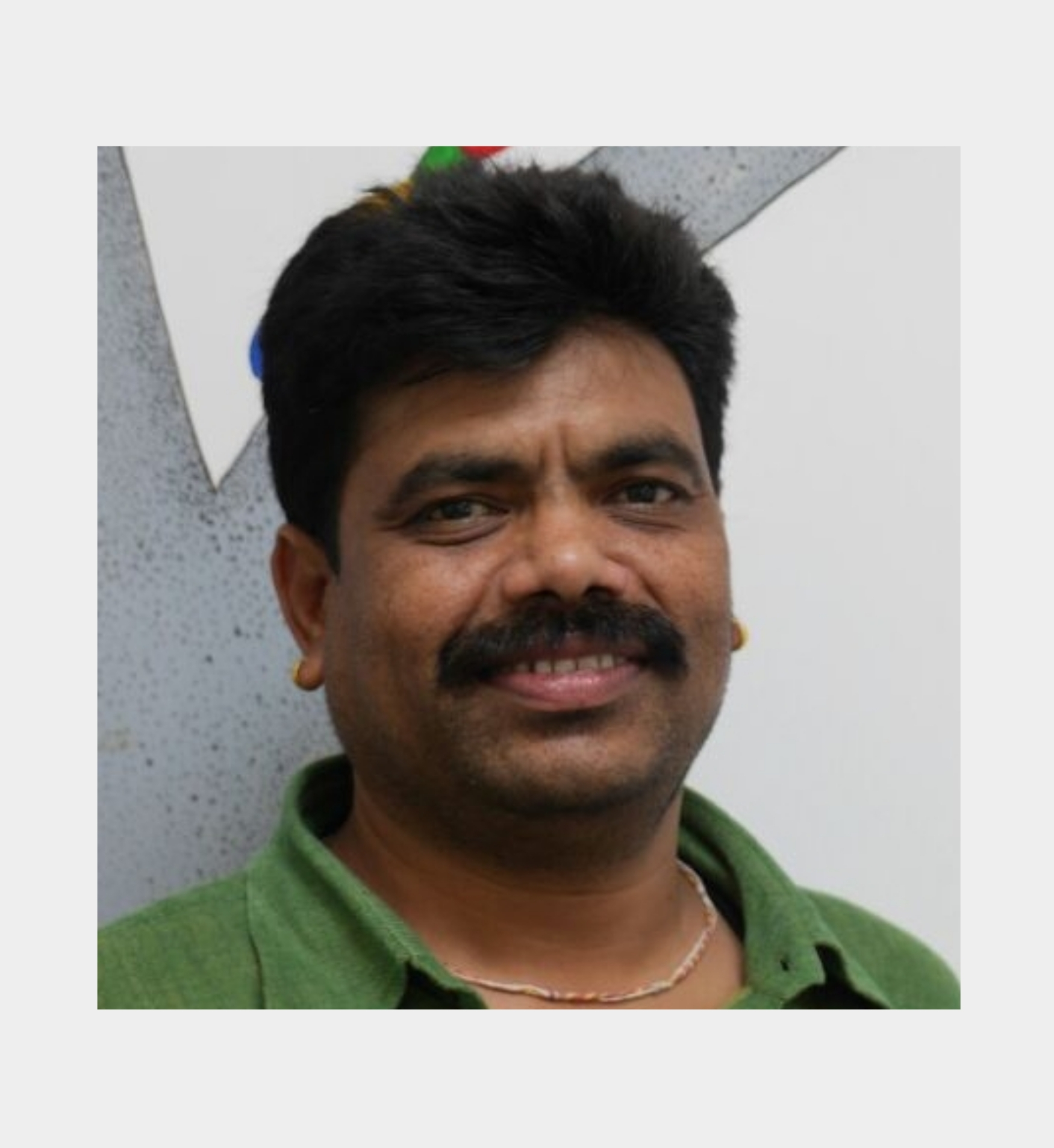
BHAJJU SHYAM
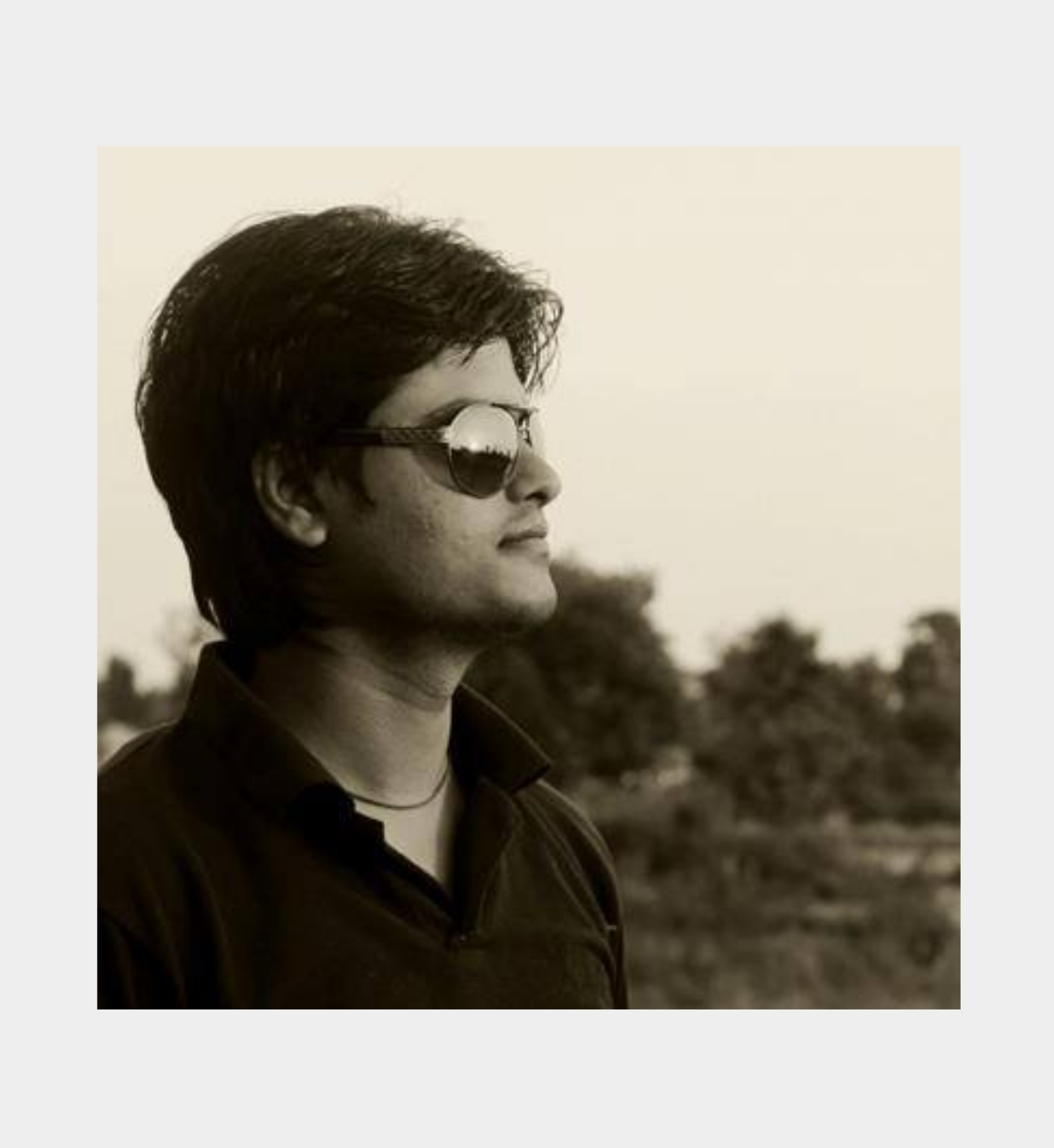
AMIT KUMAWAT
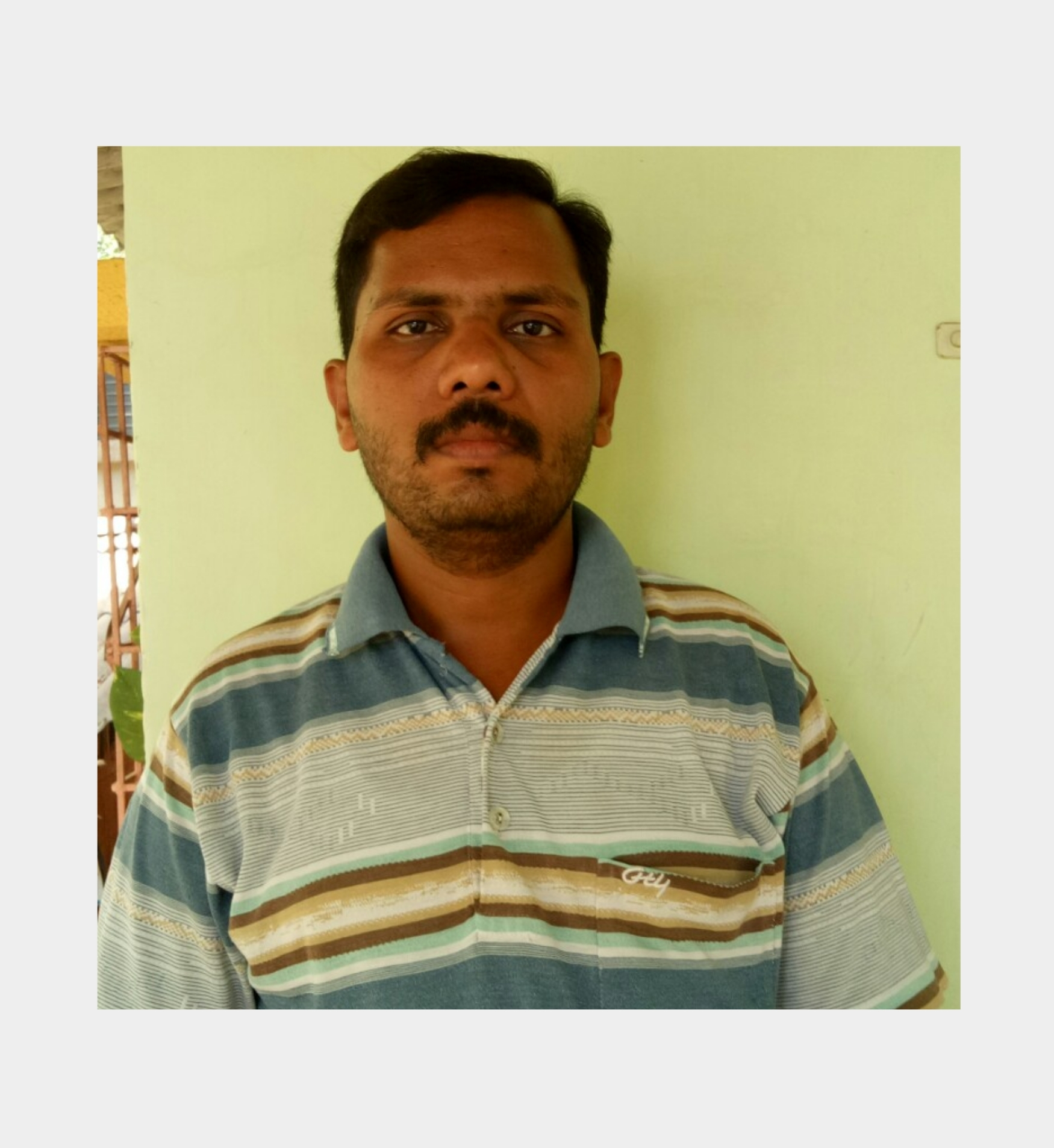
ANIL CHAITYA VANGAD
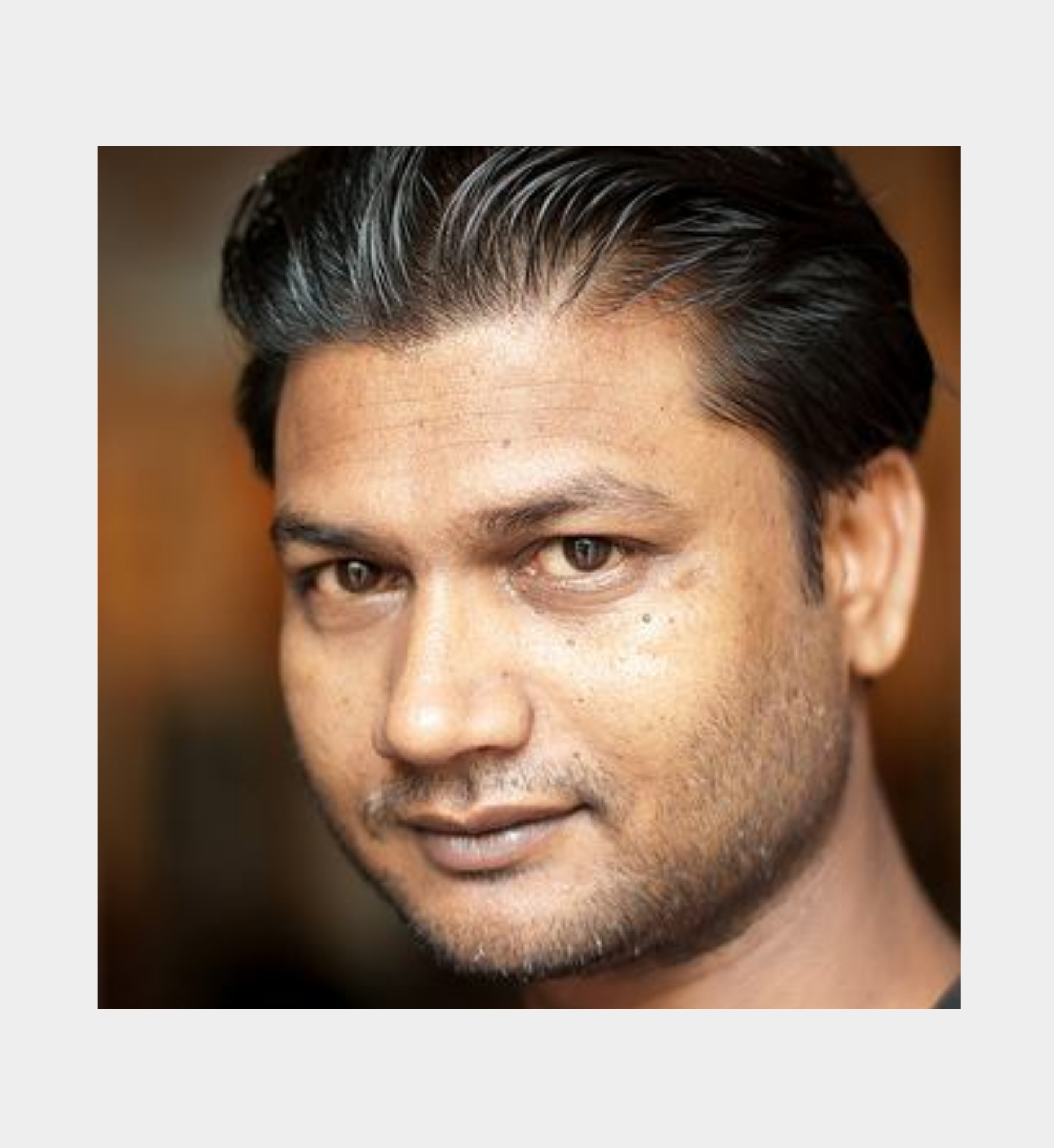
ANWAR CHITRAKAR
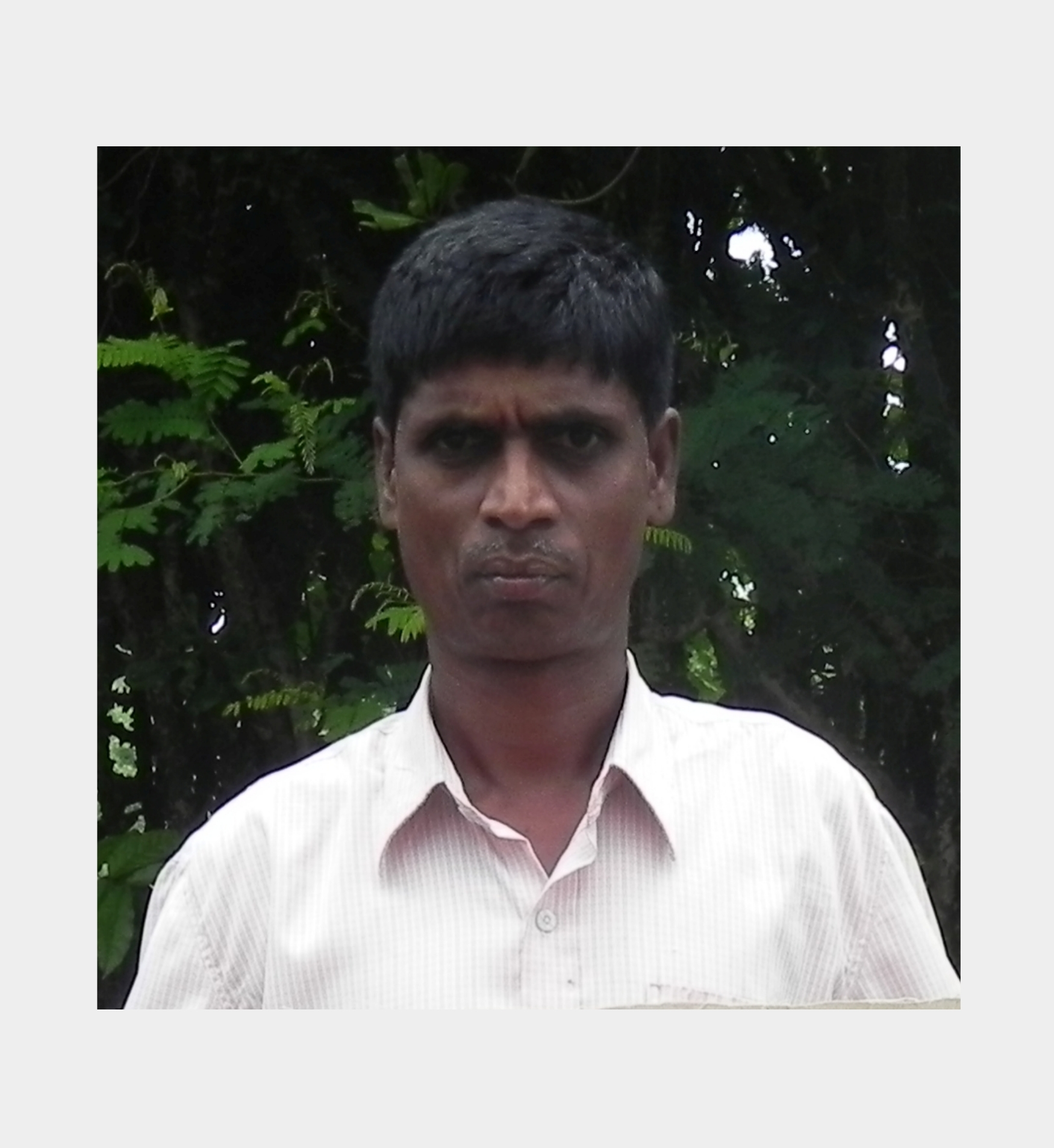
BALU JIVYA MASHE
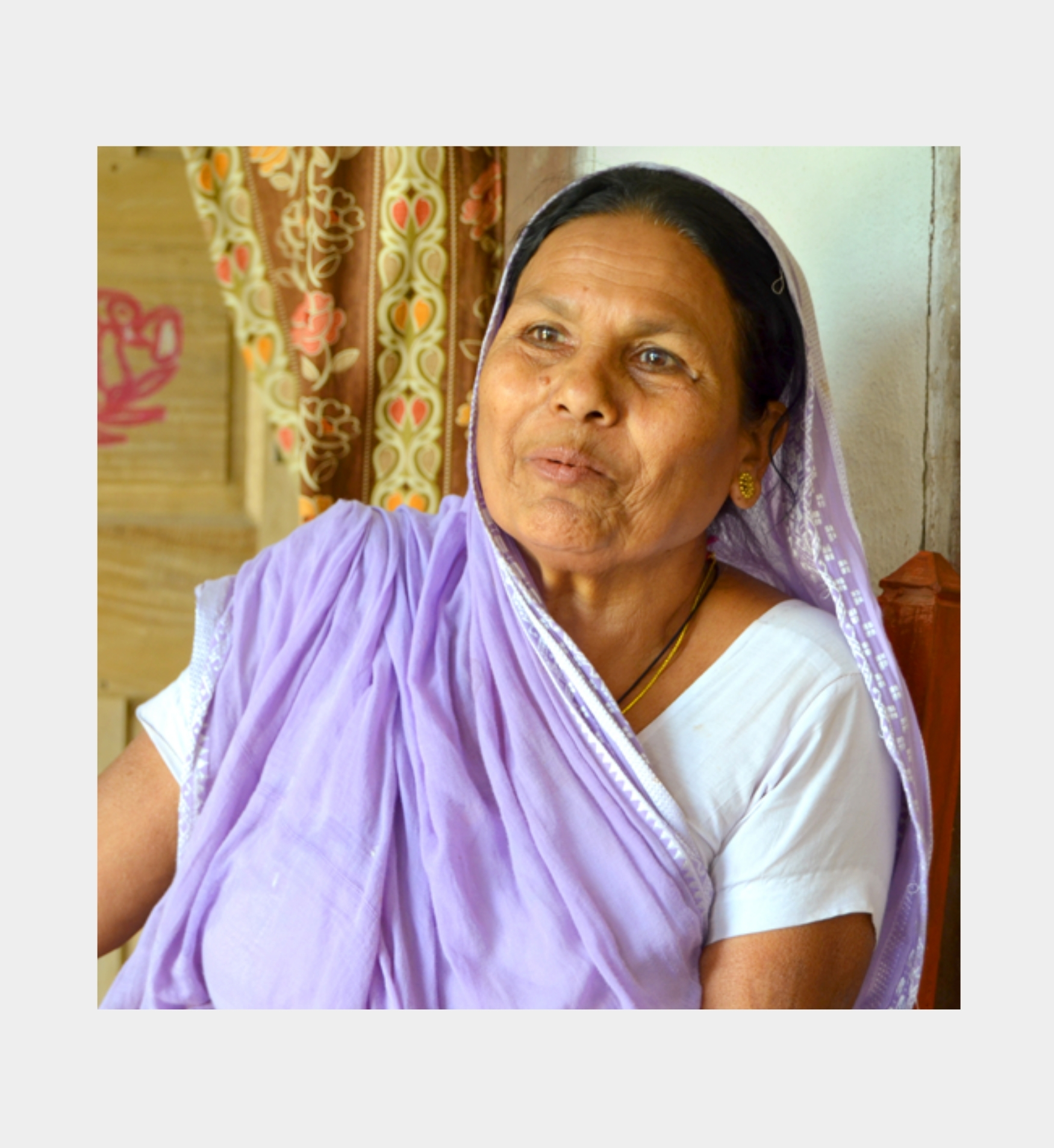
BAUA DEVI

BHURI BAI

CHAKSUDAN PAT
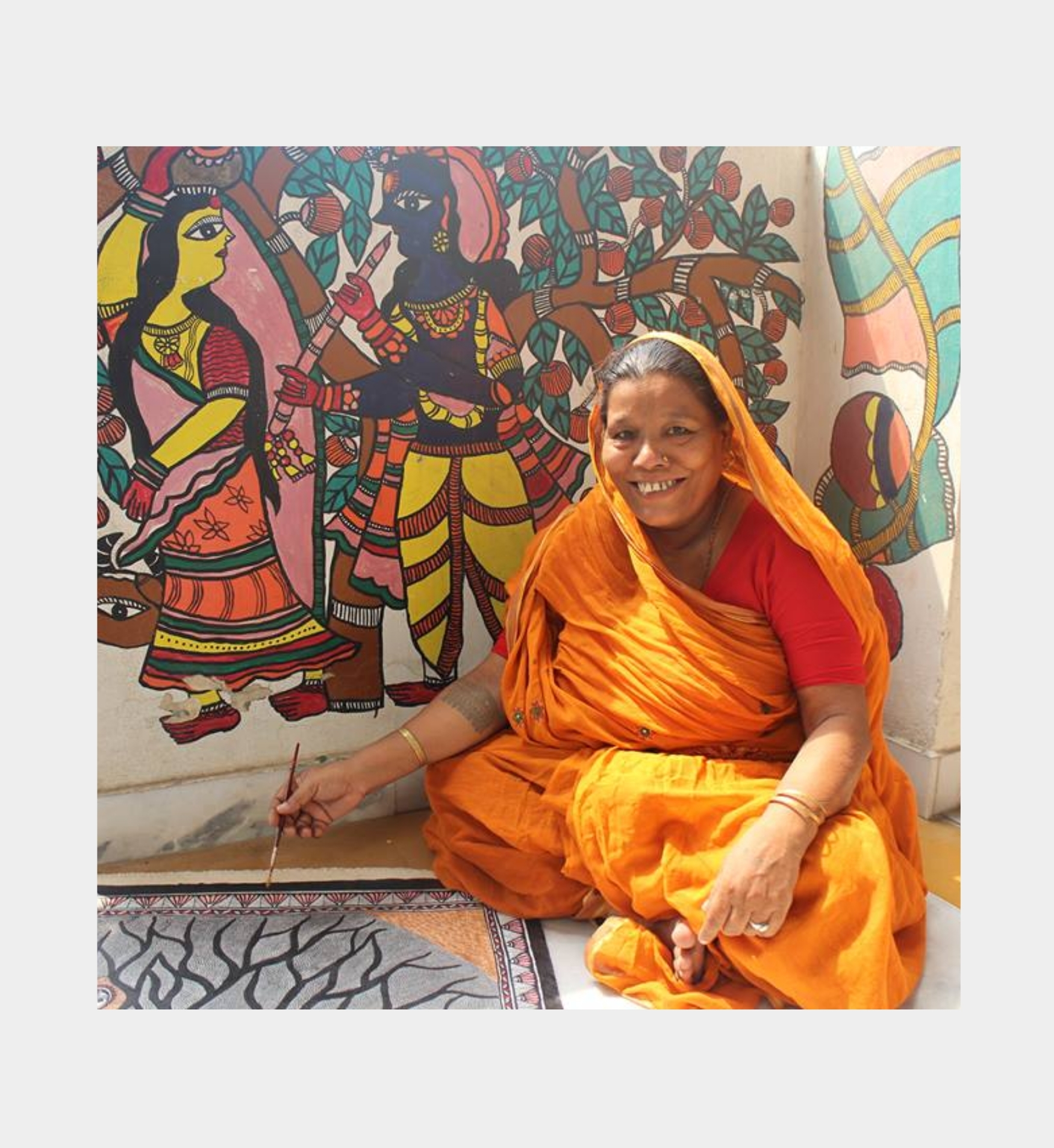
CHANDRAKALA DEVI

CHHOTI TEKAM
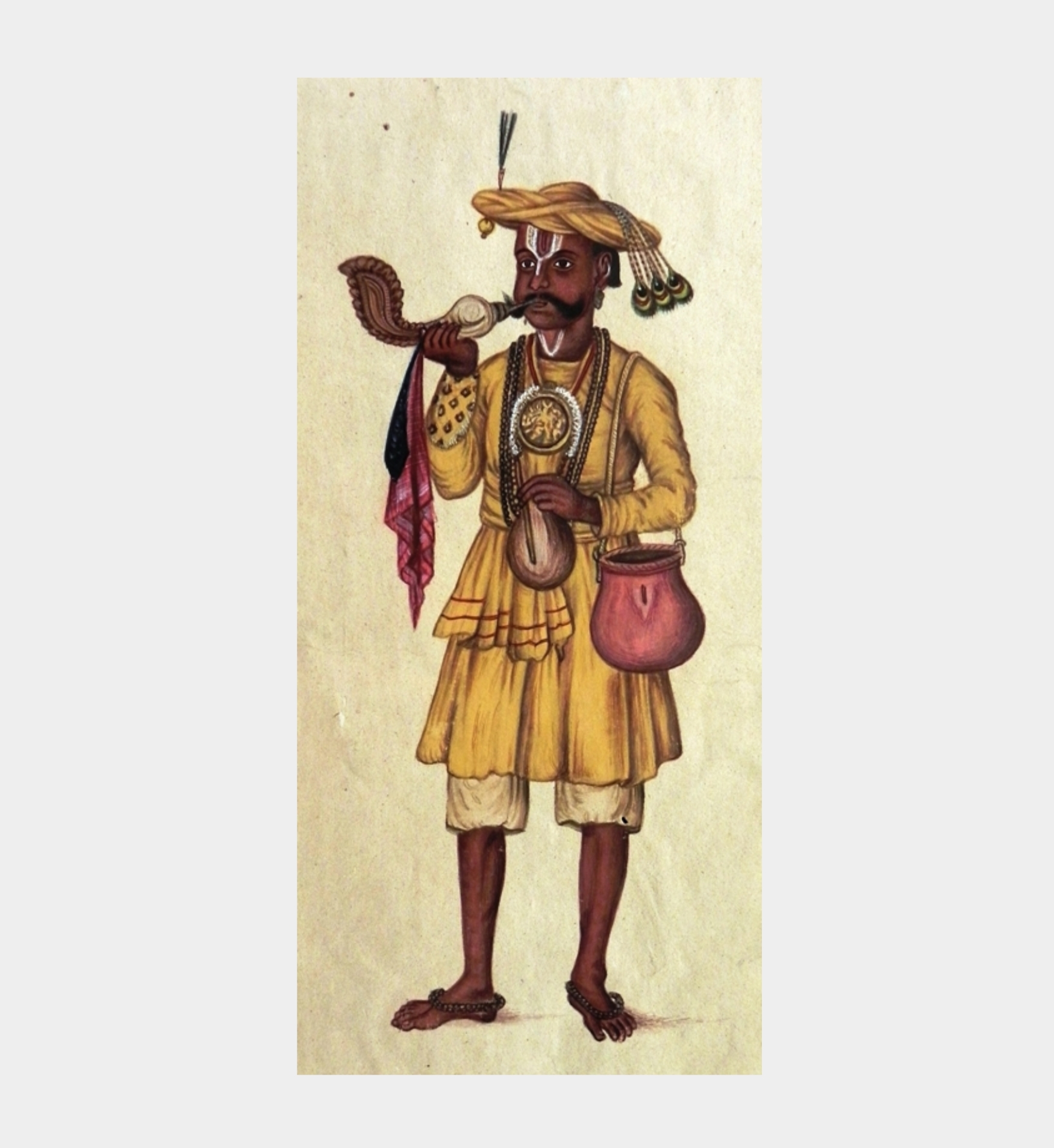
COMPANY SCHOOL

DHAVAT SINGH UIKEY

DILIP SHYAM

DURGA BAI

GAREEBA SINGH TEKAM

GEETA BARIYA

GOVIND JOGI
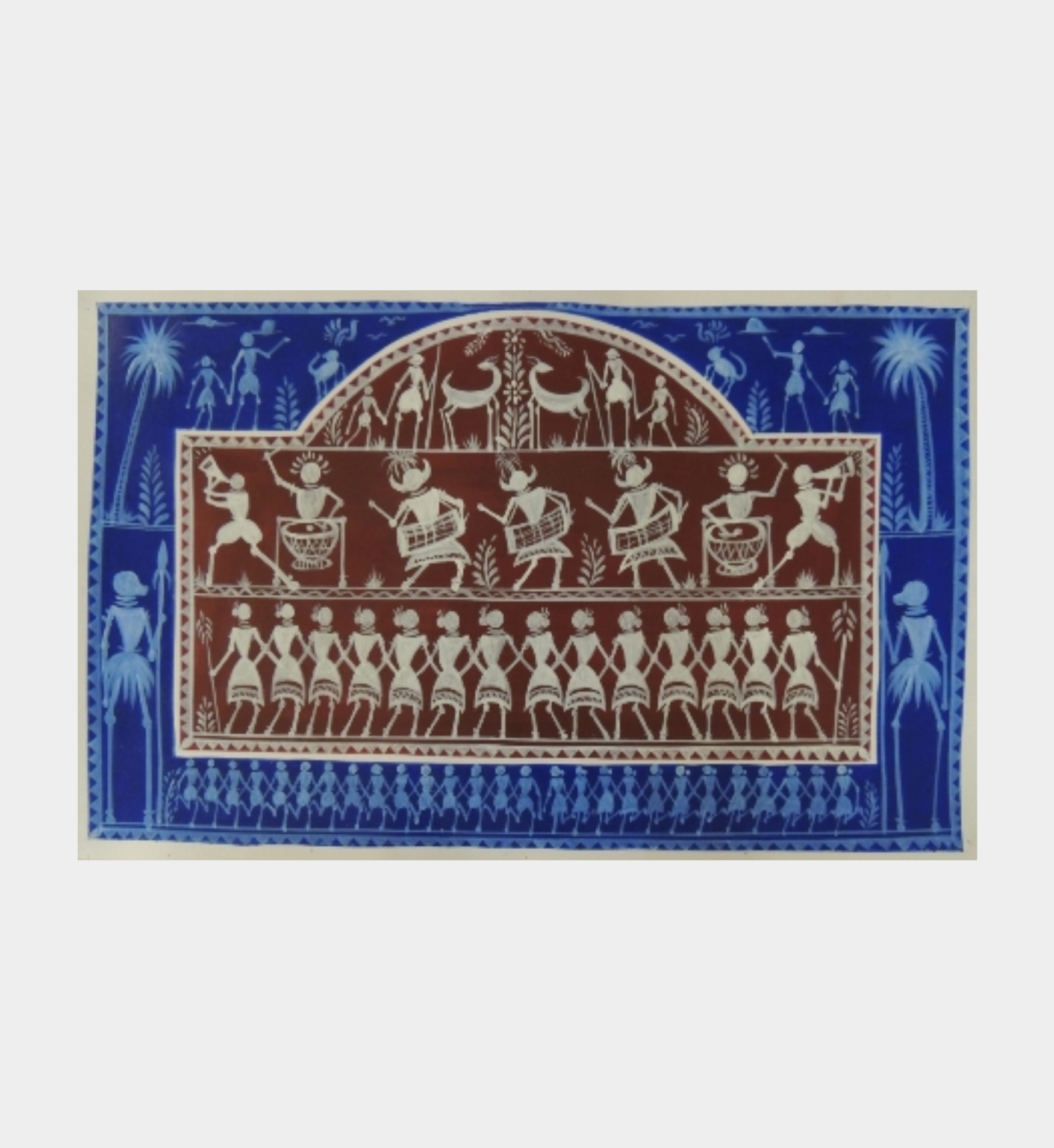
JAYRAM BHAKTA
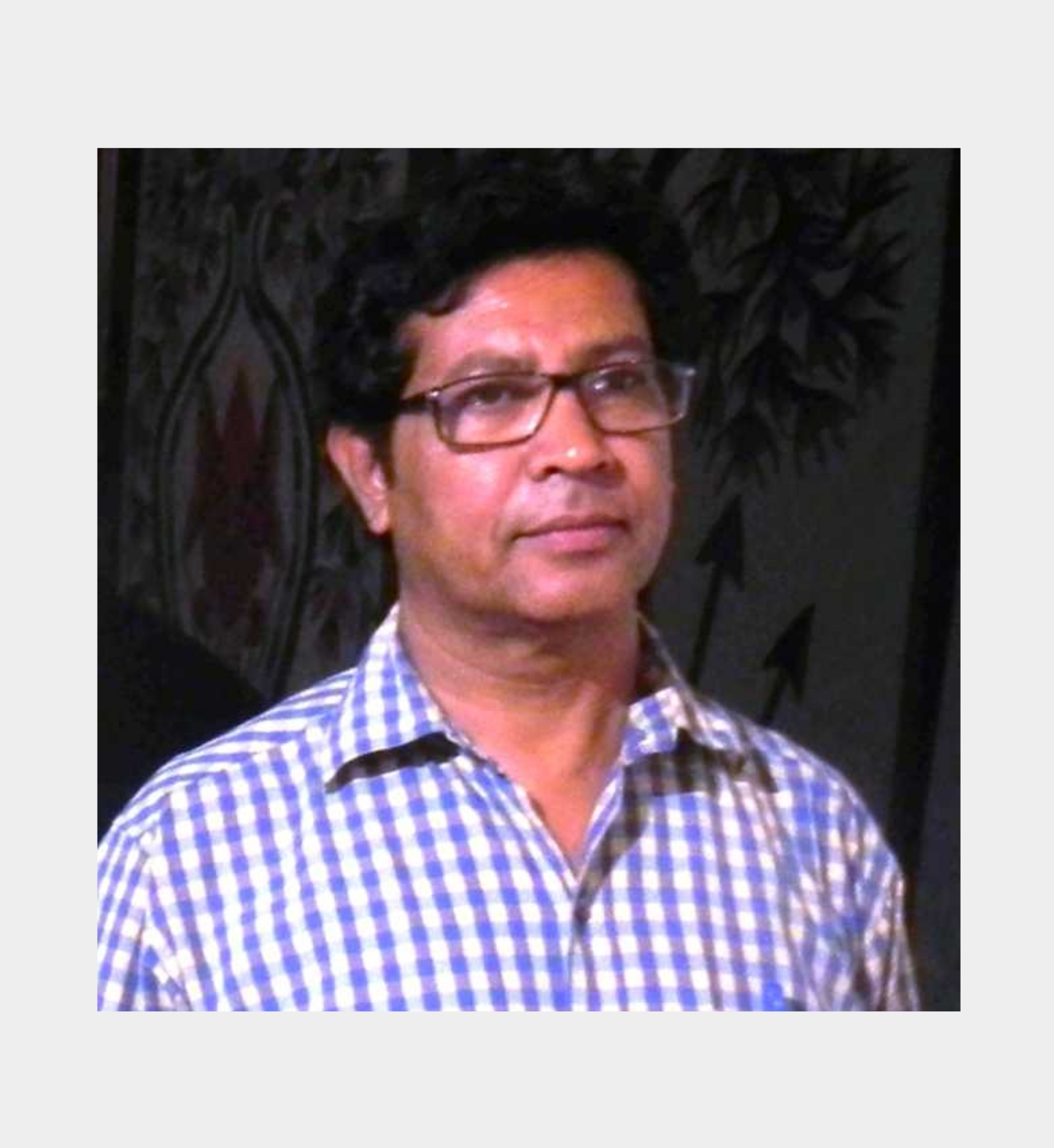
KALAMPATUA

Kalighat

KALYAN JOSHI

KAMLI KUSHRAM
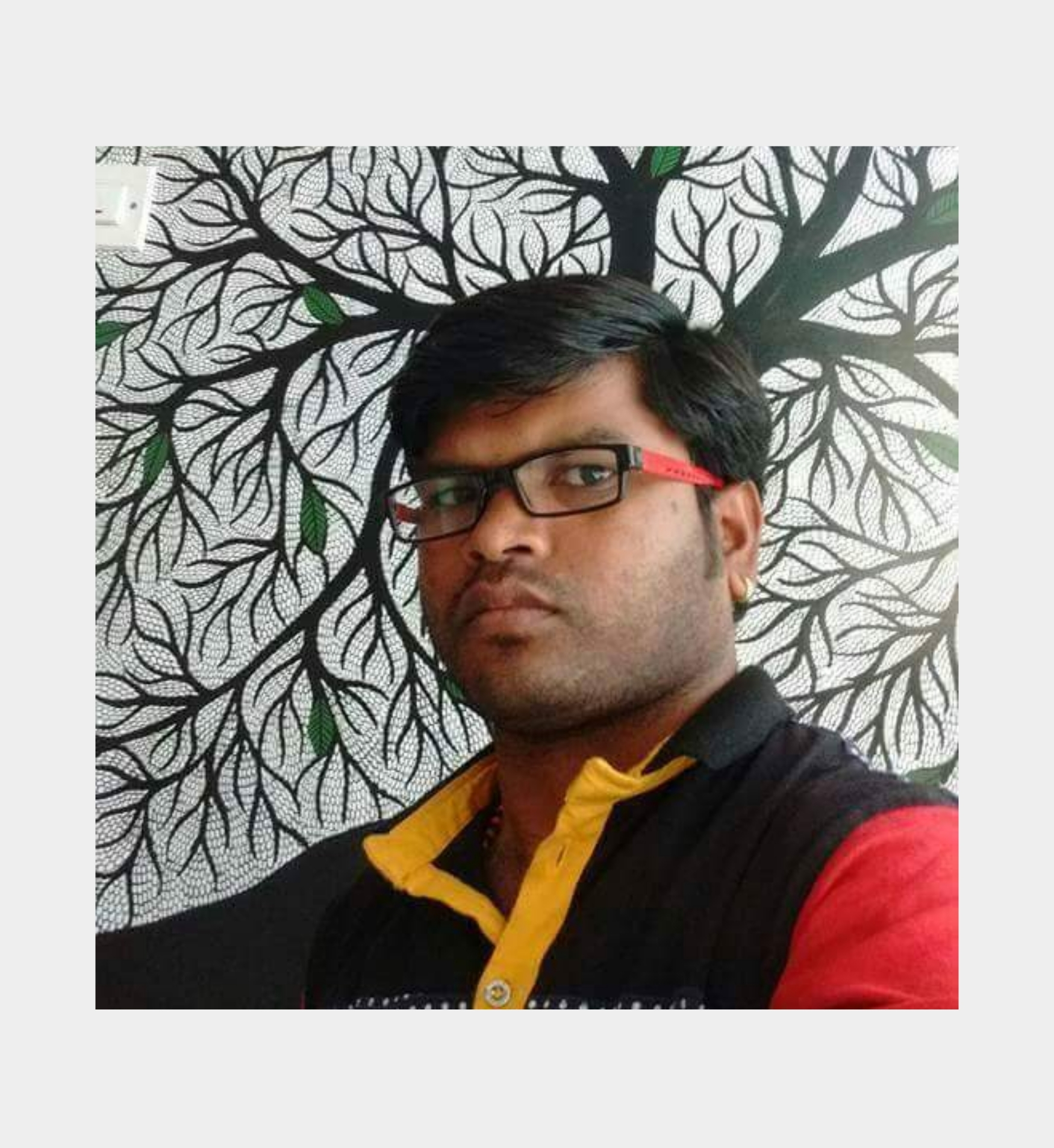
KAUSHAL PRASAD TEKAM
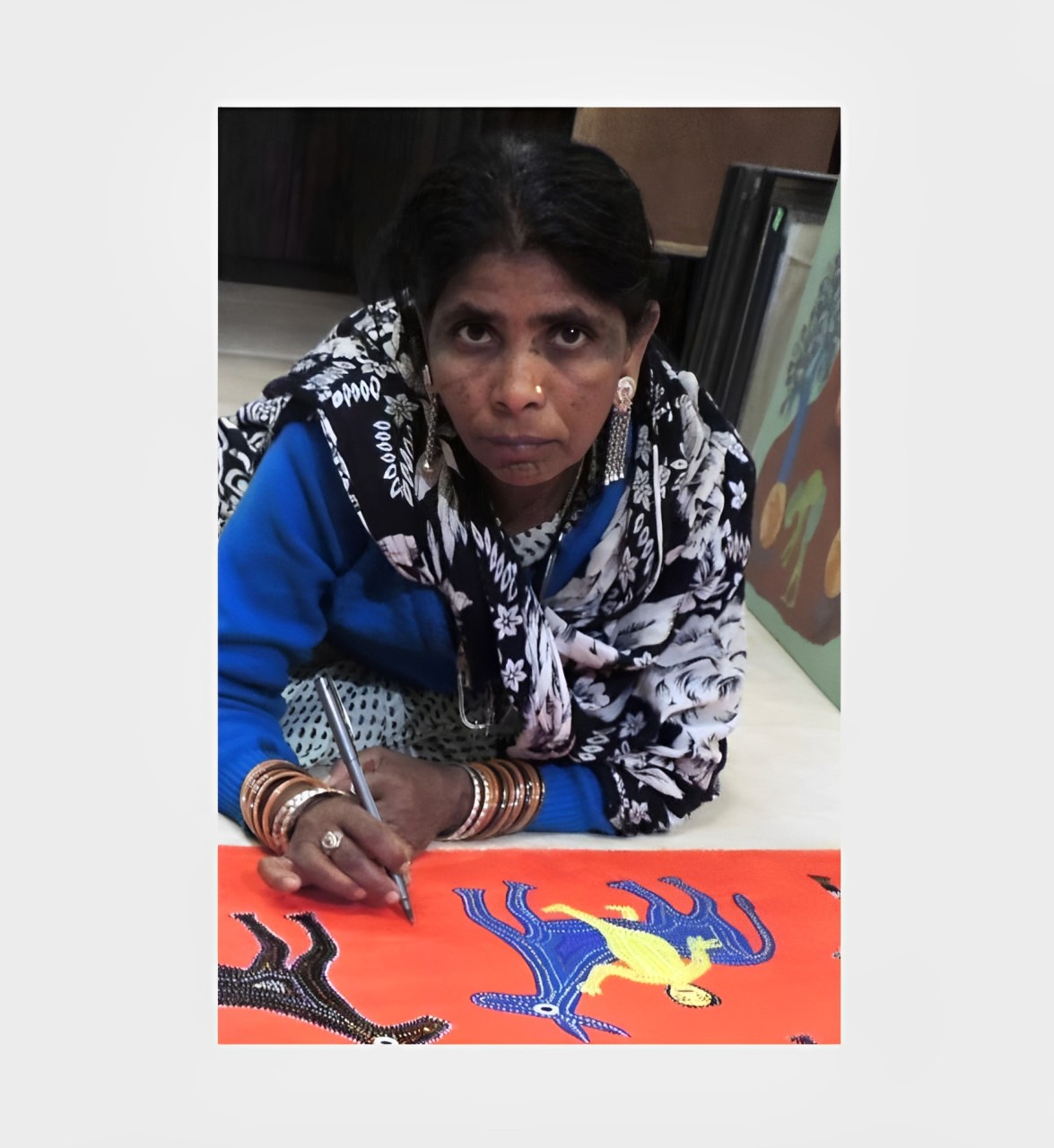
LADOO BAI
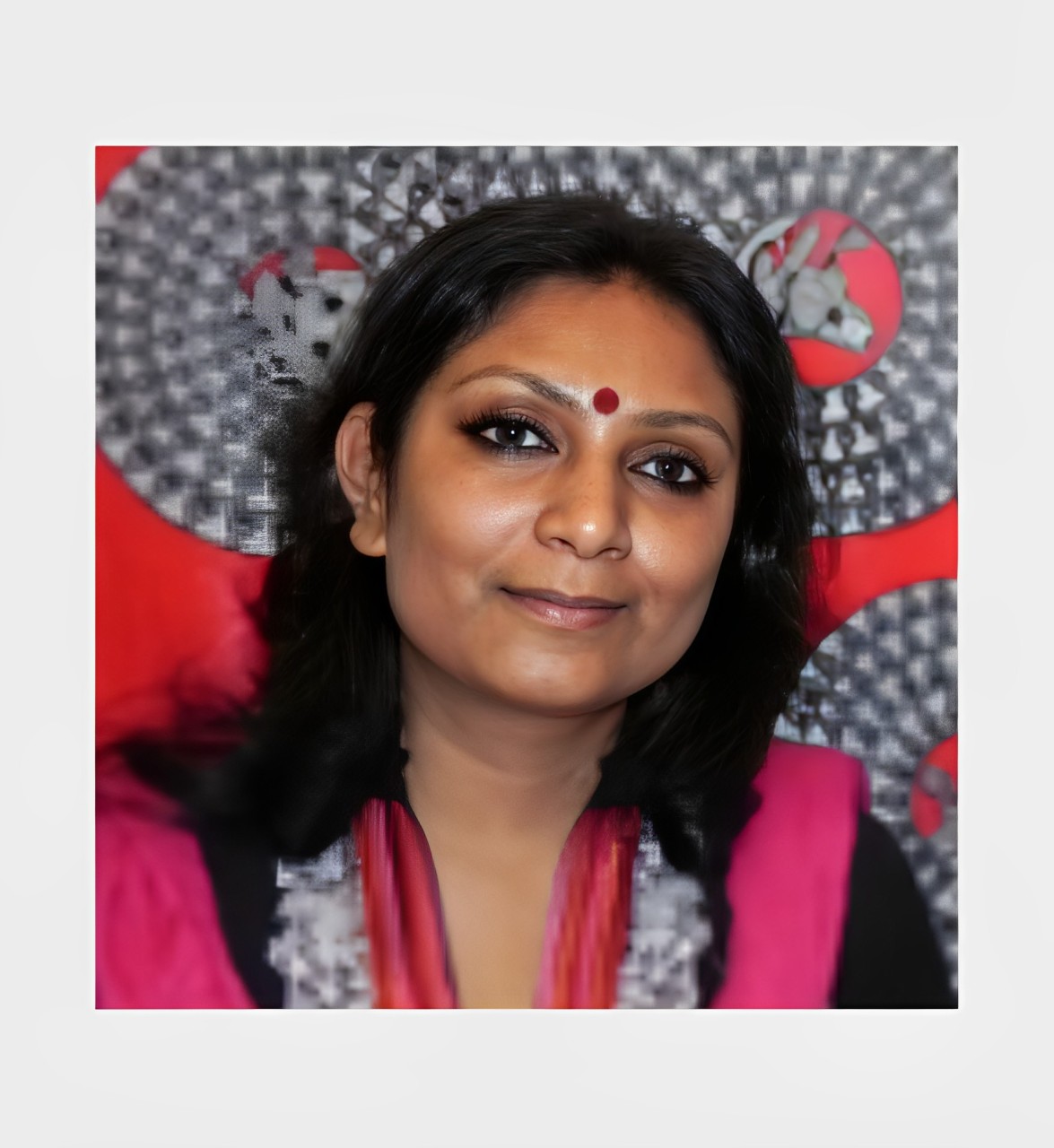
MANISHA JHA
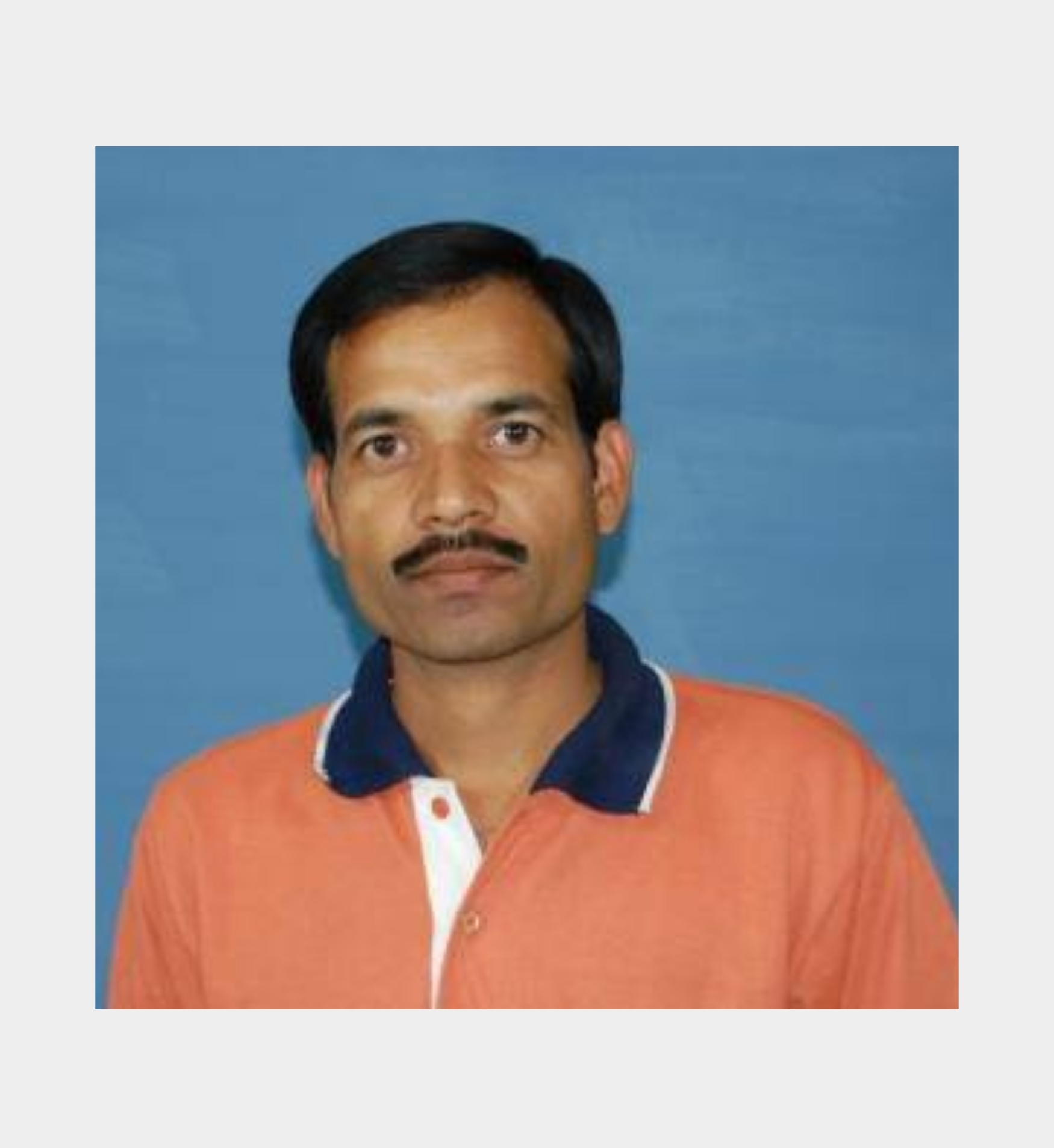
MANOJ DWIVEDI
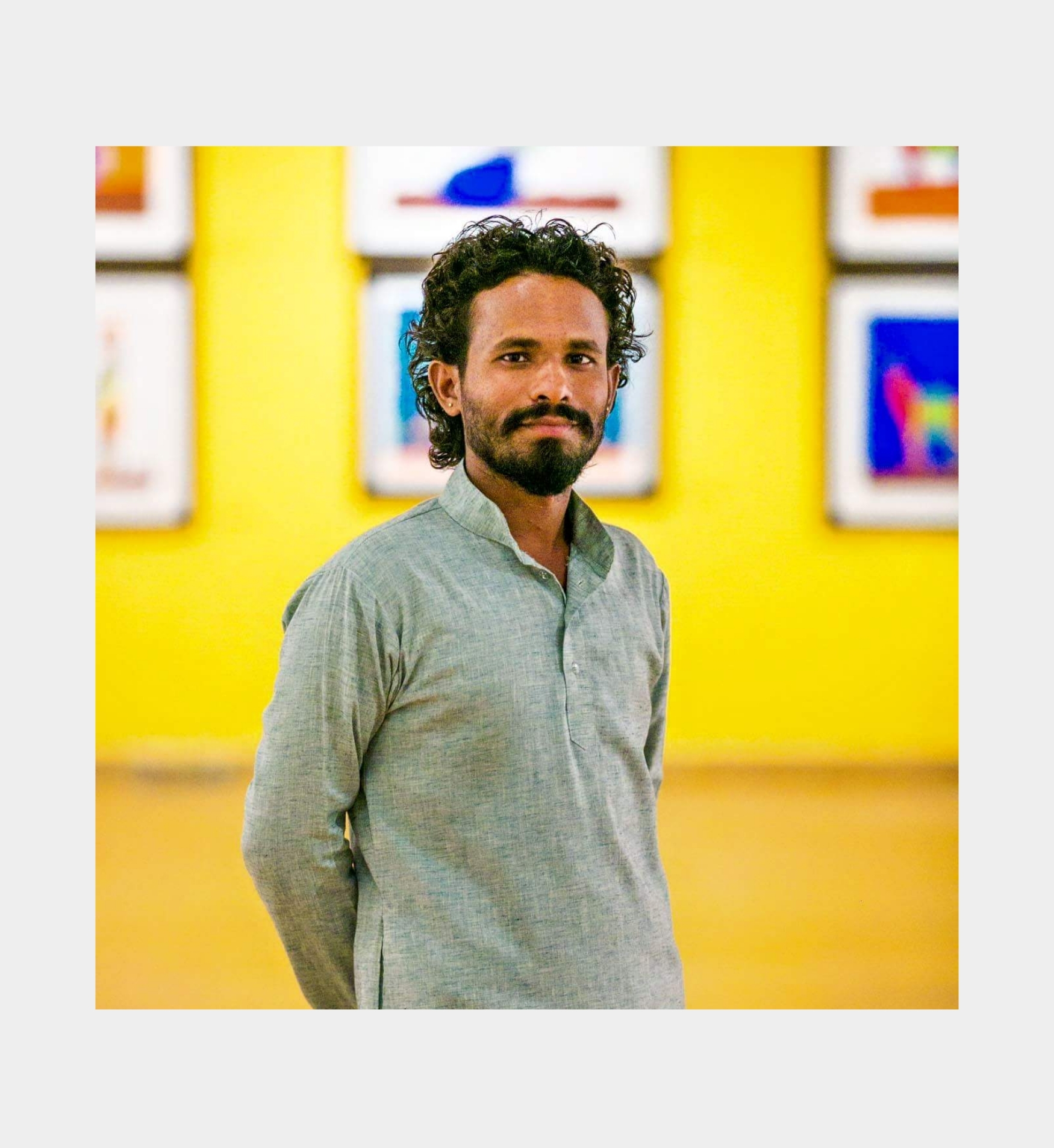
MANOJ GADPAL
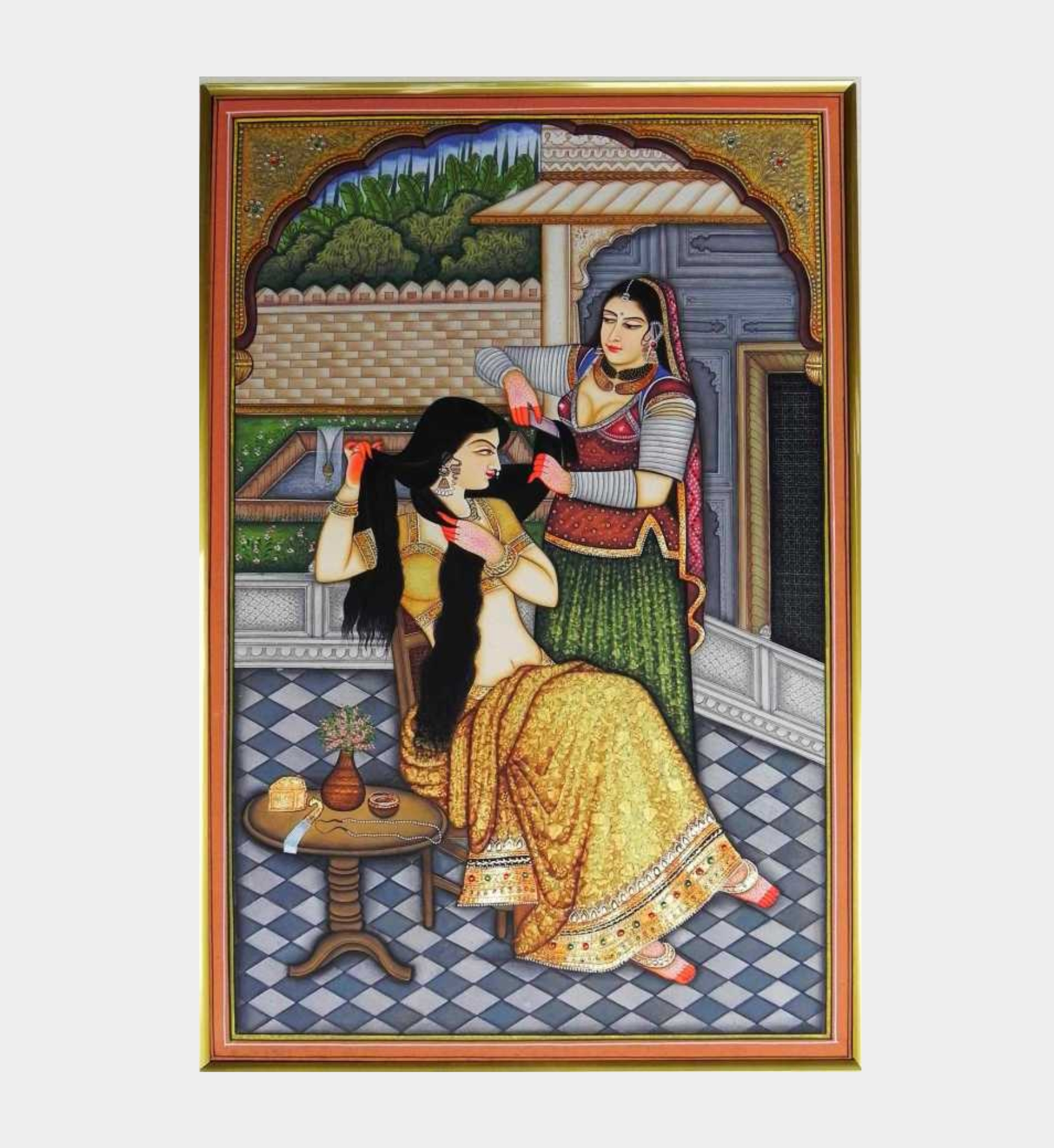
MINIATURE
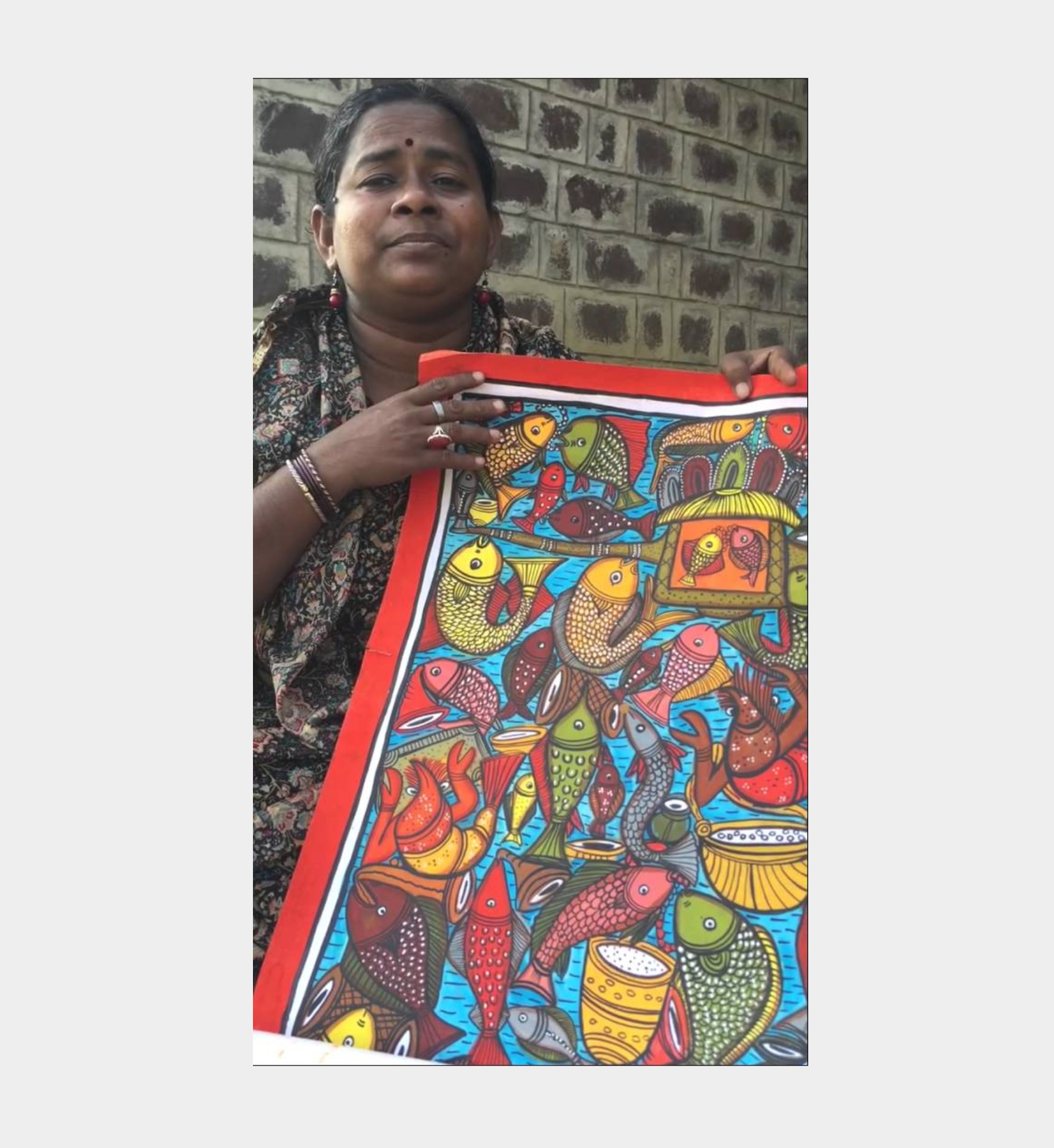
MONIMALA CHITRAKAR
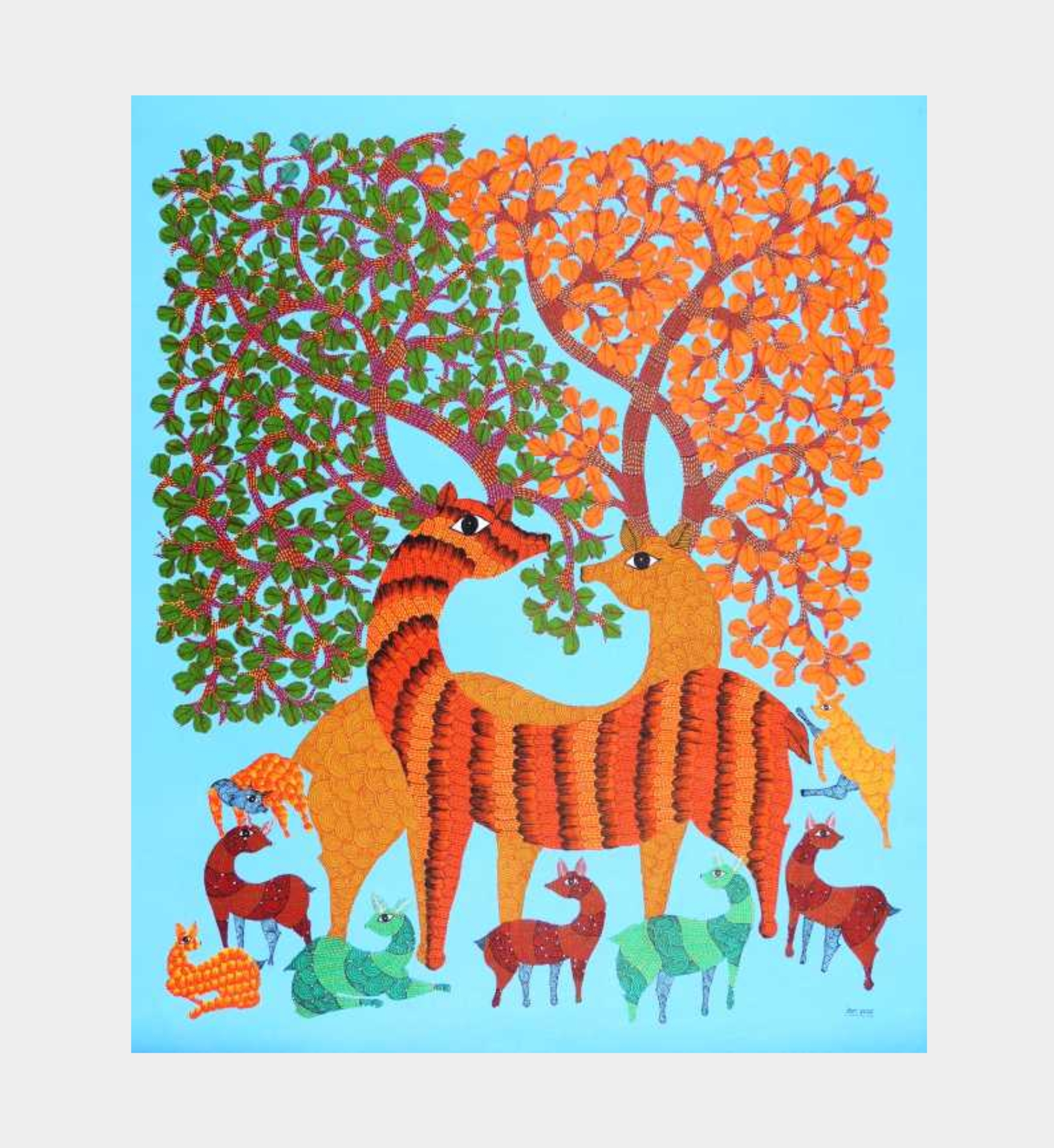
NARESH SHYAM
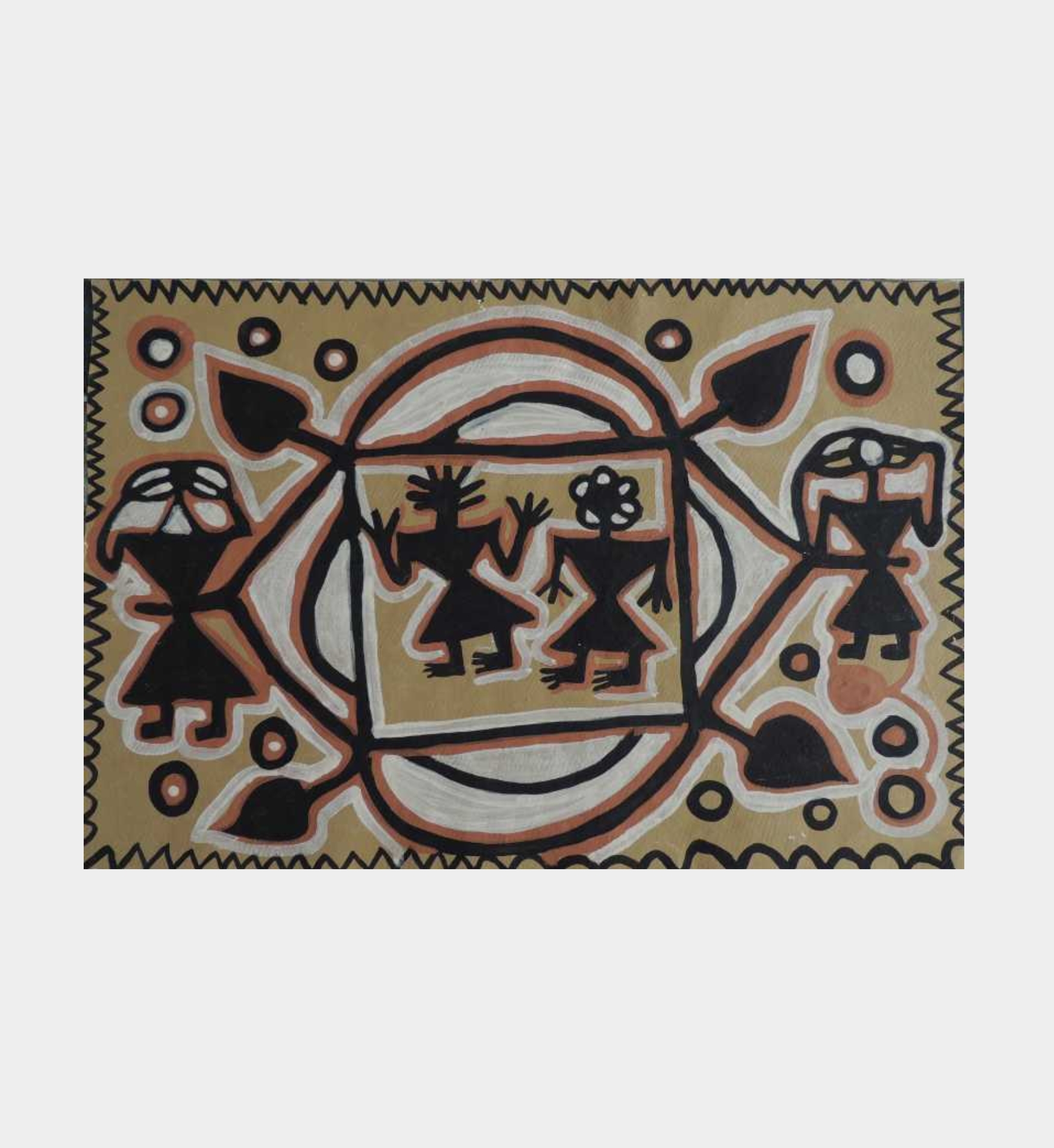
PARVATI DEVI

PATACHITRA

PICHWAI
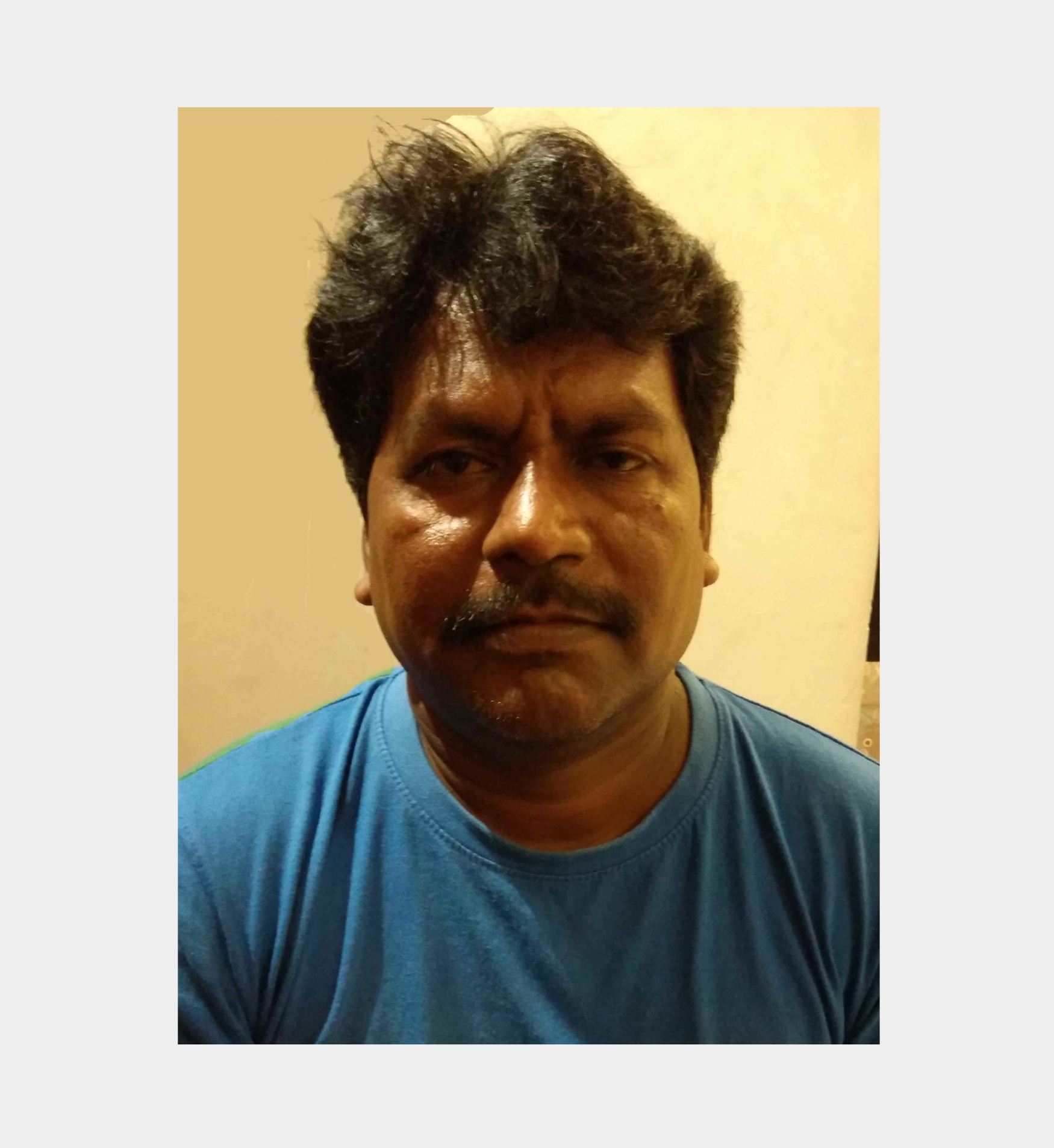
PRAKASH JOGI
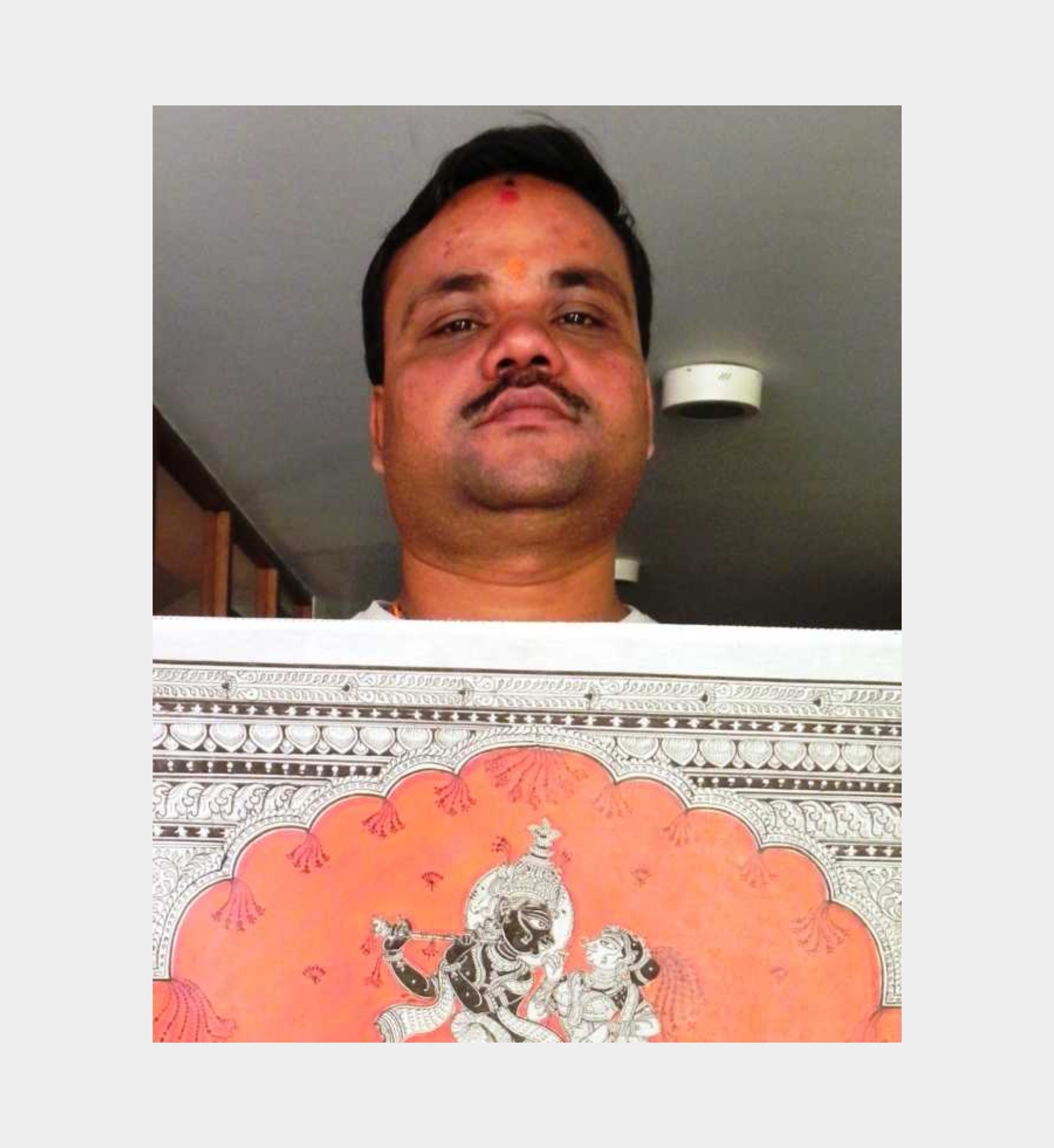
Pranab Narayan Das

PUSHPA KUMARI

RAJENDRA KUMAR SHYAM
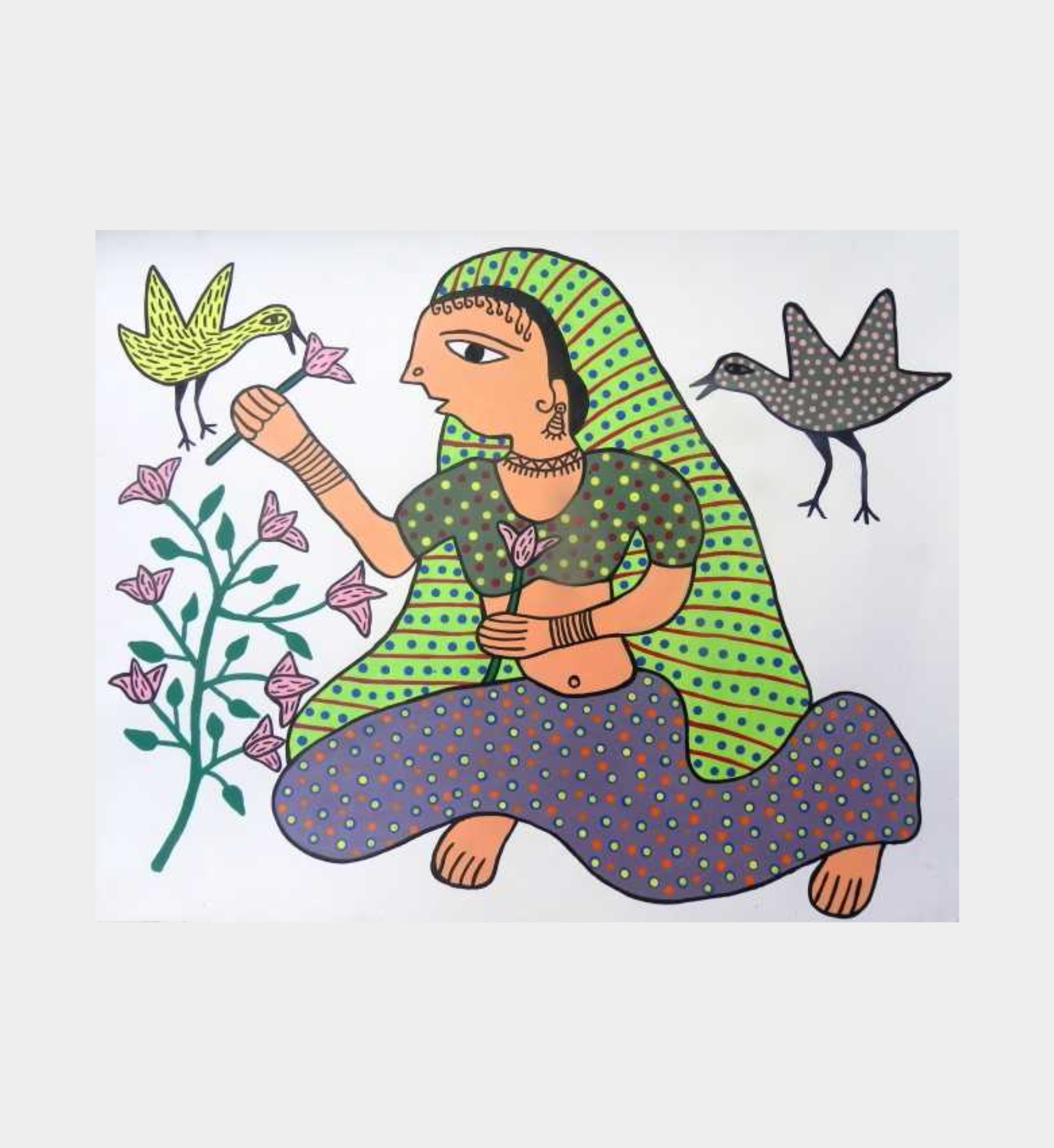
Raju Jogi
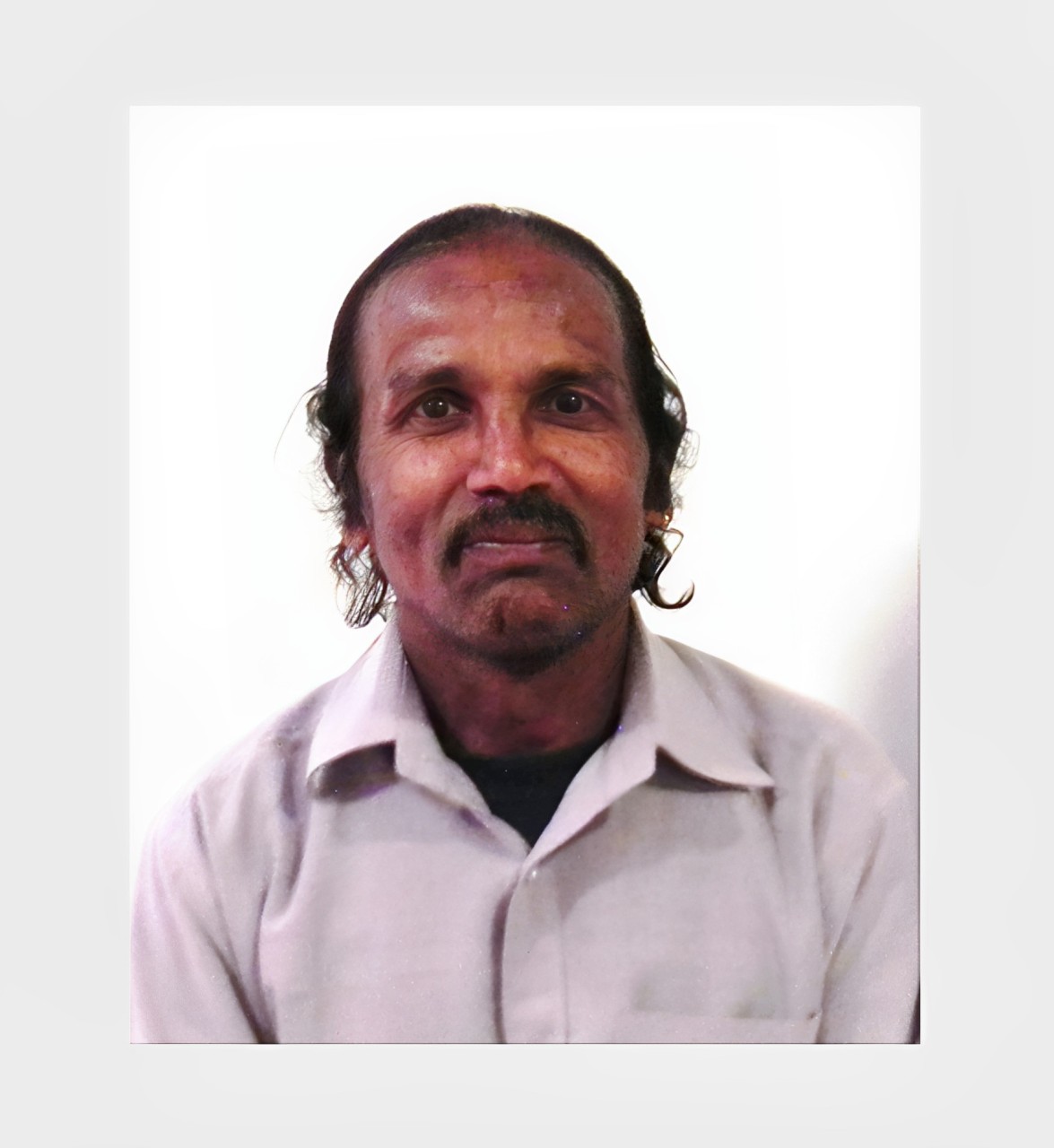
SADA SHIV MASHE

SANJAY MANNU BHAI CHITARA
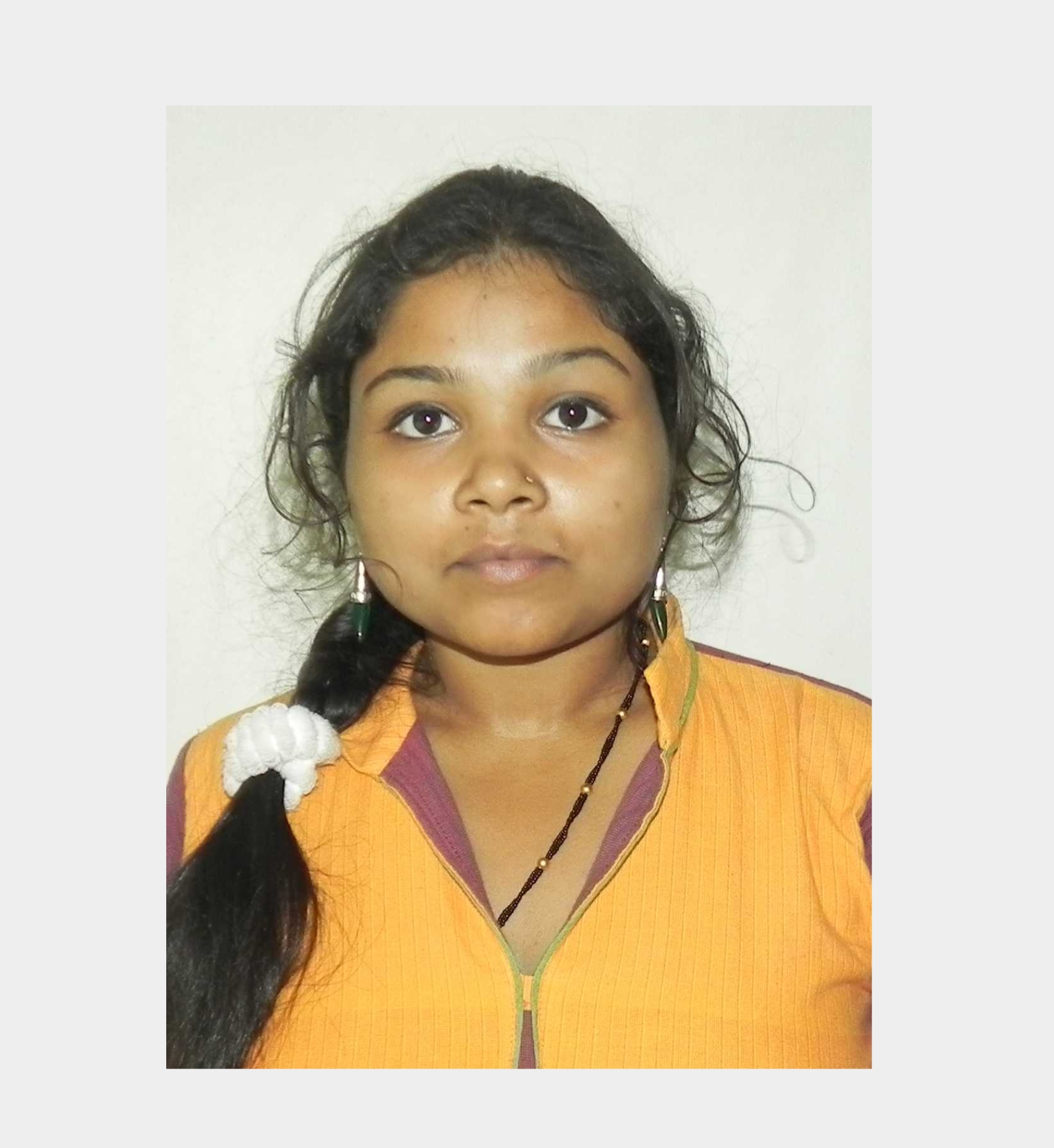
JAPANI SHYAM
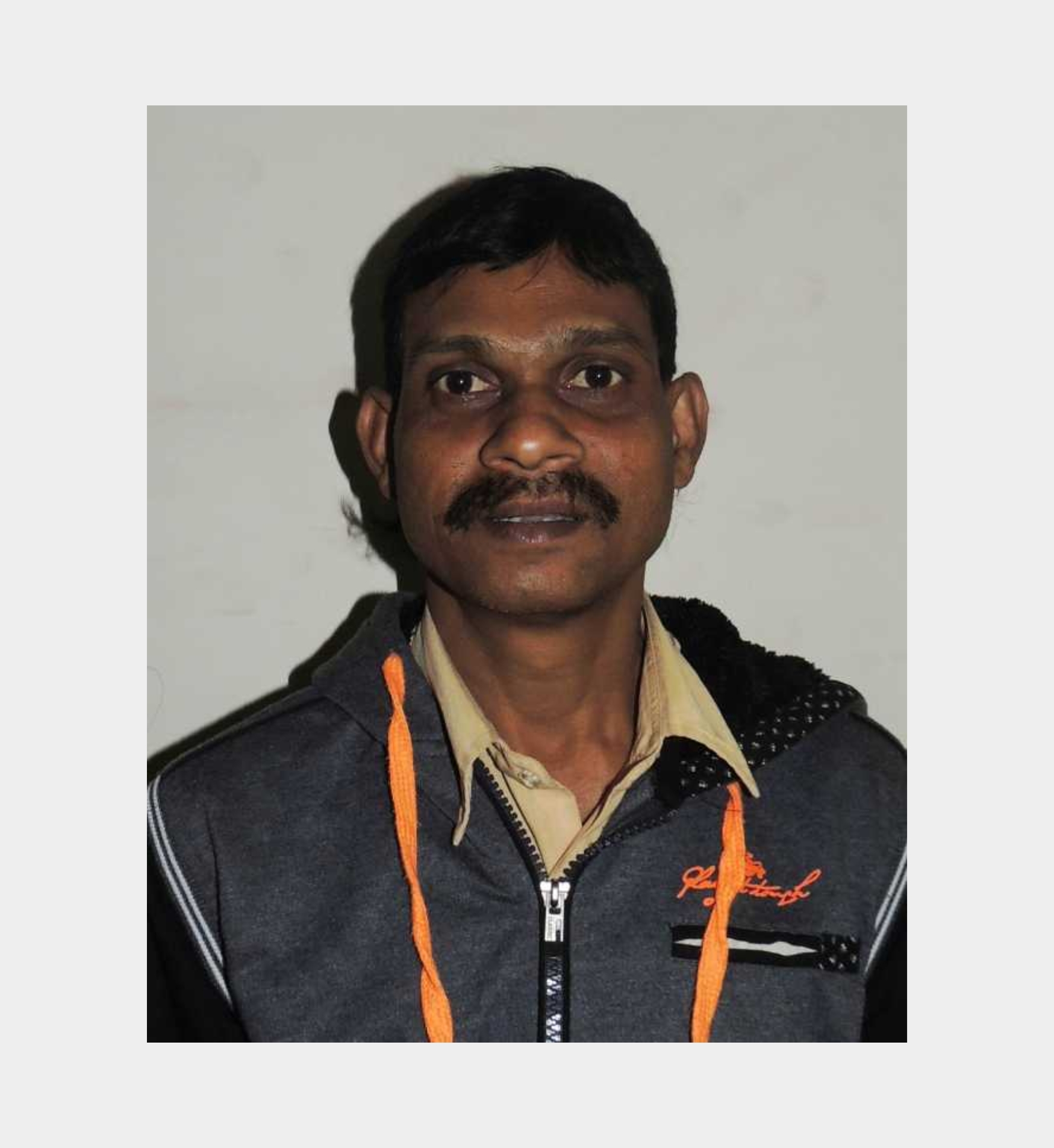
SHANTARAM CHINTYA TUMBADA
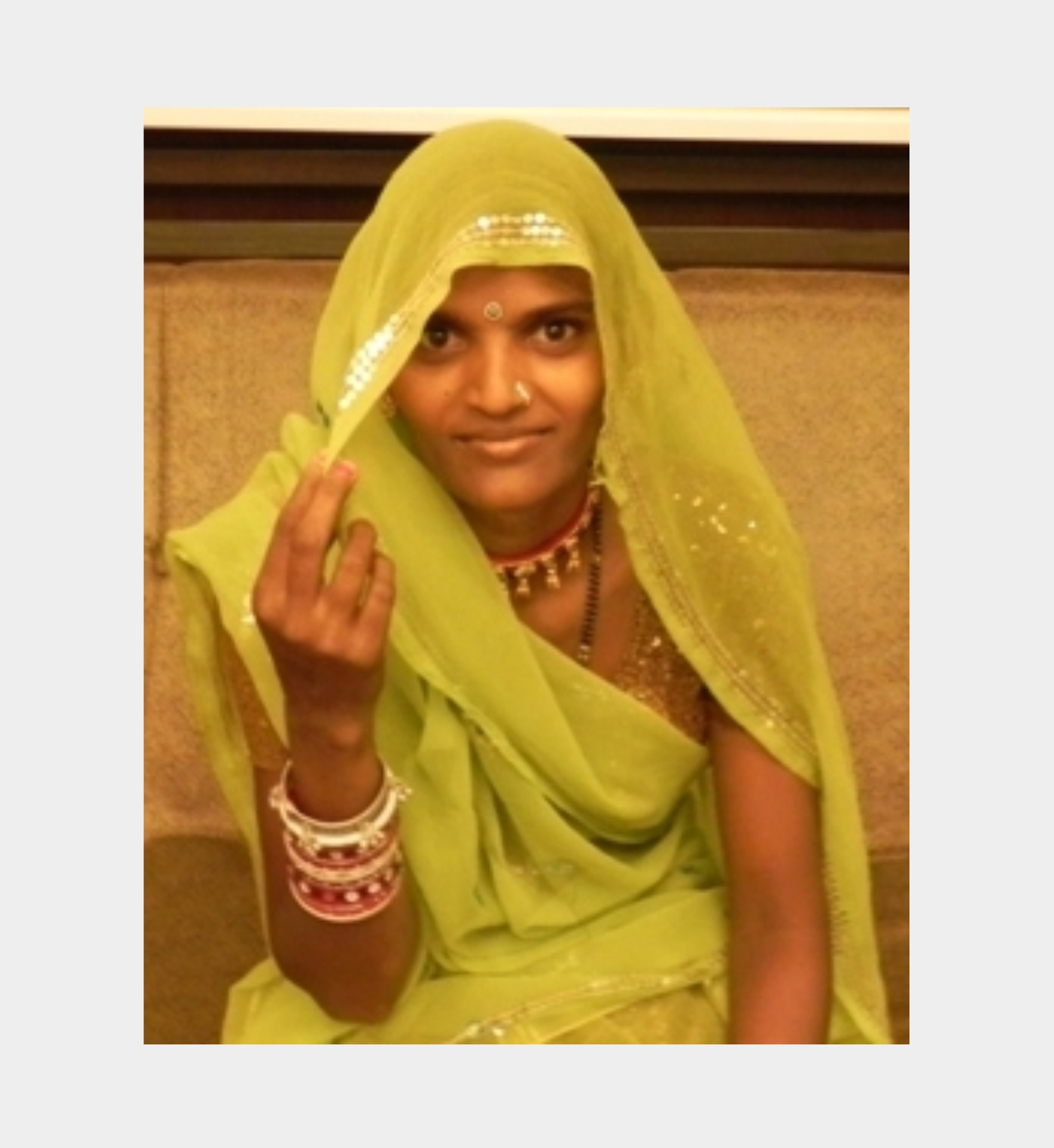
SONI JOGI
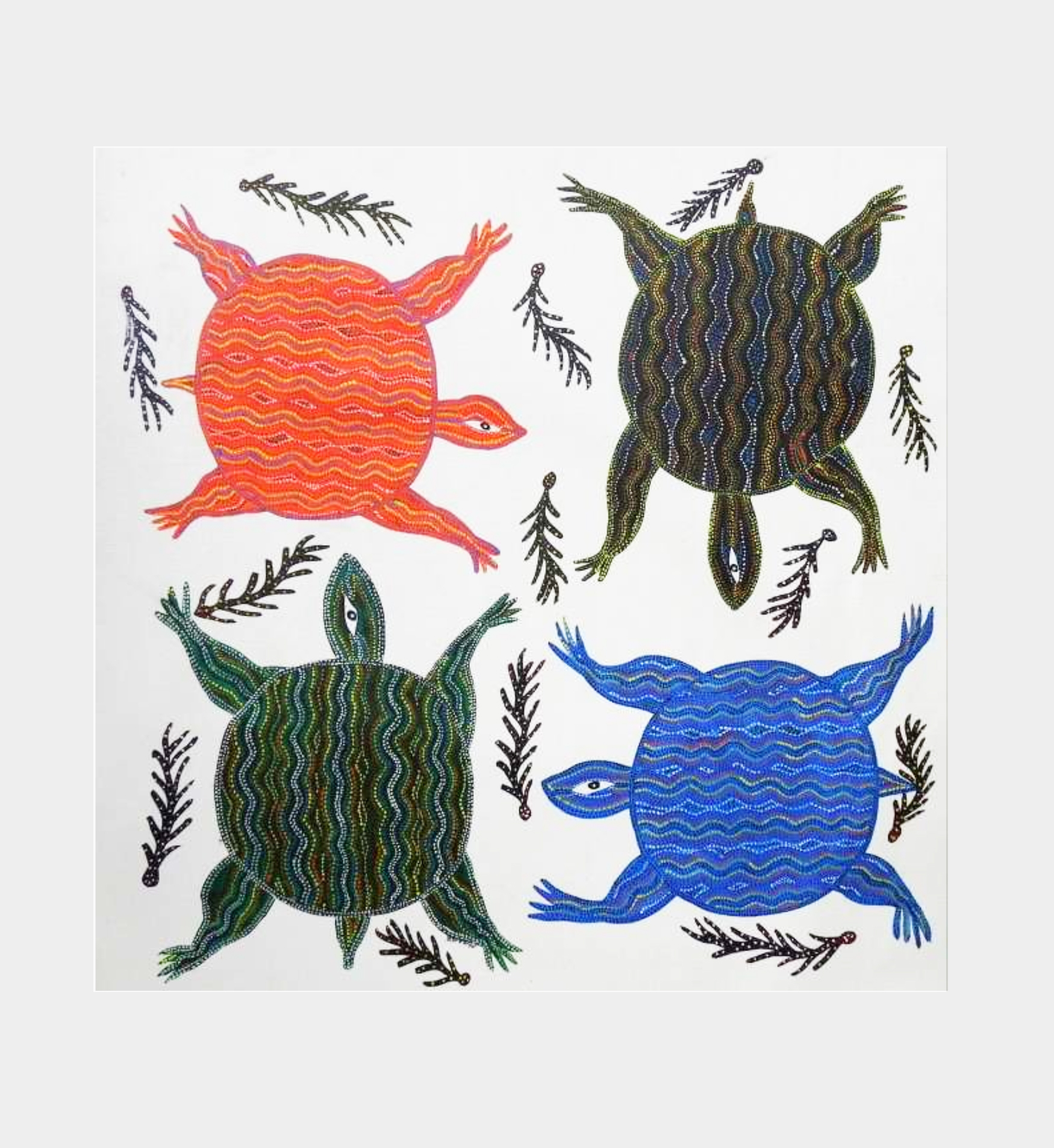
SUBHASH BHIL

SUBHASH VYAM

SUGIYA DEVI
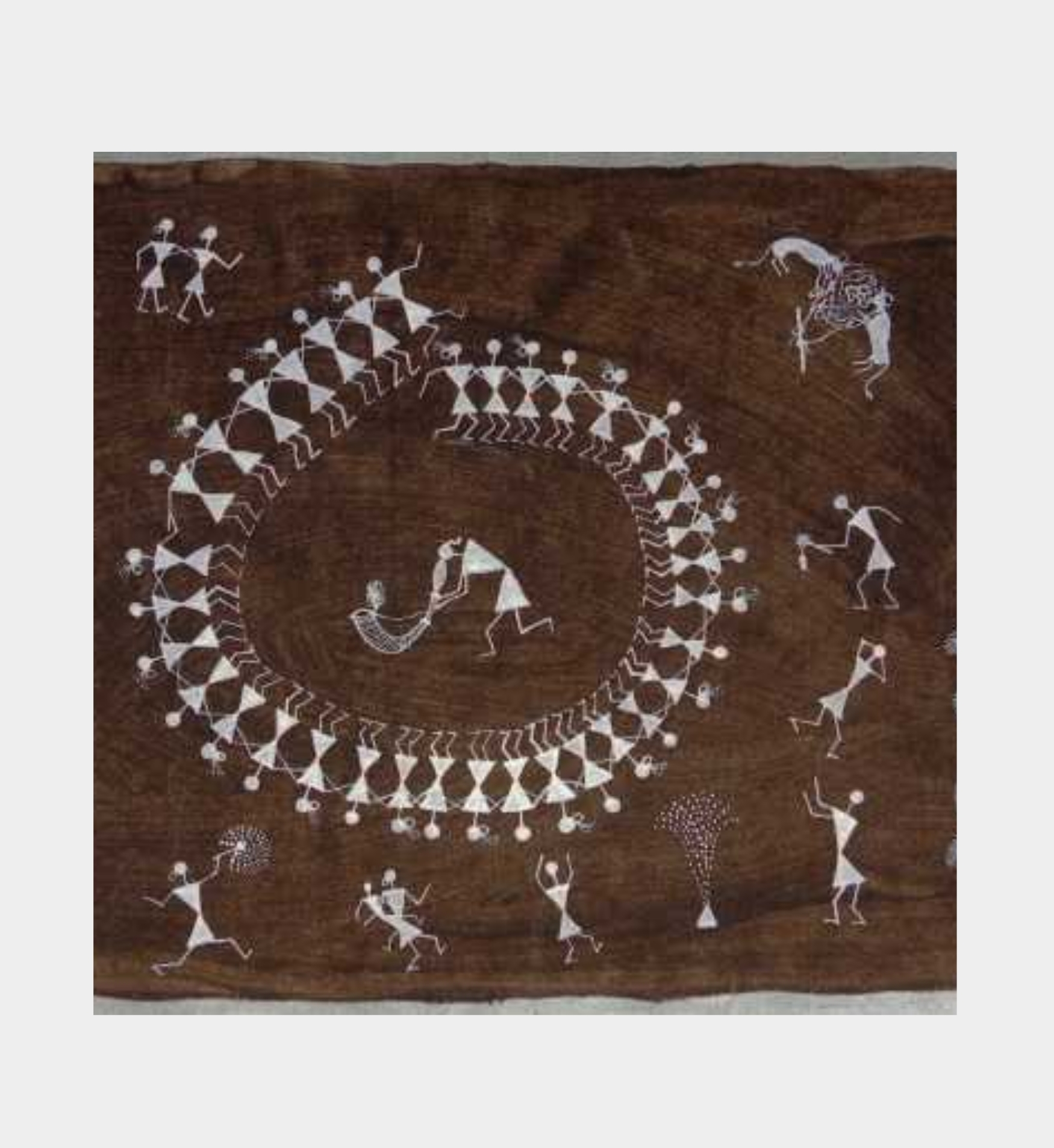
SUNITA MASHE

SURESH KUMAR DHURVE

TEJU JOGI

VENKAT RAMAN SINGH SHYAM

VIDUSHNI PRASAD
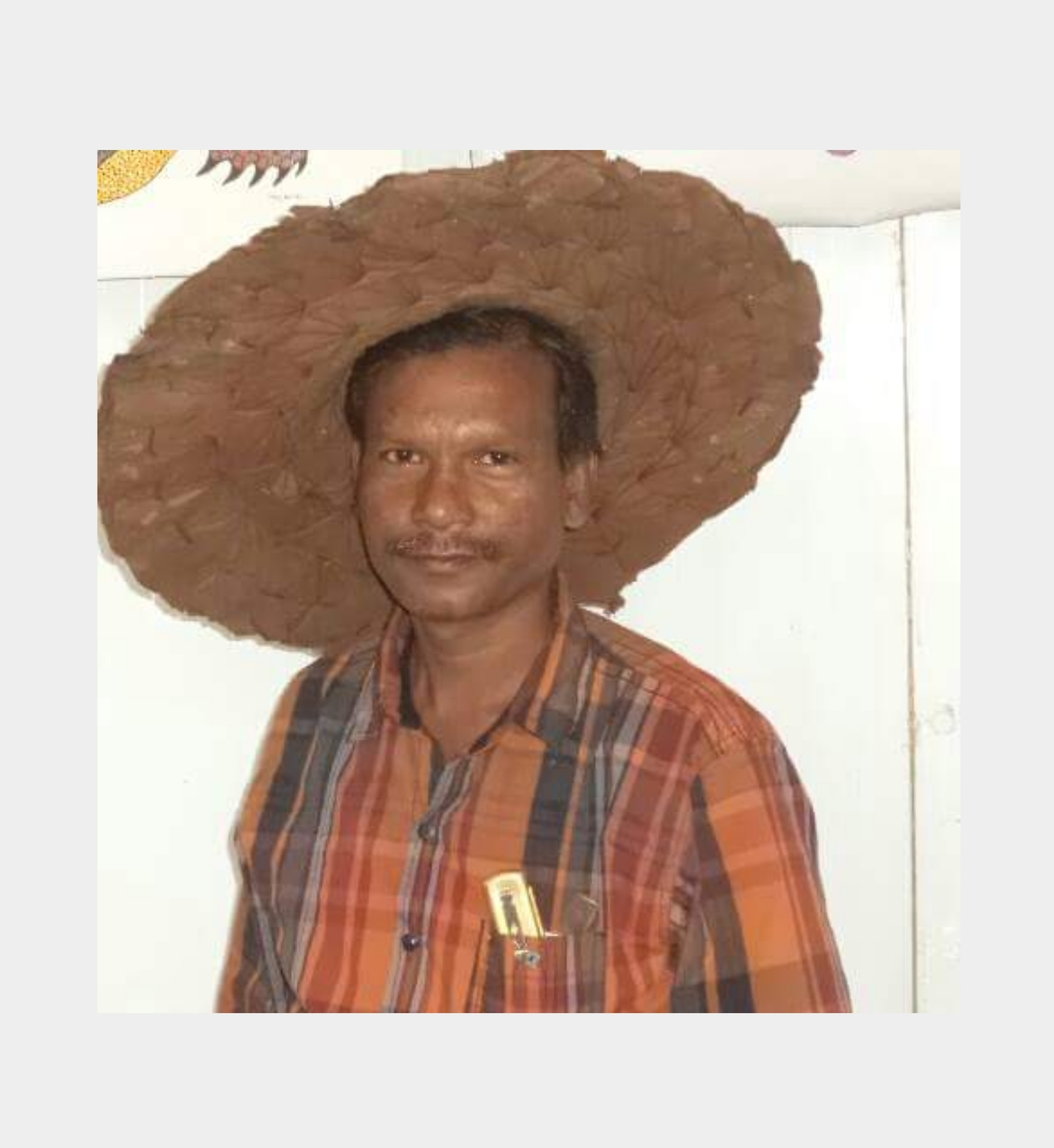
VIJAY KUMAR SHYAM

RAJENDRA SHYAM (RAJU)
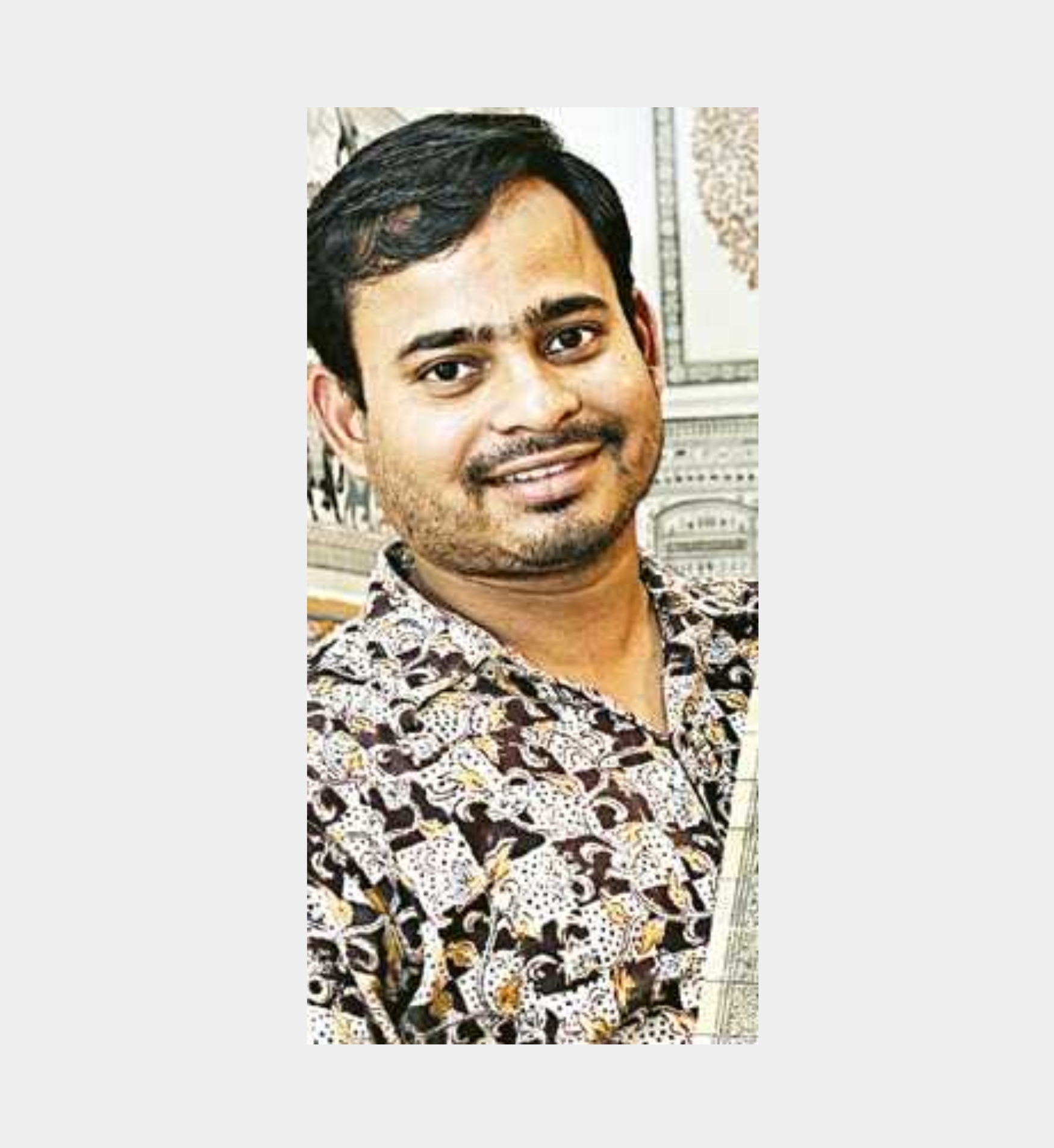
AKSHAYA KUMAR BARIKI
AKSHAYA KUMAR BARIKI

ANITA BALU MASHE
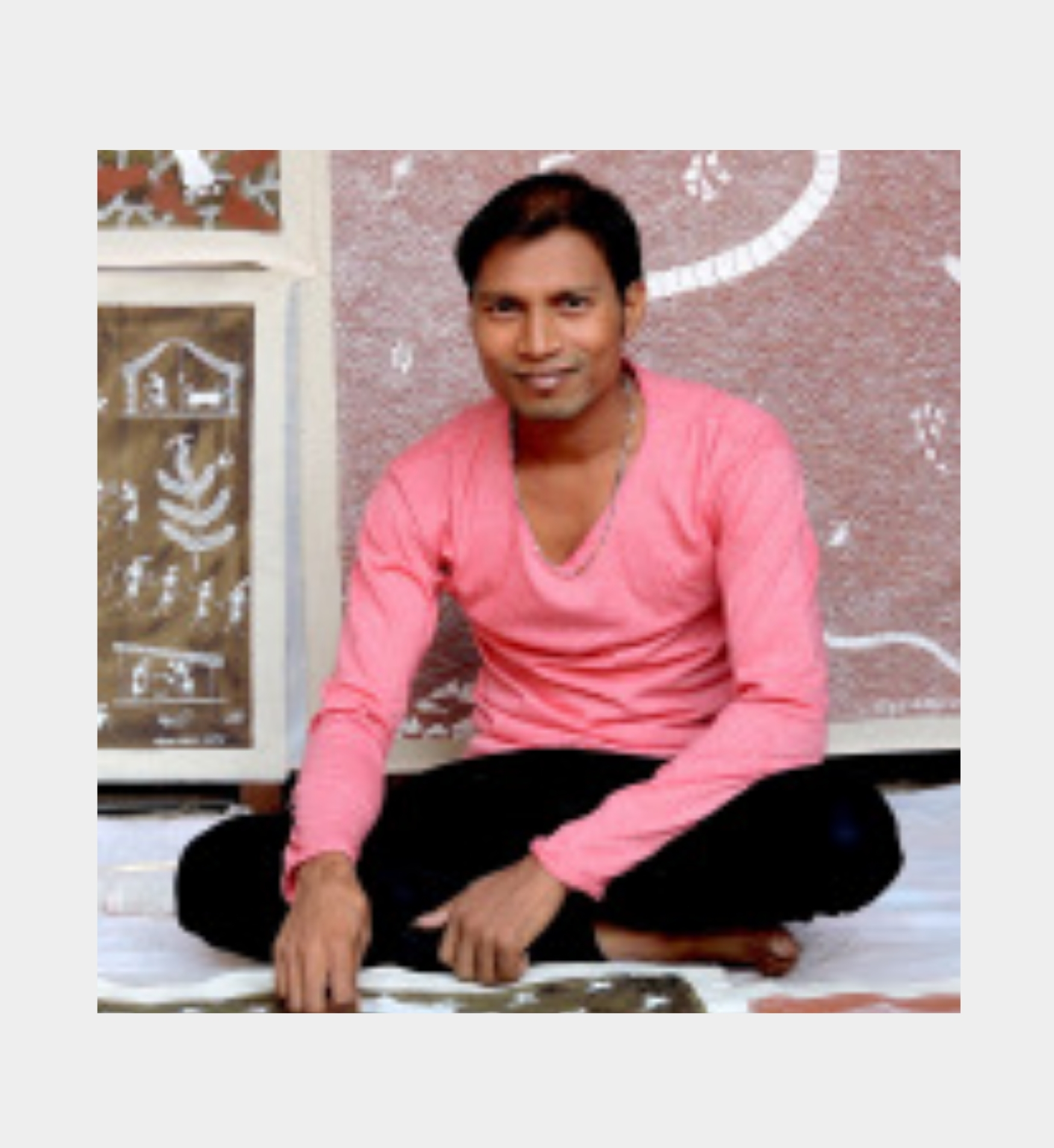
ANKUSH KARMODA

ARUN KUMAR SHARMA
ARUN KUMAR SHARMA
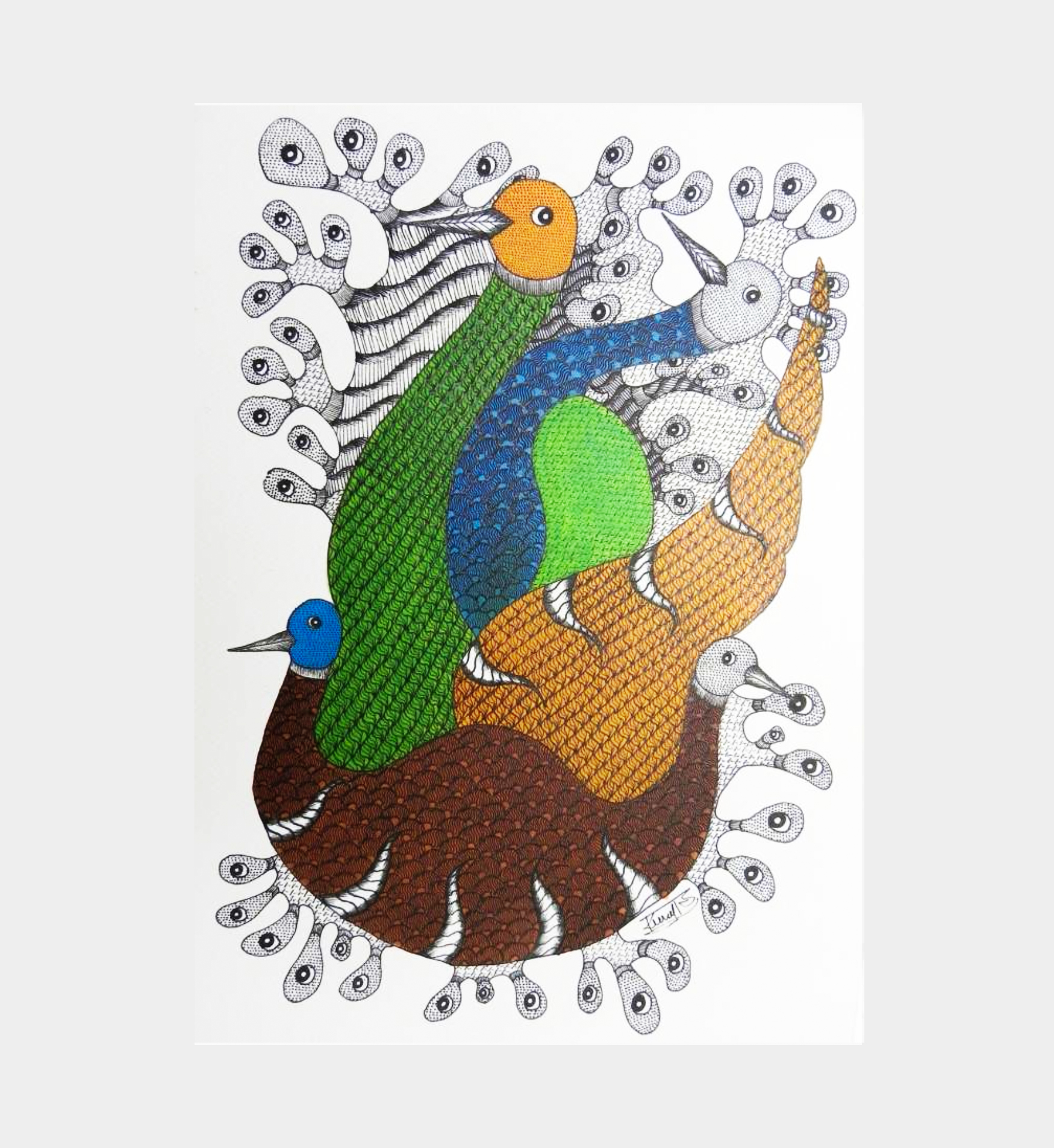
BALENDRA KUNAL UDDE
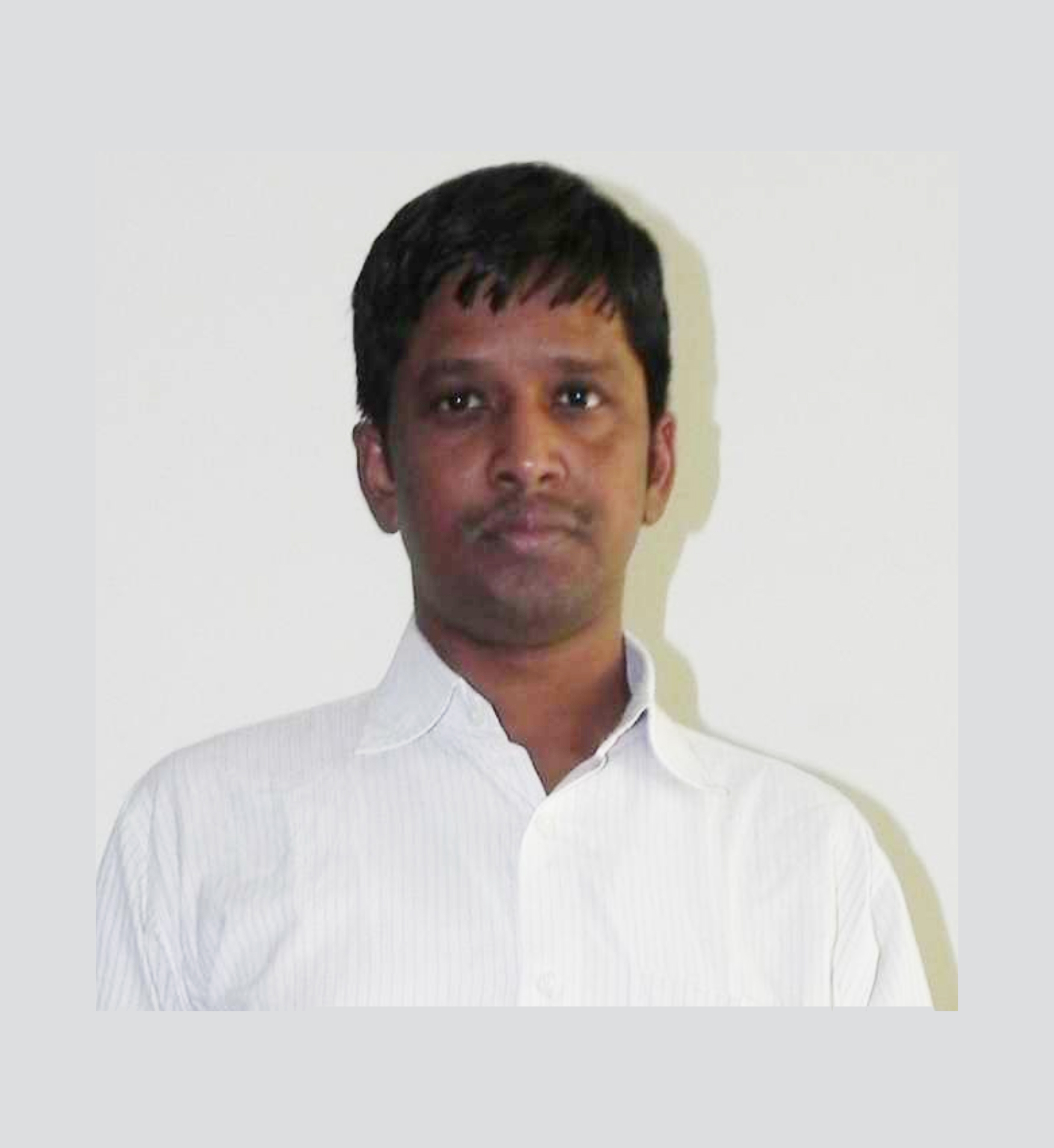
CHANDRA BHUSAN KUMAR
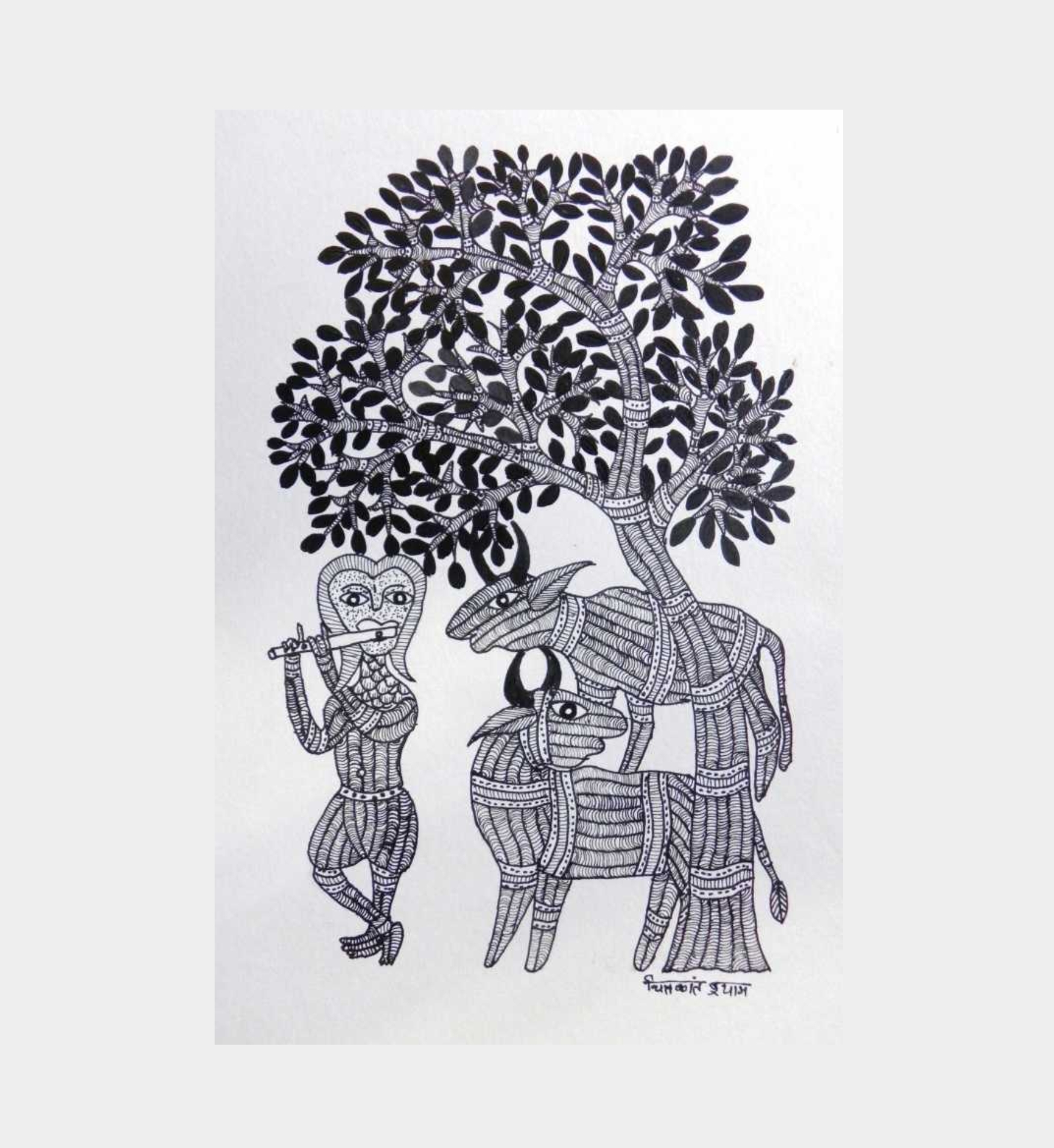
CHITRAKANT SHYAM
CHITRAKANT SHYAM

DAWARIKA PARASTE
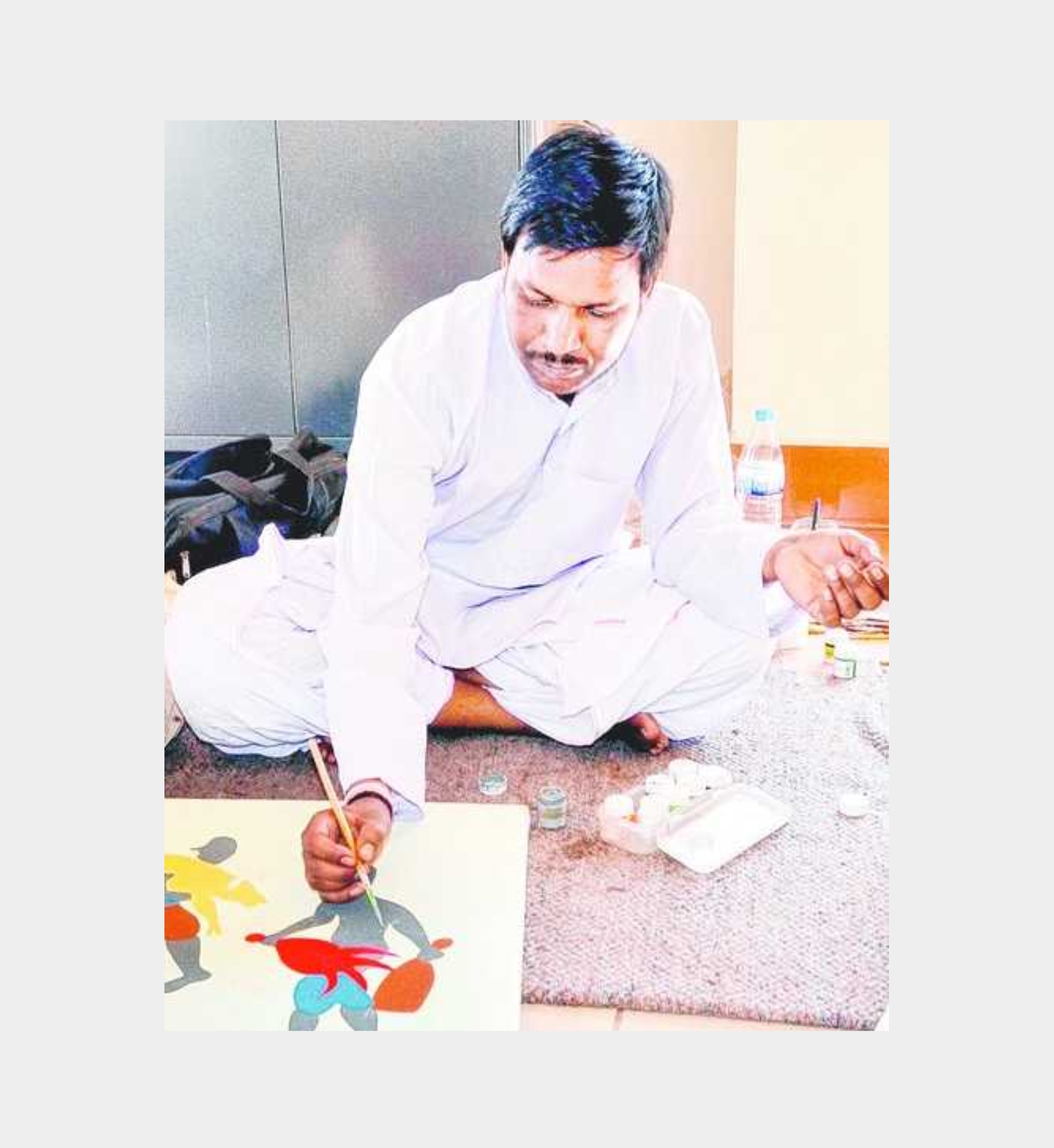
DEVLAL TEKAM
DEVLAL TEKAM
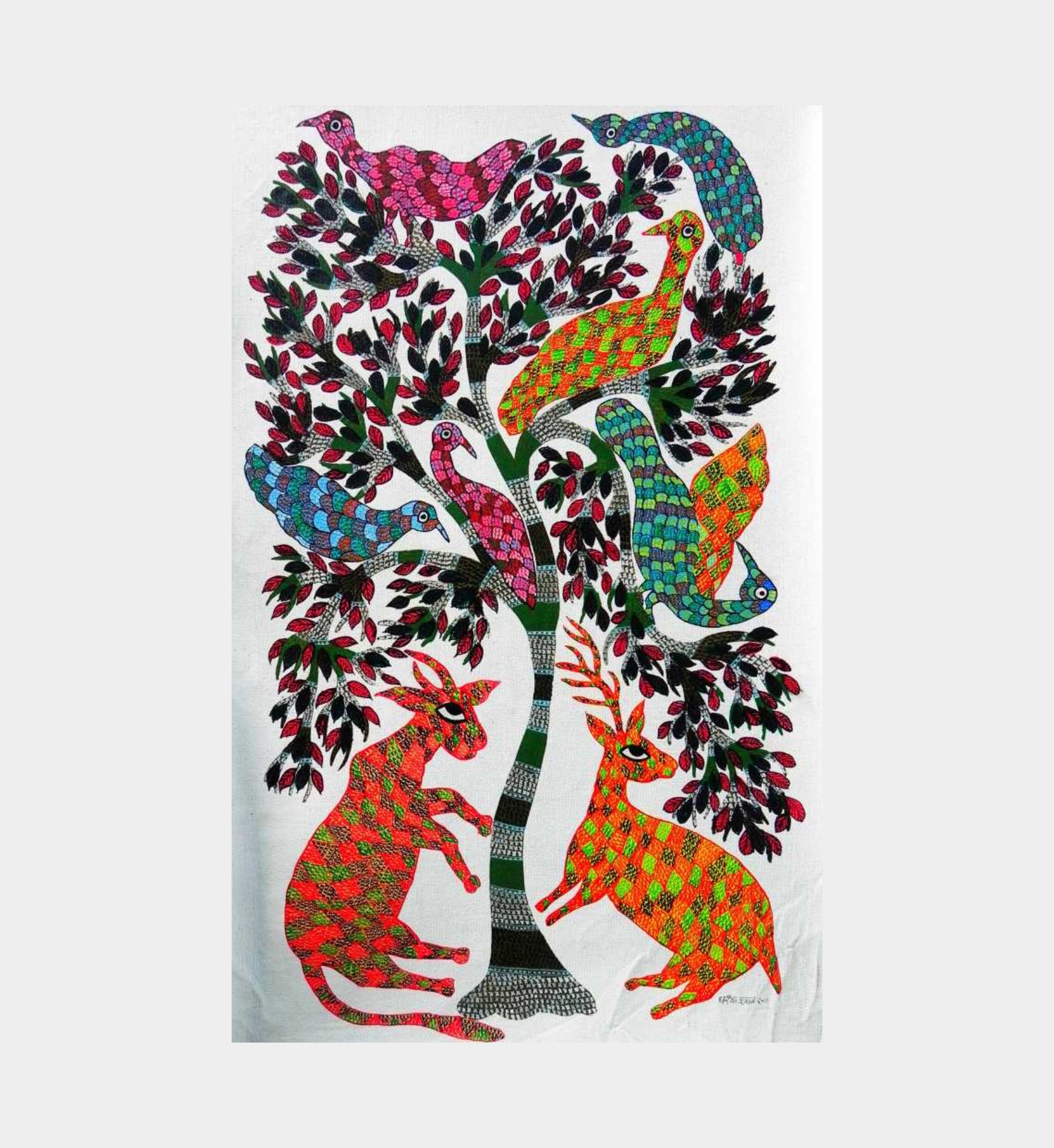
DHANIYA SHYAM
DHANIYA SHYAM
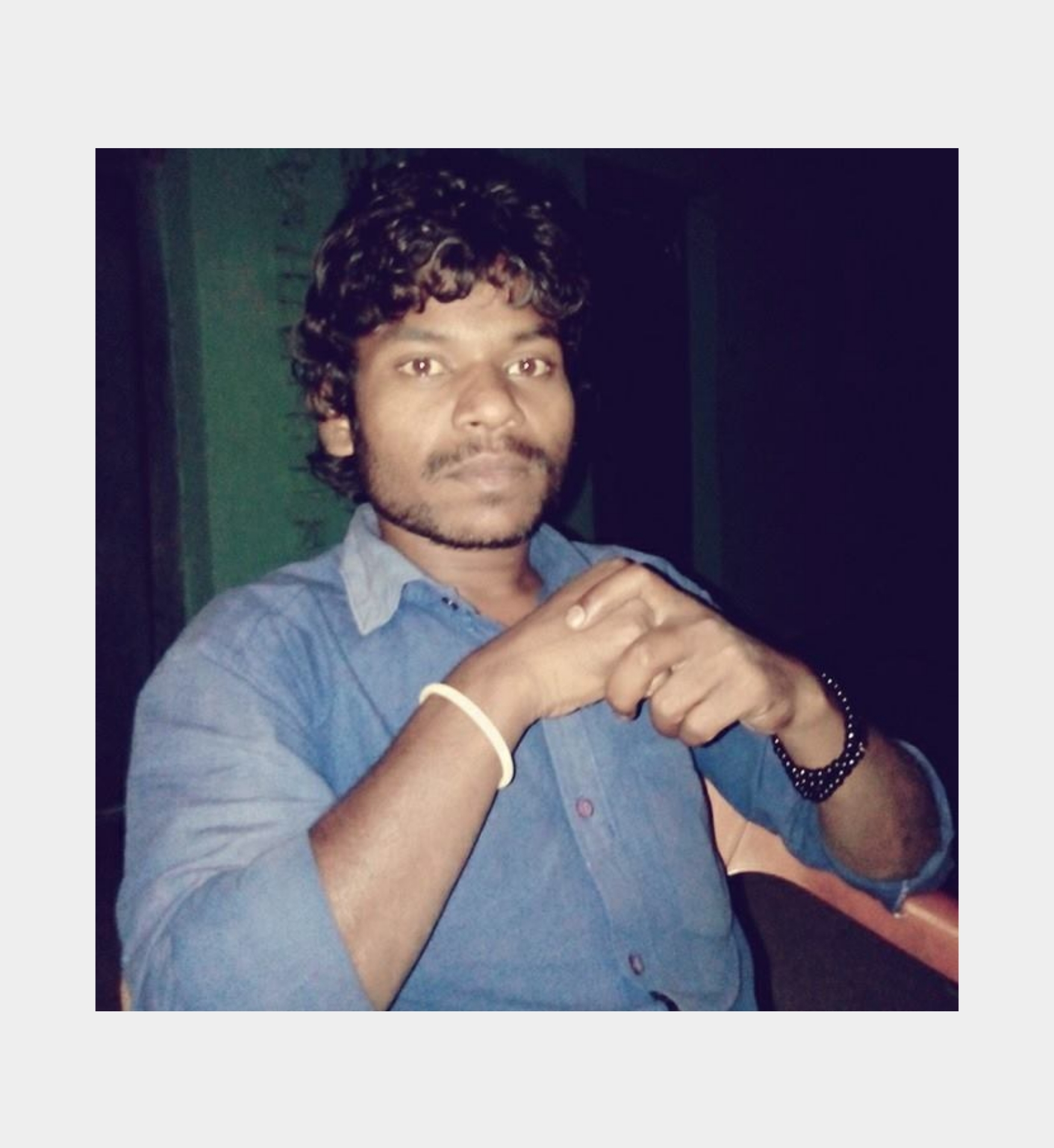
DURGESH MARAVI
DURGESH MARAVI

GAFOOR KHATRI
GAFOOR KHATRI
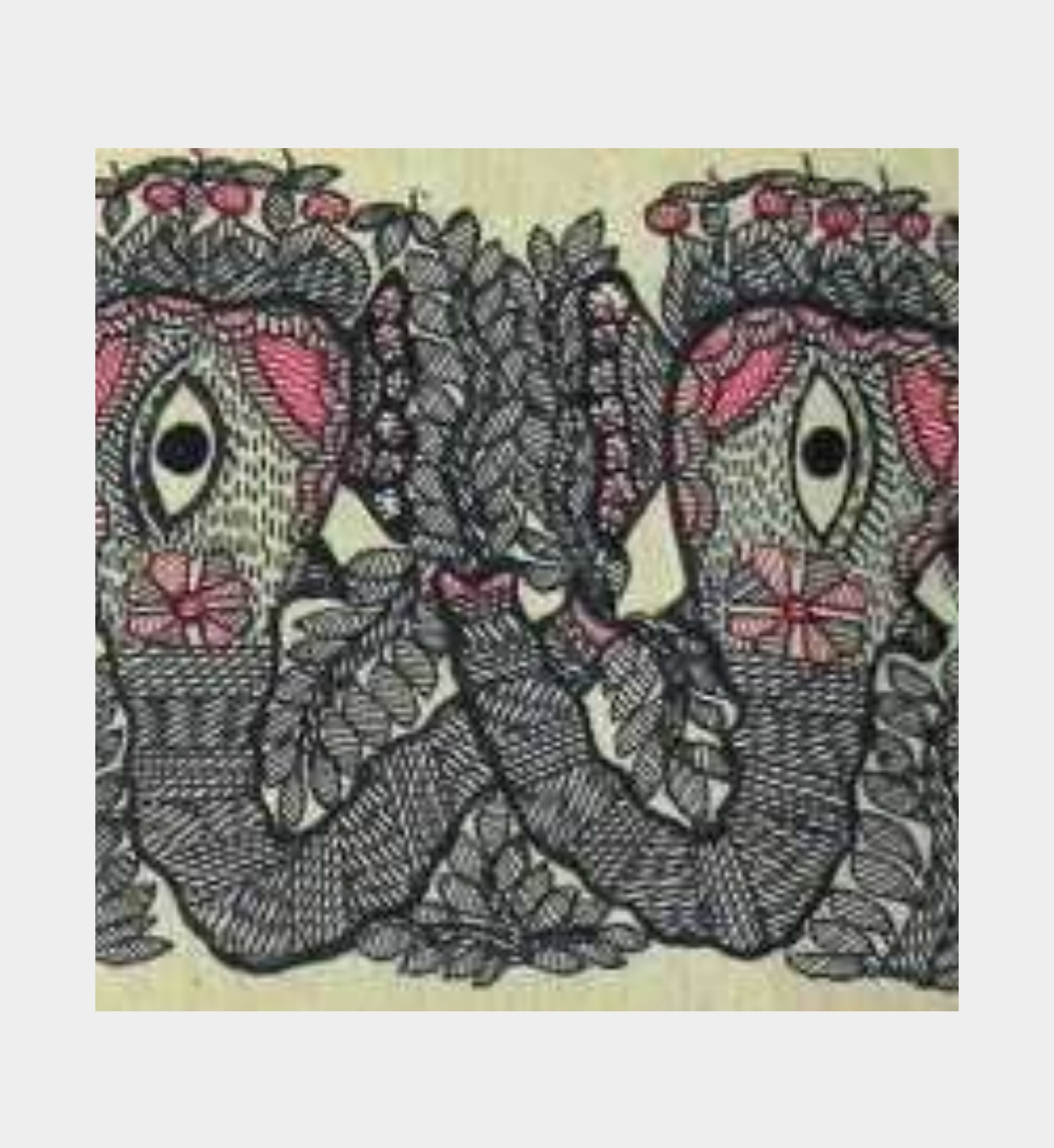
GAMBHIRA DEVI
GAMBHIRA DEVI

HEERAMAN URVETI
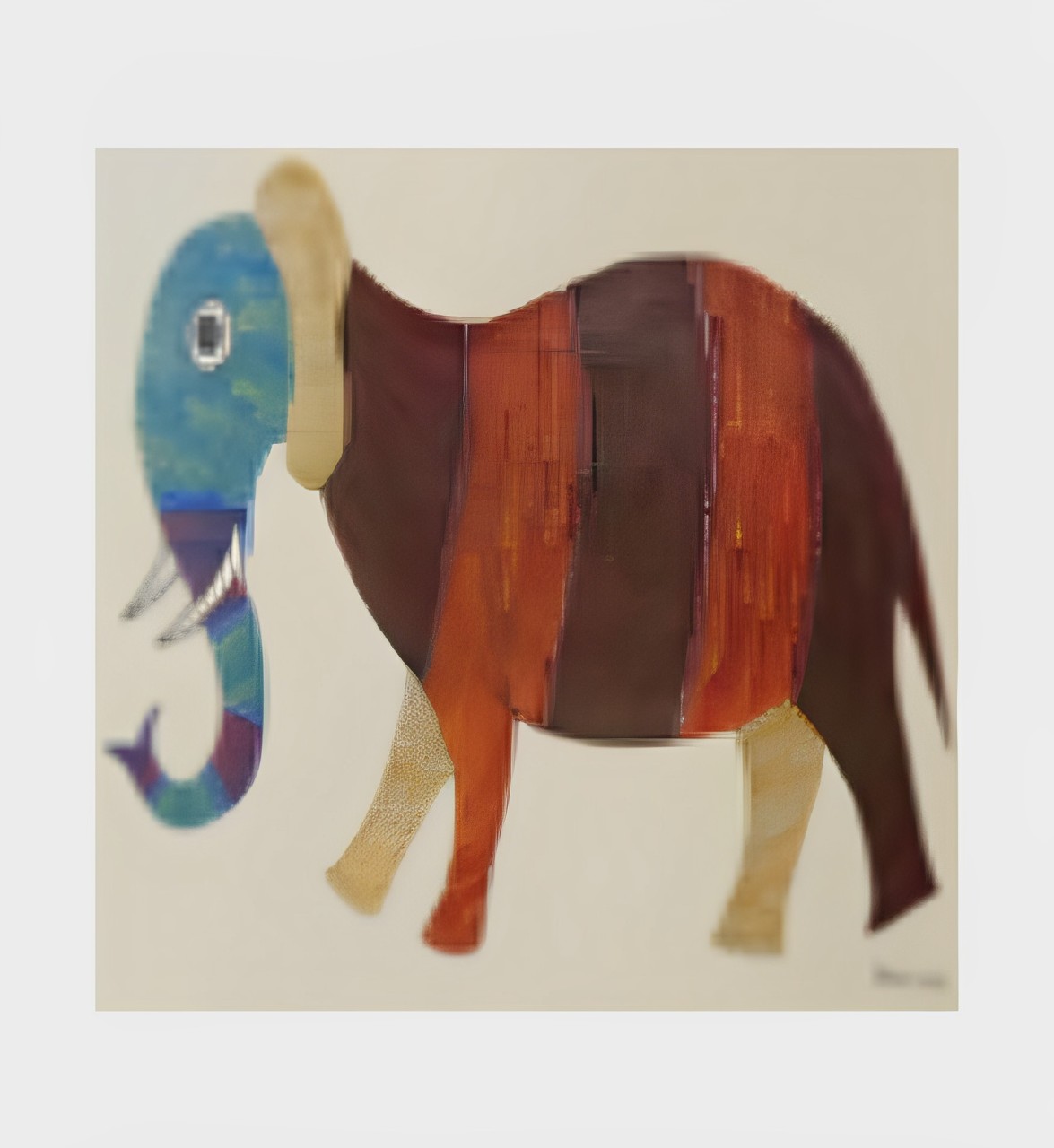
HEMLATA UIKEY
HEMLATA UIKEY
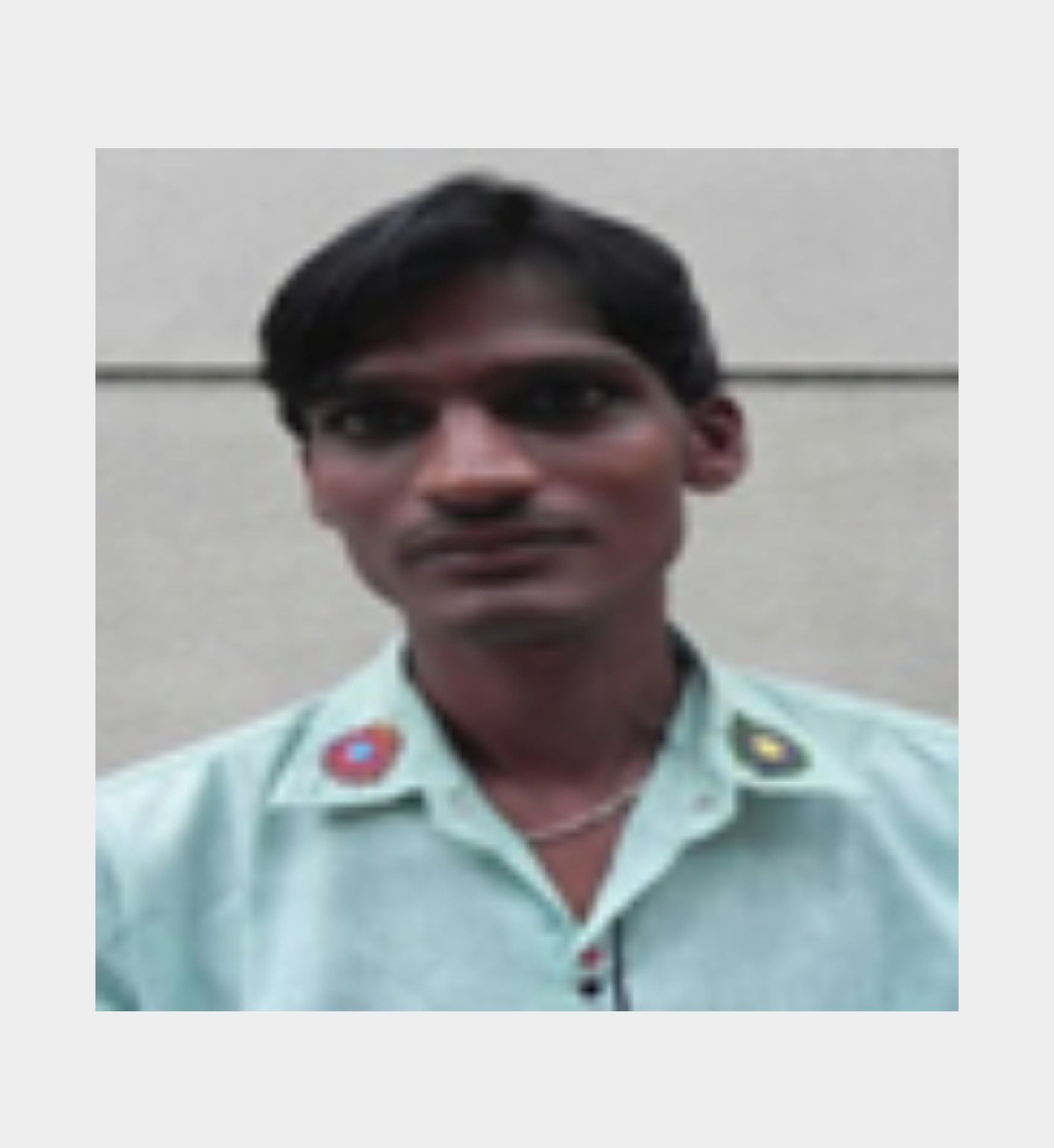
JAGRUT JOGI
JAGRUT JOGI
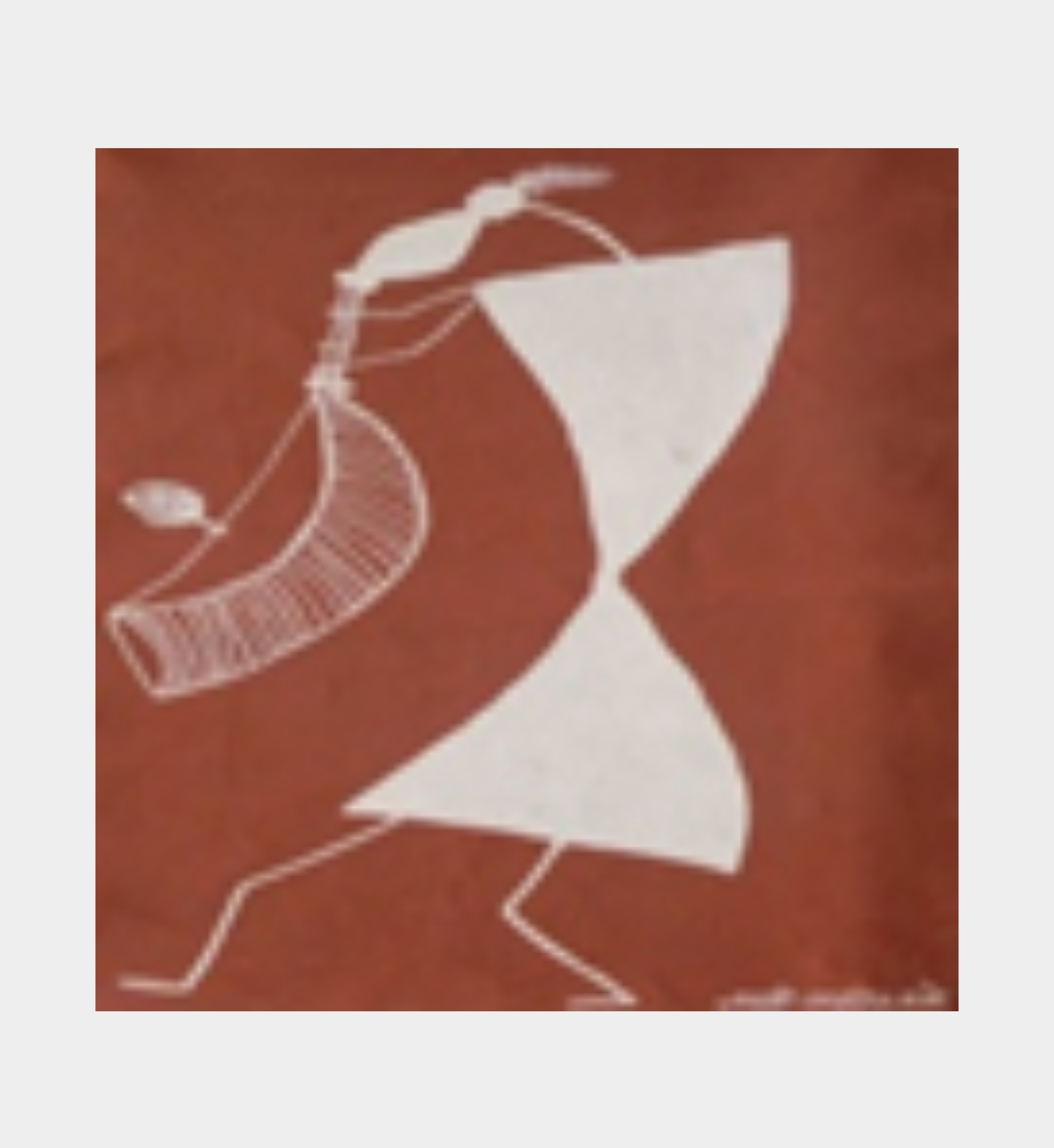
JAI SRI SADASHIV MASHE

JONNALAGADDA NIRANJAN
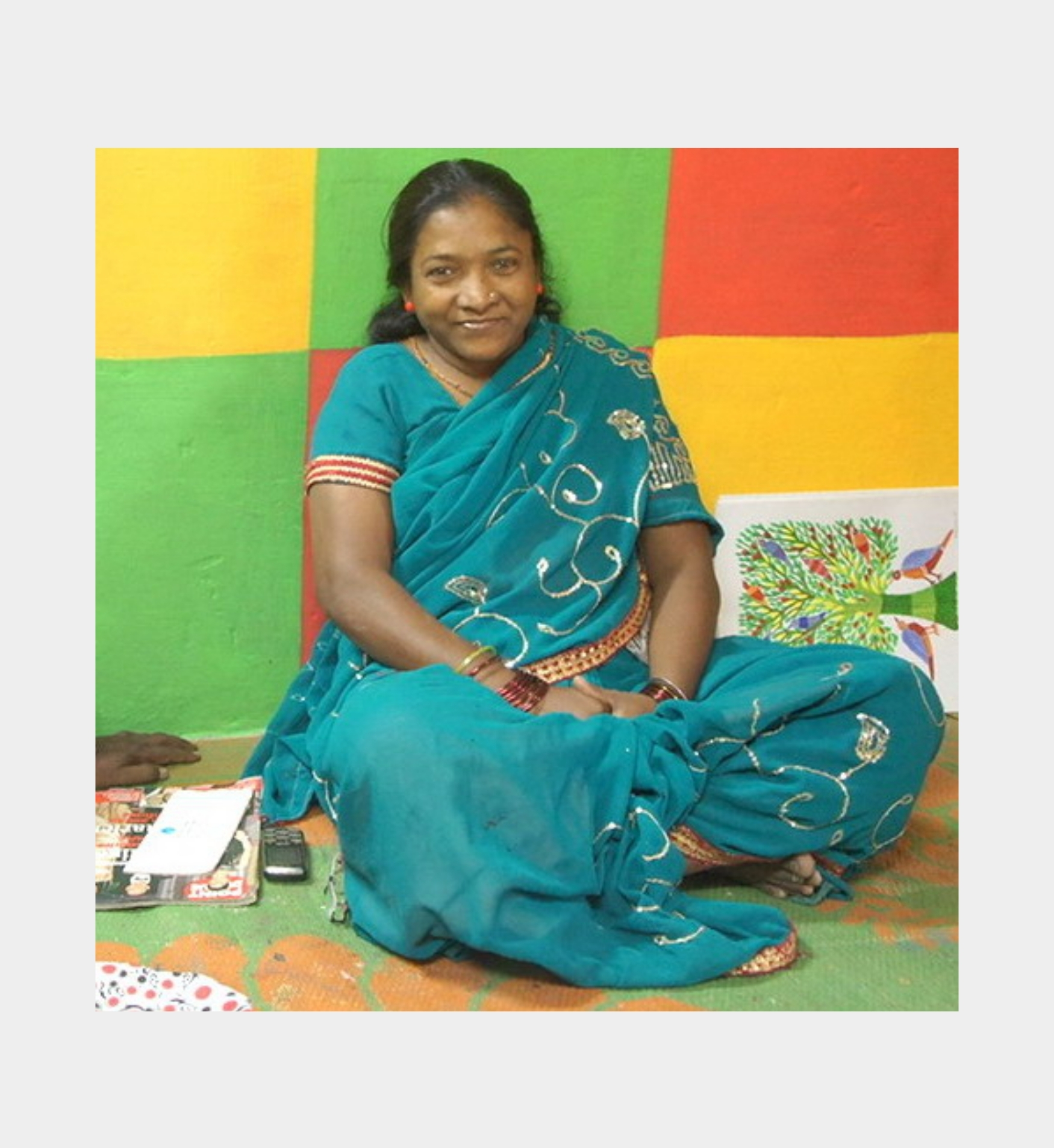
KALA BAI SHYAM

KALAM PATUA

KALIGHAT PAINTING
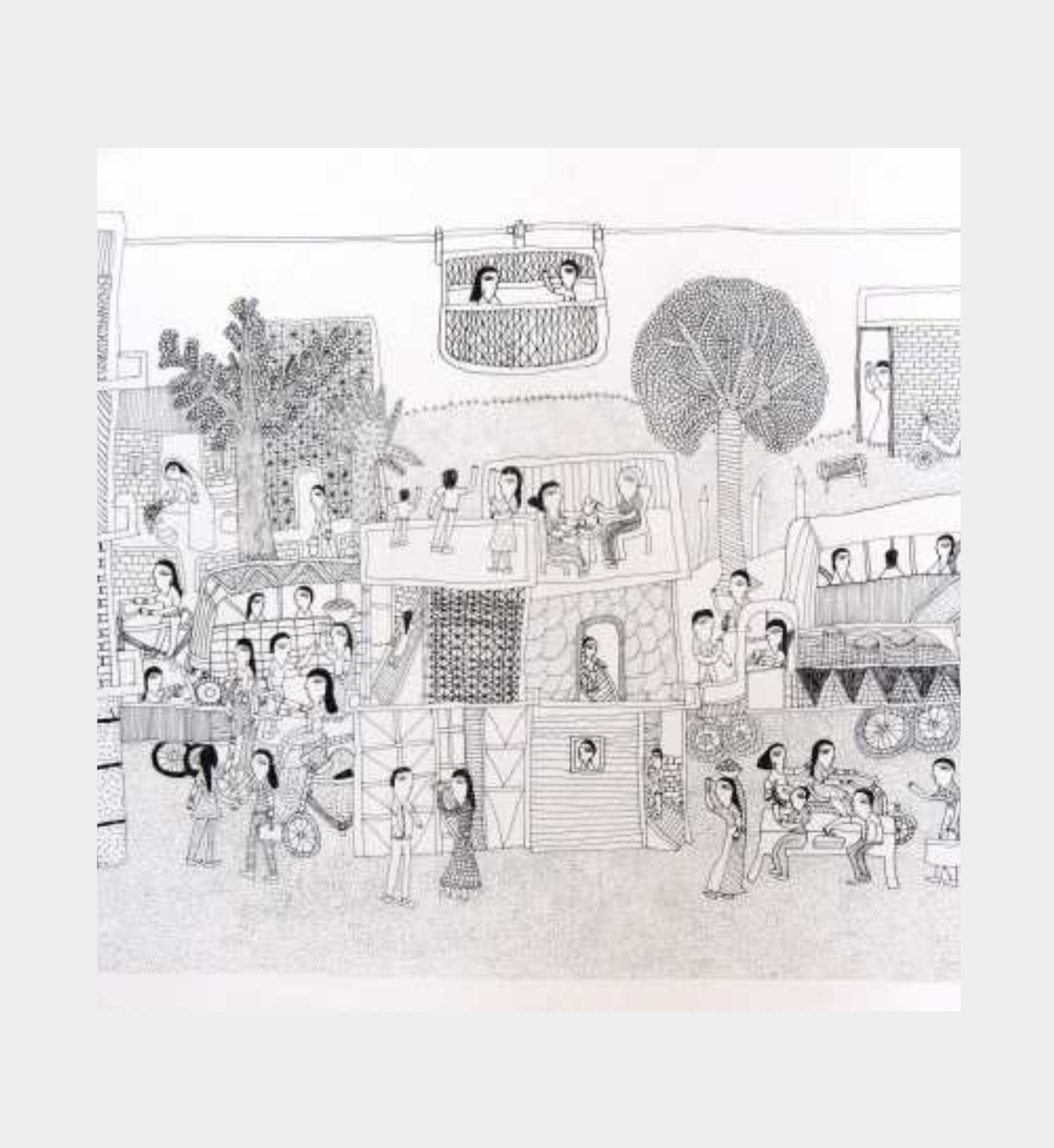
KANTA JOGI
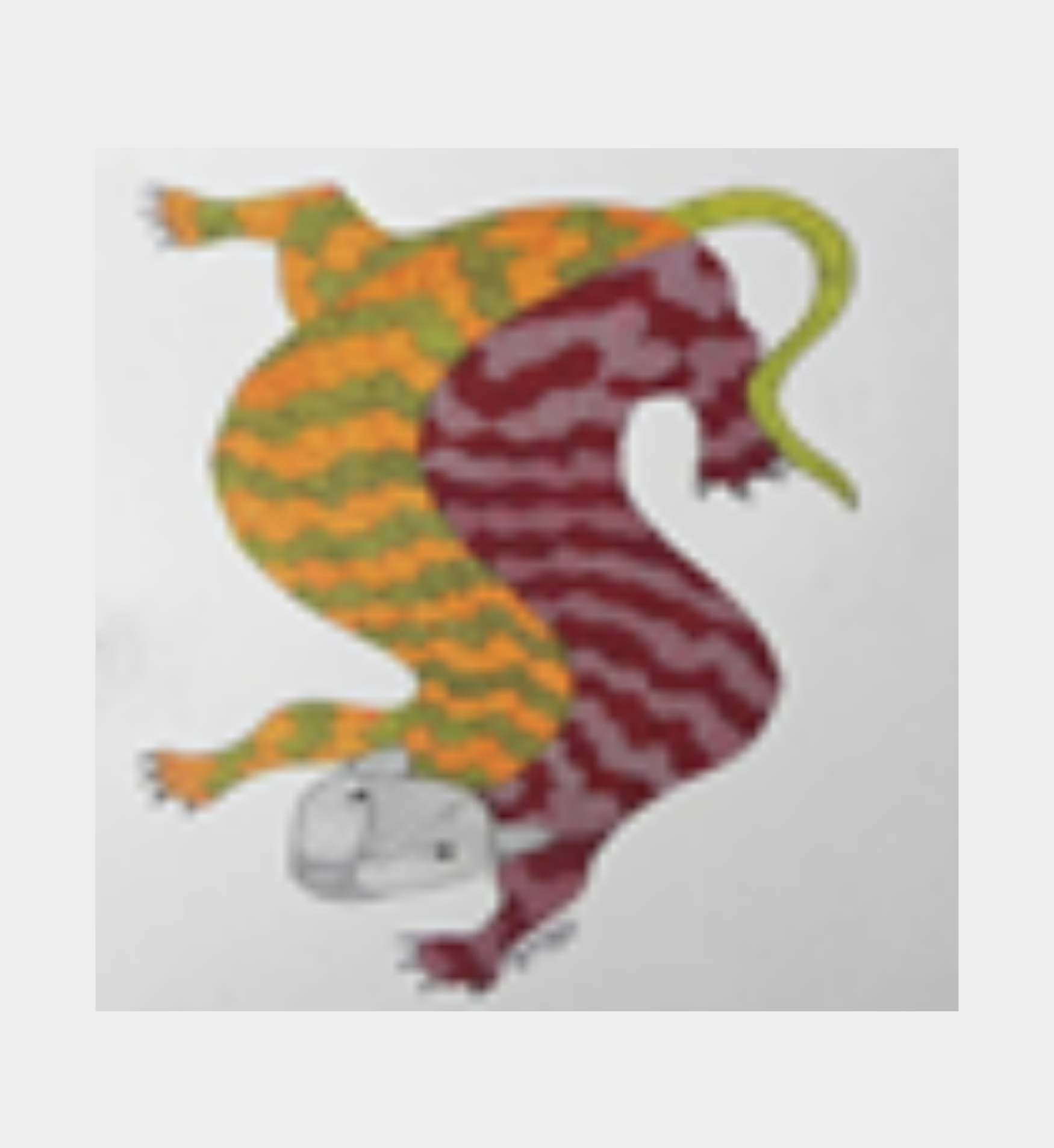
MAN SINGH VYAM
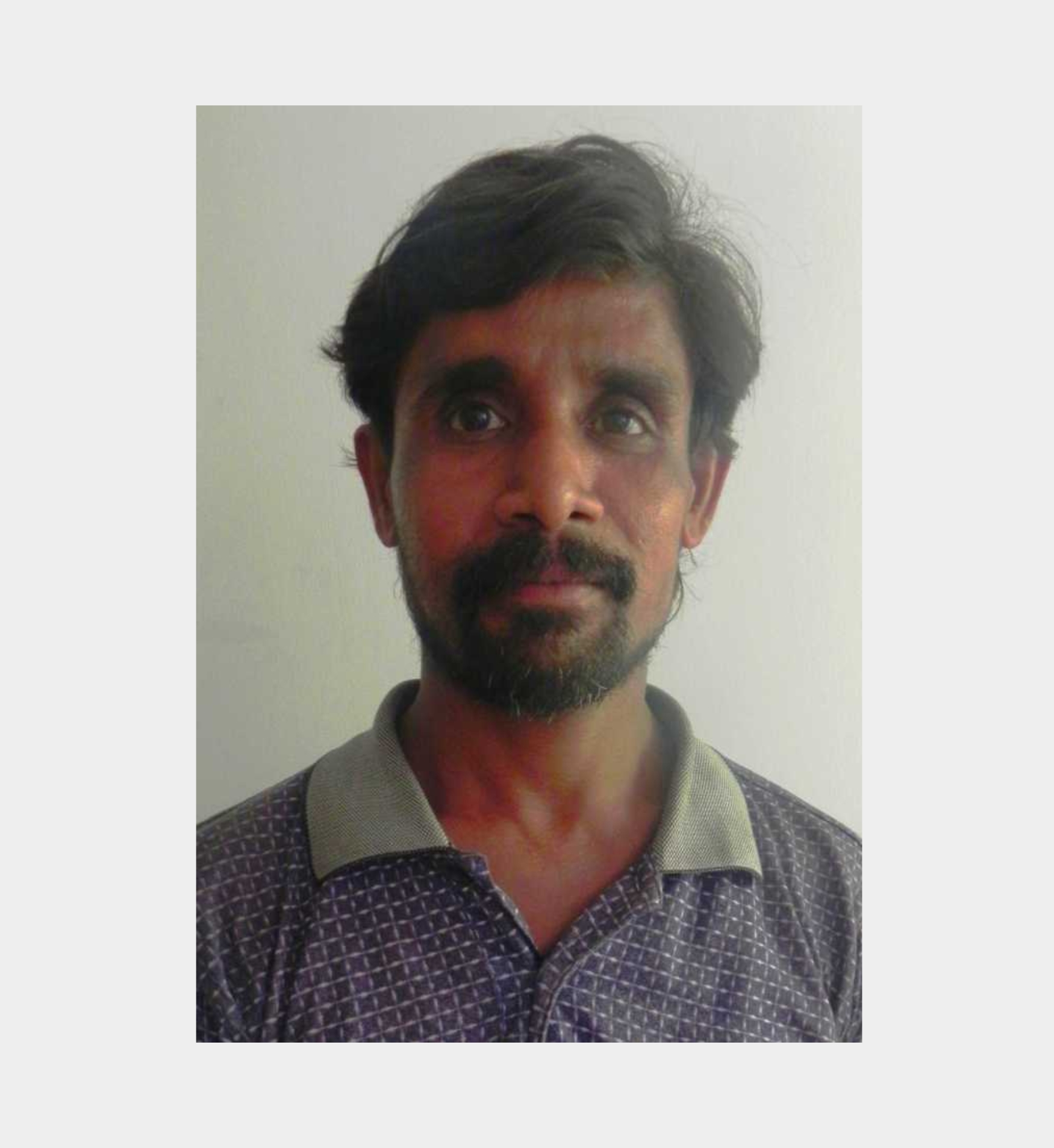
LATE MANAS KUMAR DAS
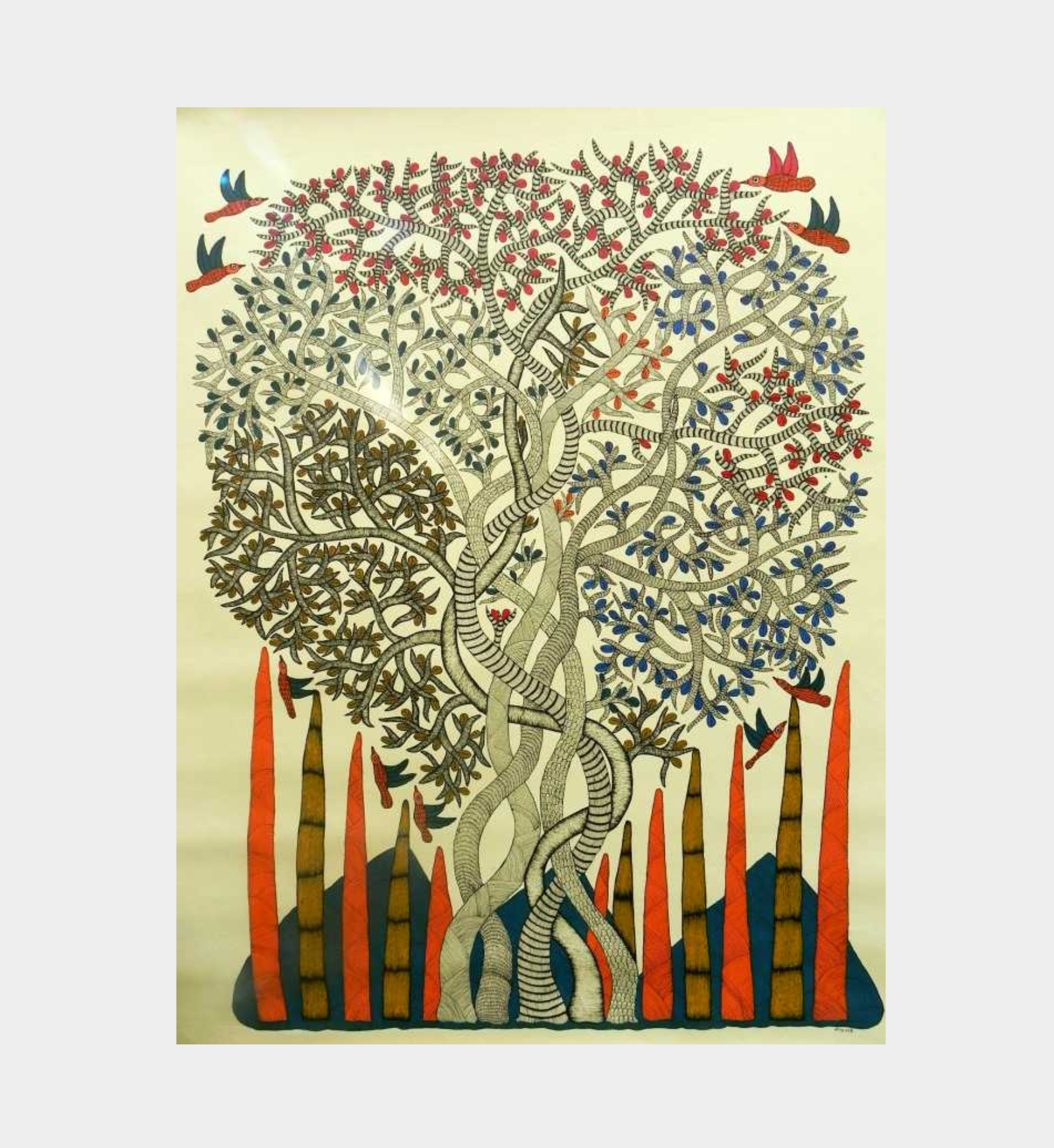
MANGRU UIKEY

MANOJ KUMAR TEKAM

MAYANK SHYAM

MITHLESH SHYAM
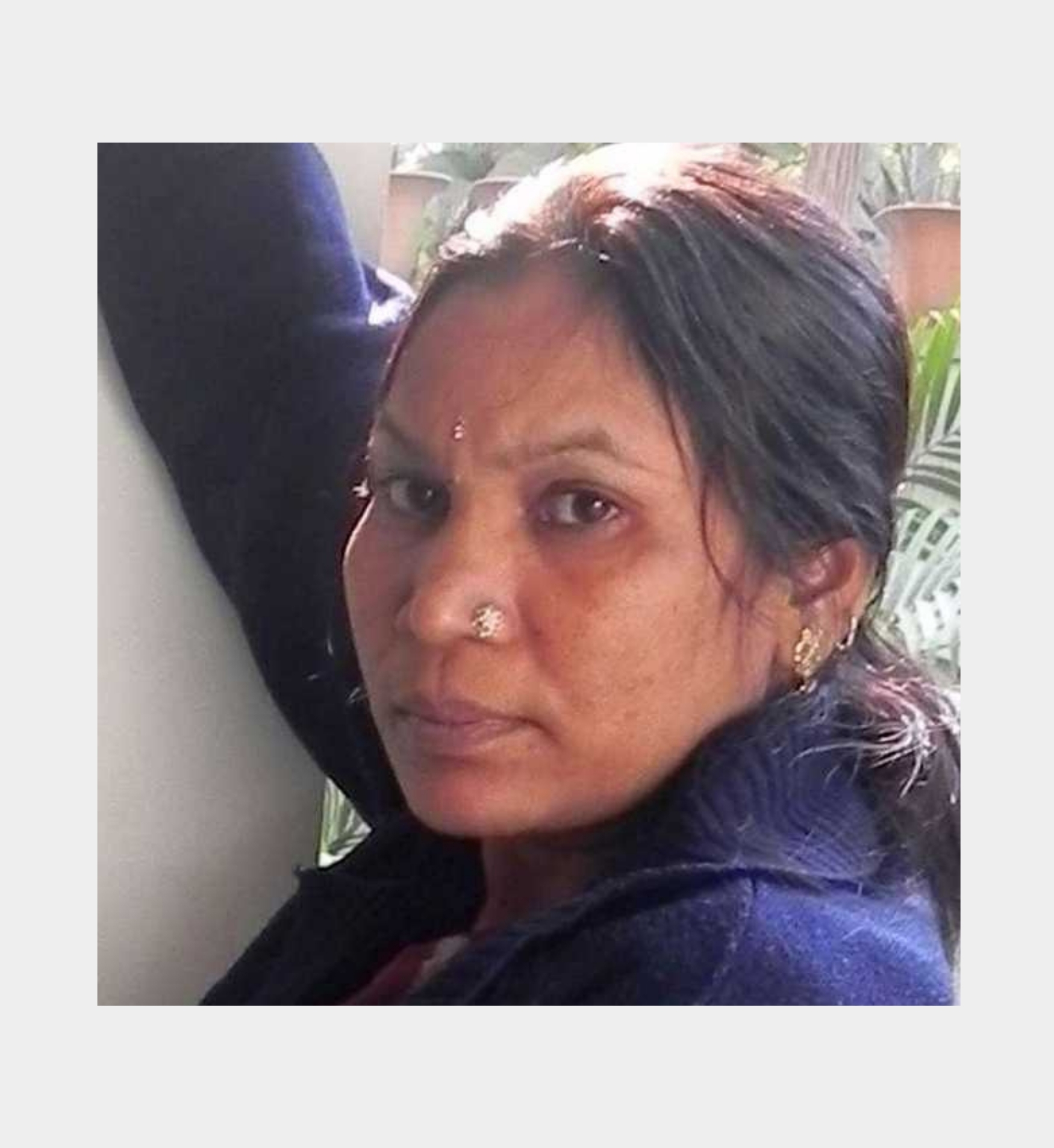
NANKUSIA SHYAM
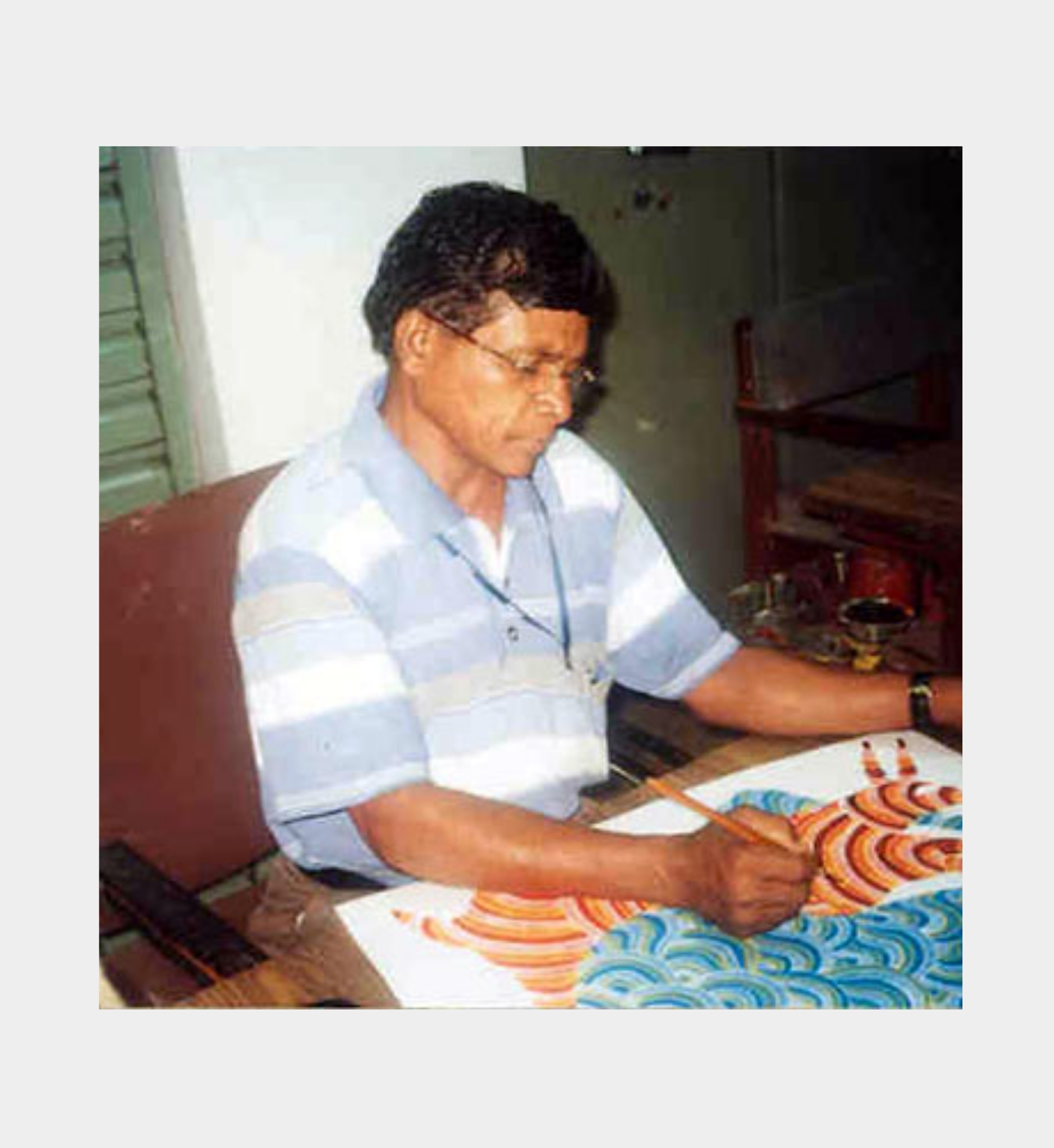
NARMADA PRASAD TEKAM
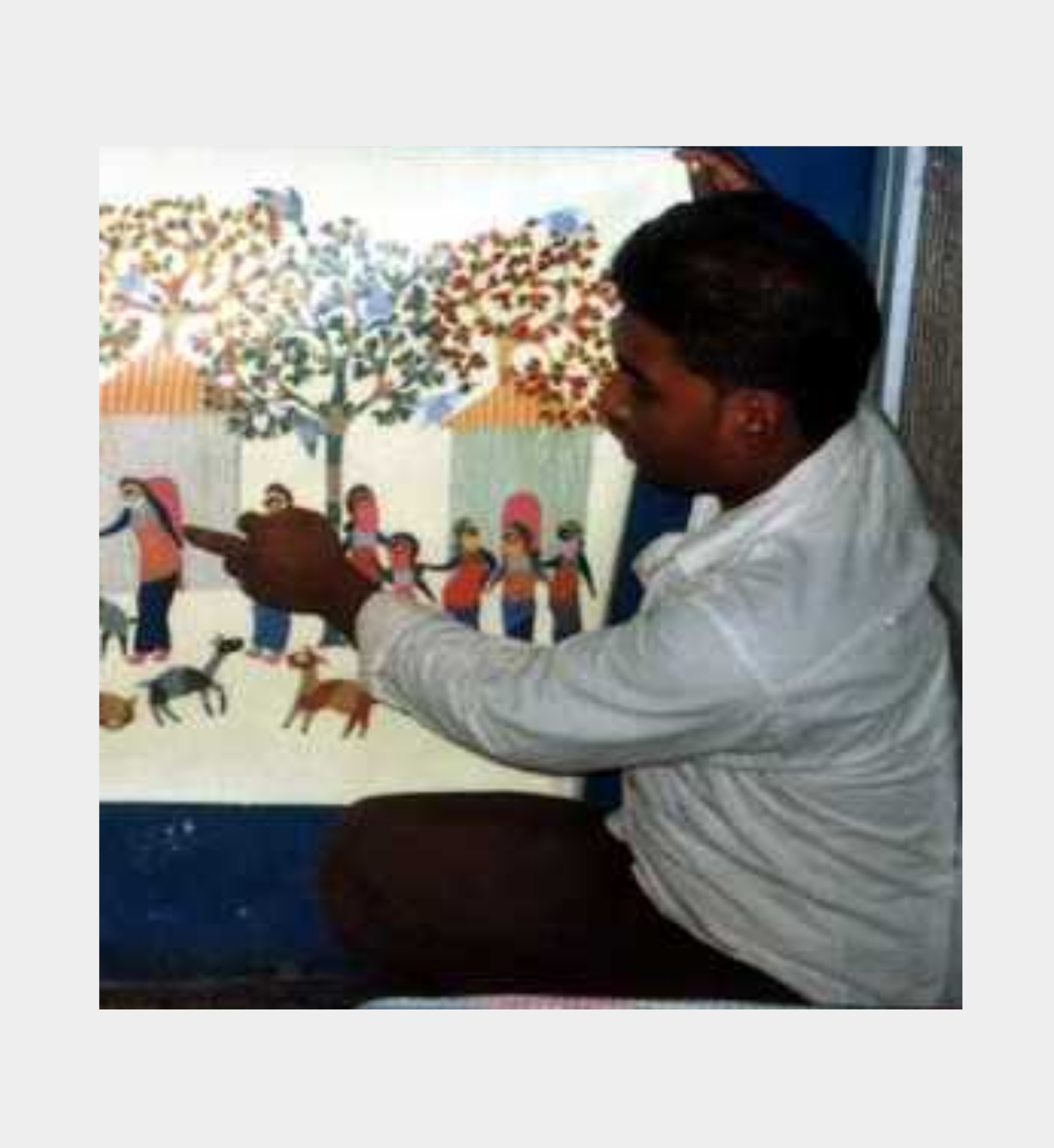
NIKKI SINGH URVETI
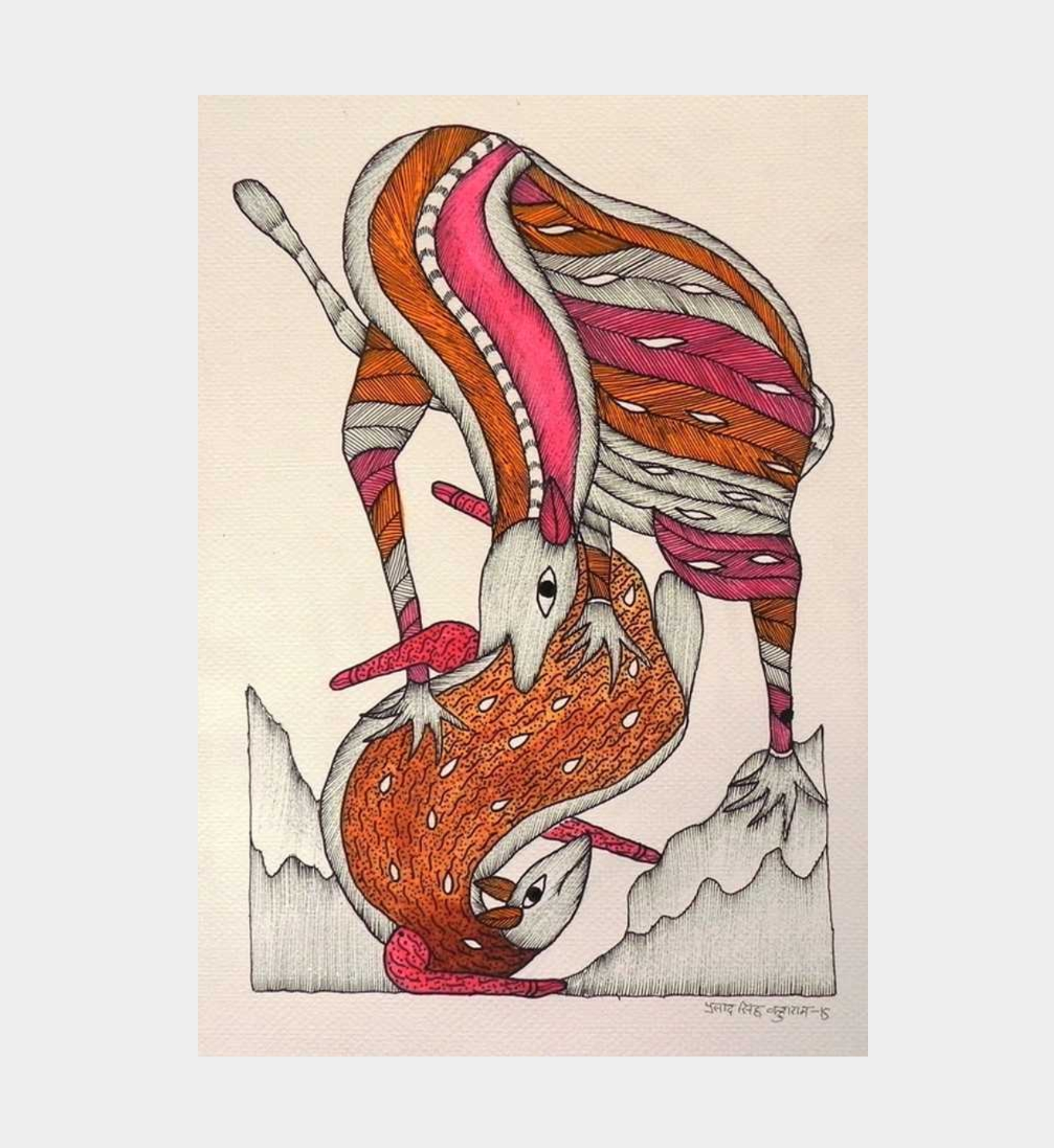
PRASAD SINGH KUSHRAM

PRAVEEN BALU MASHE
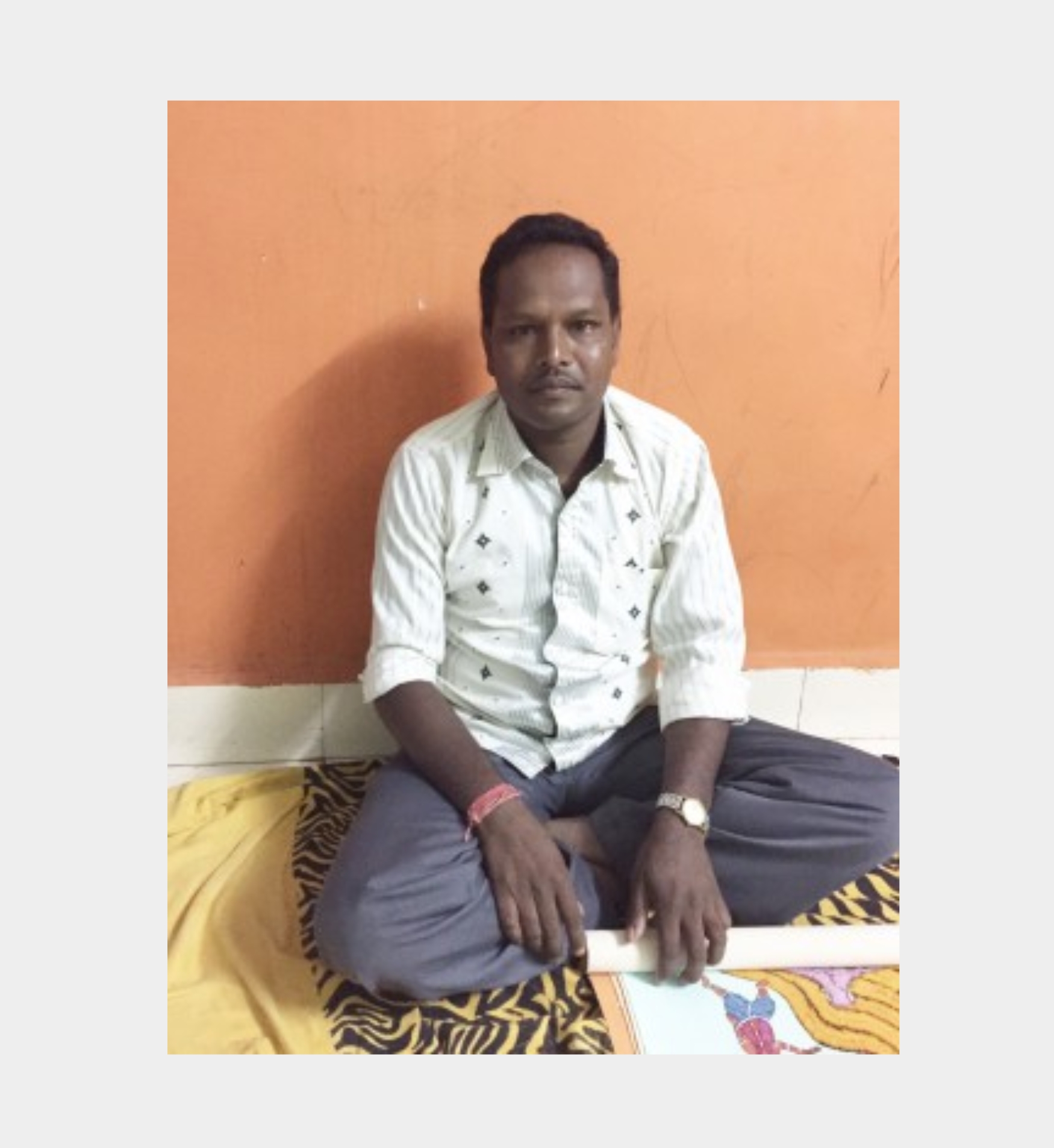
PRUSHOTAM KUSRAM
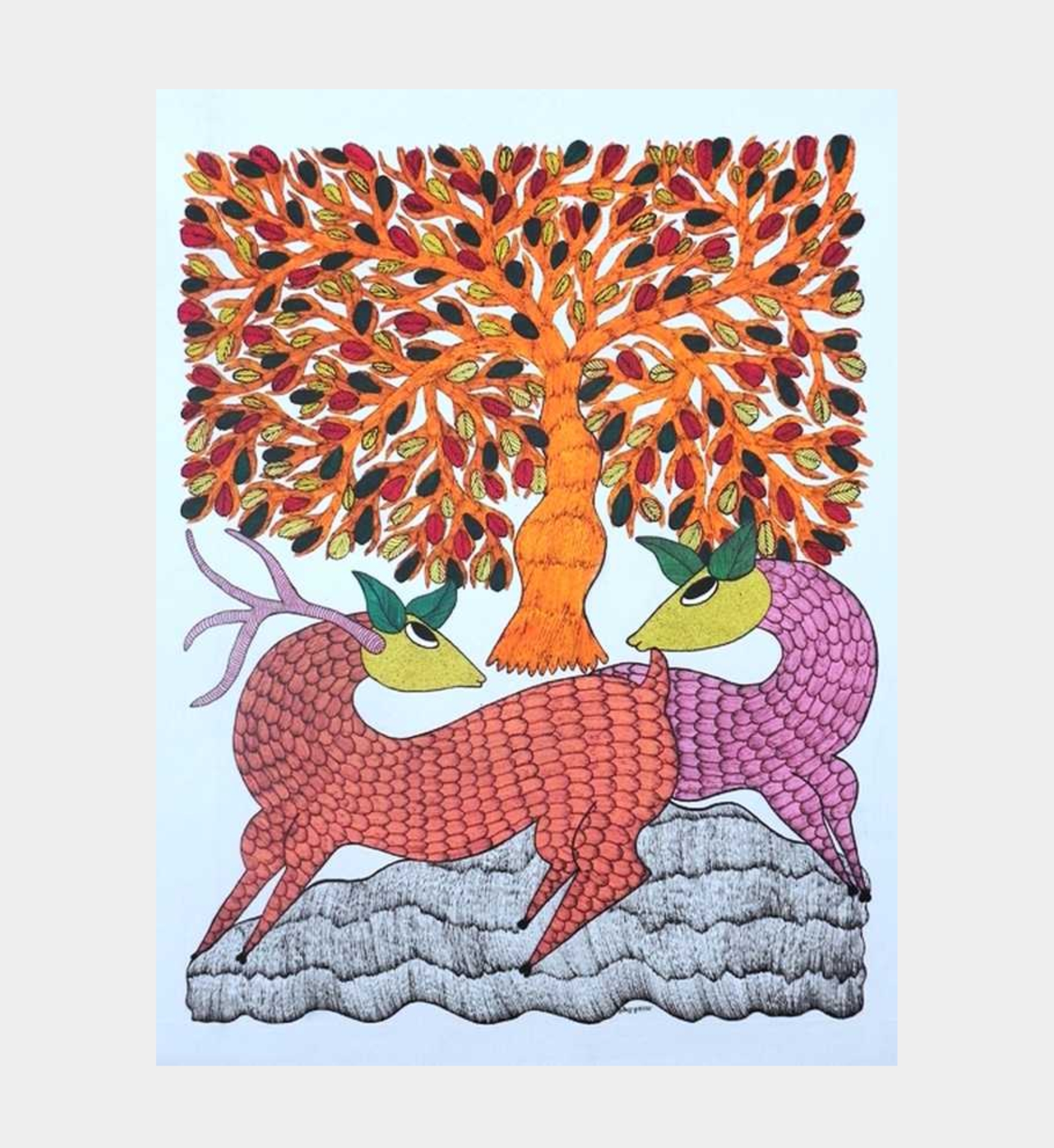
RAJENDRA KUSHRAM
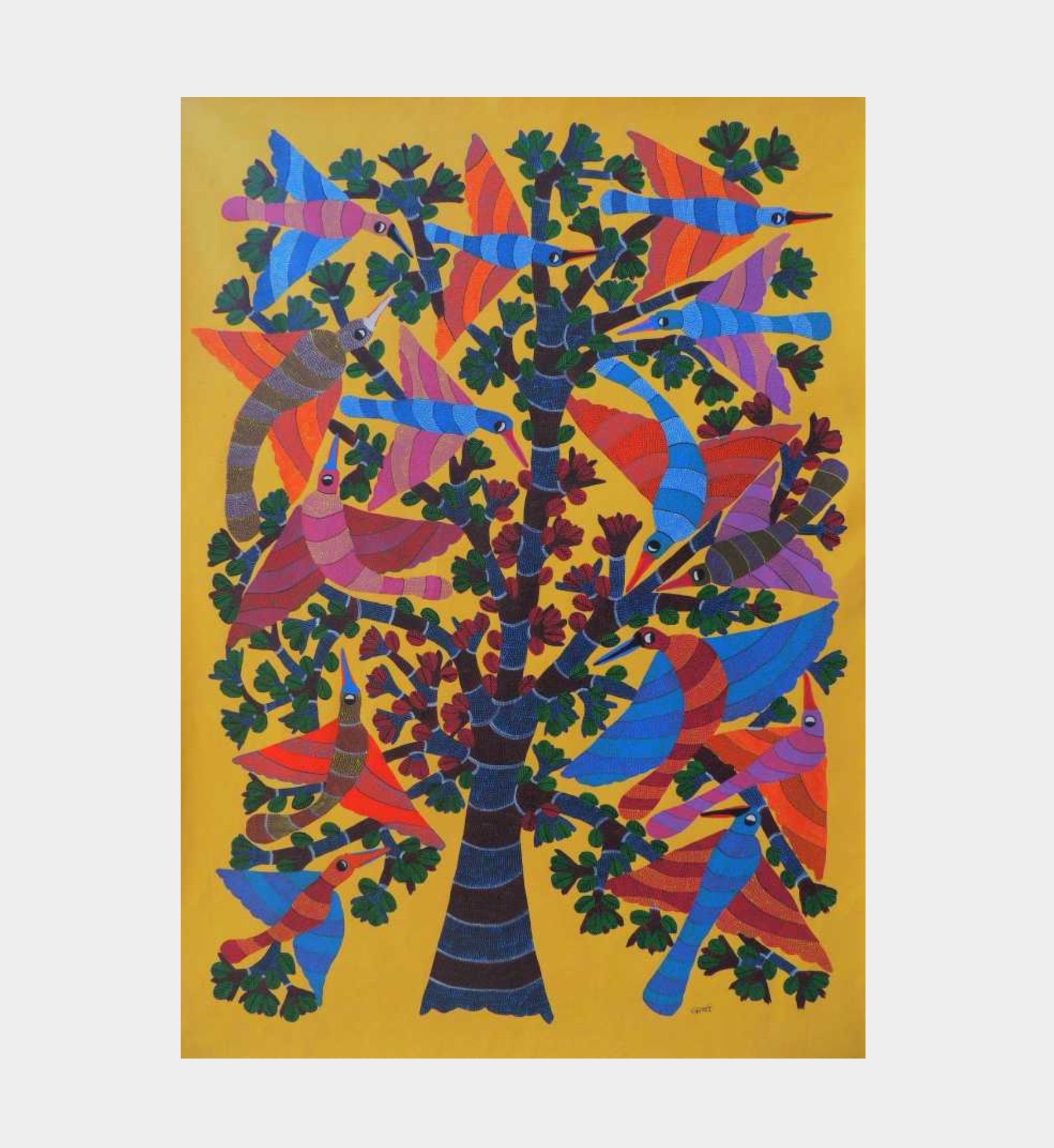
RAM BAI TEKAM
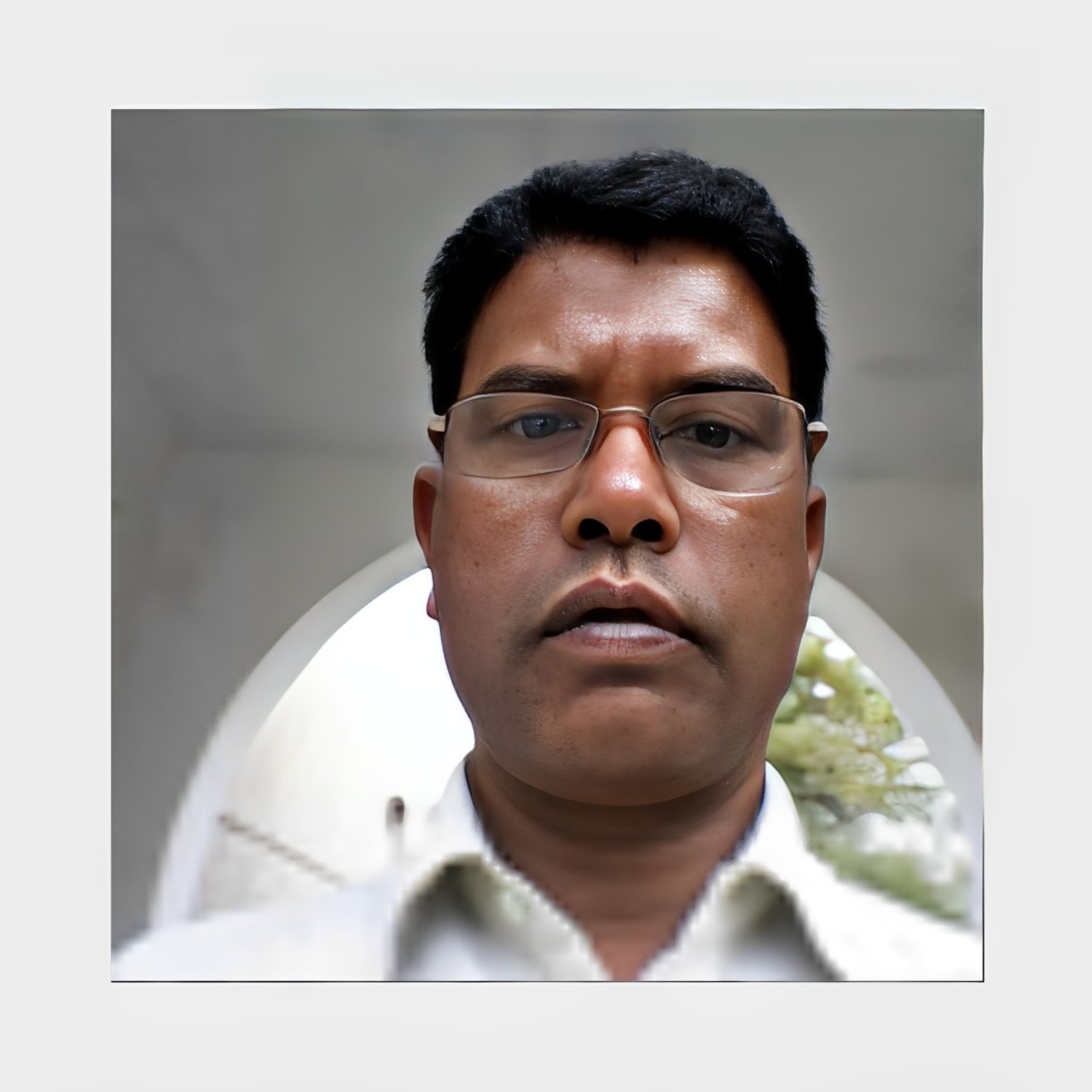
RAM SINGH URVETI

RAMESH BARIYA
RAMESH BARIYA

RAMESH TEKAM
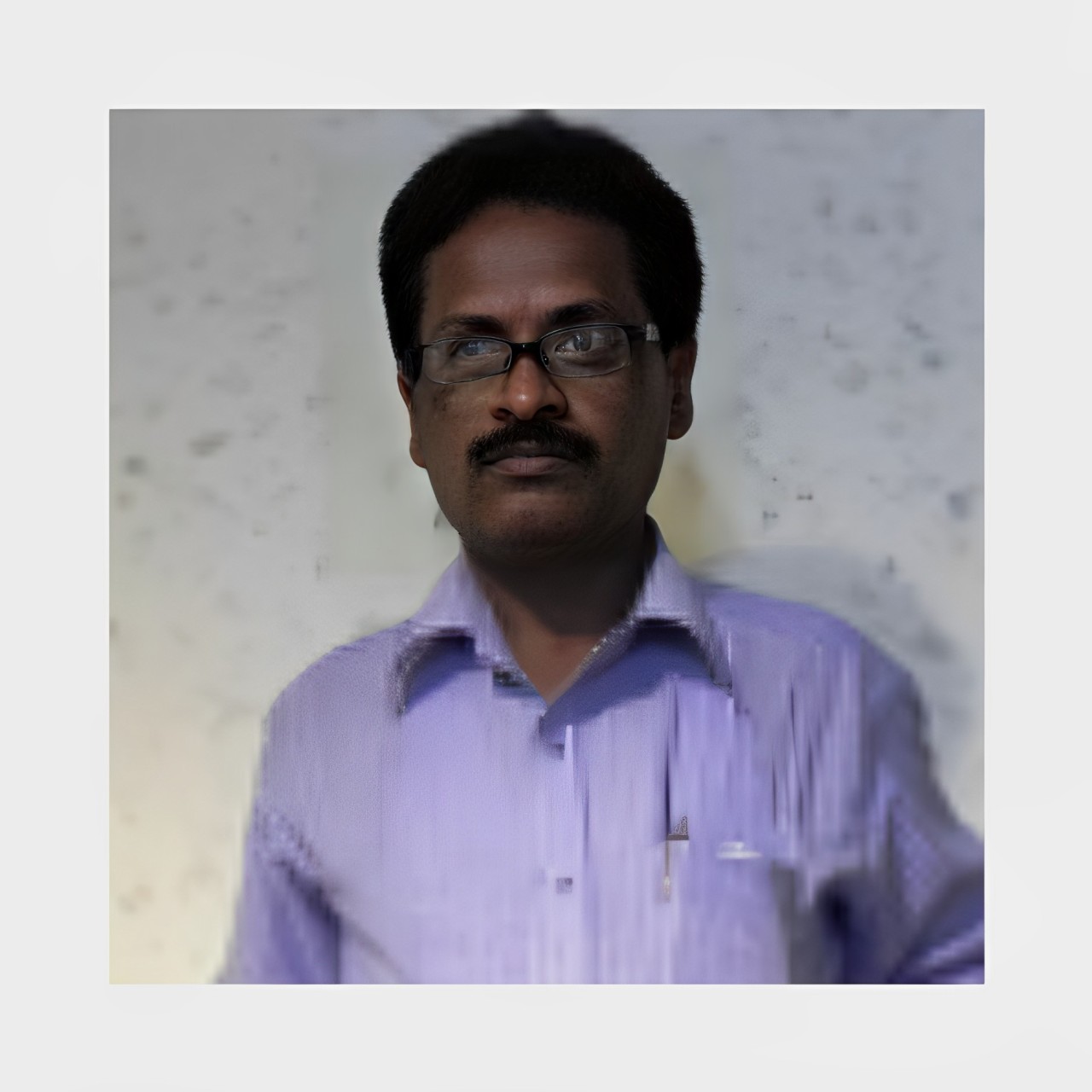
RAVINDRA BEHERA

RAVI KUMAR TEKAM

SADASHIV MASHE
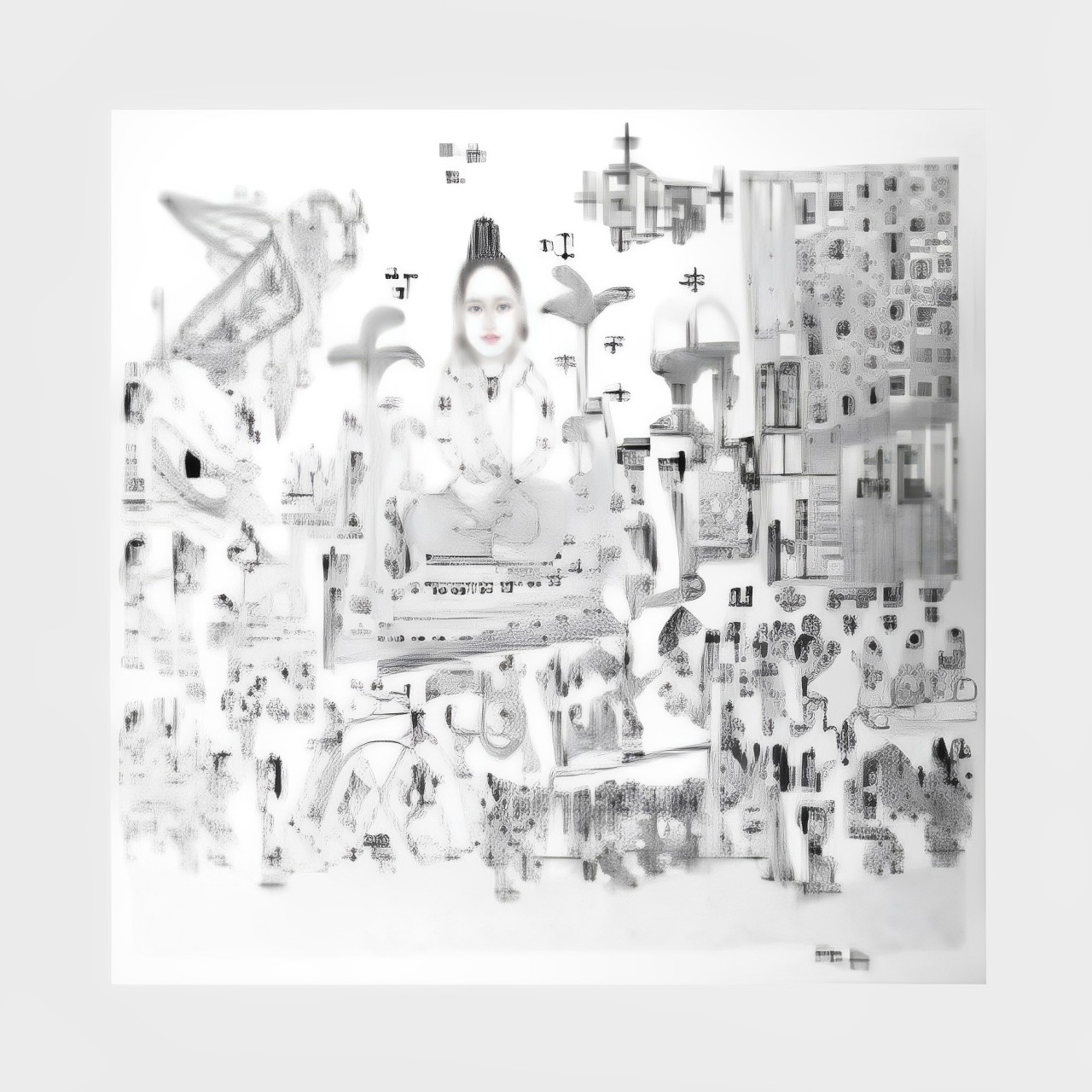
SANGITA JOGI

SANTOSH MARAVI
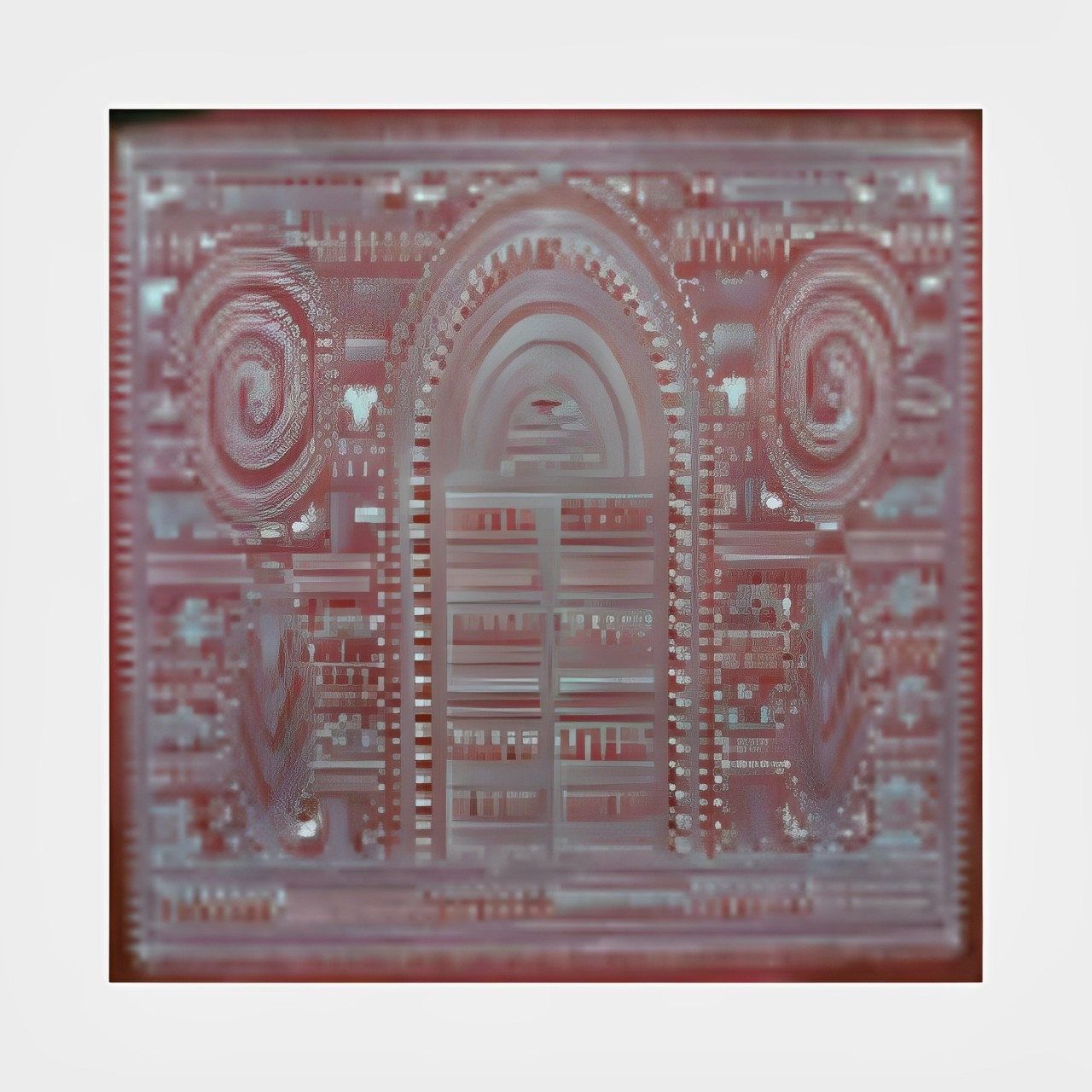
SANTI LATA BARIKI

SARITA SURESH BANJARA
She has been painting for the last seven years under the mentorship Anil Vangad and has participated in many exhibitions and seminars along with her mentor.
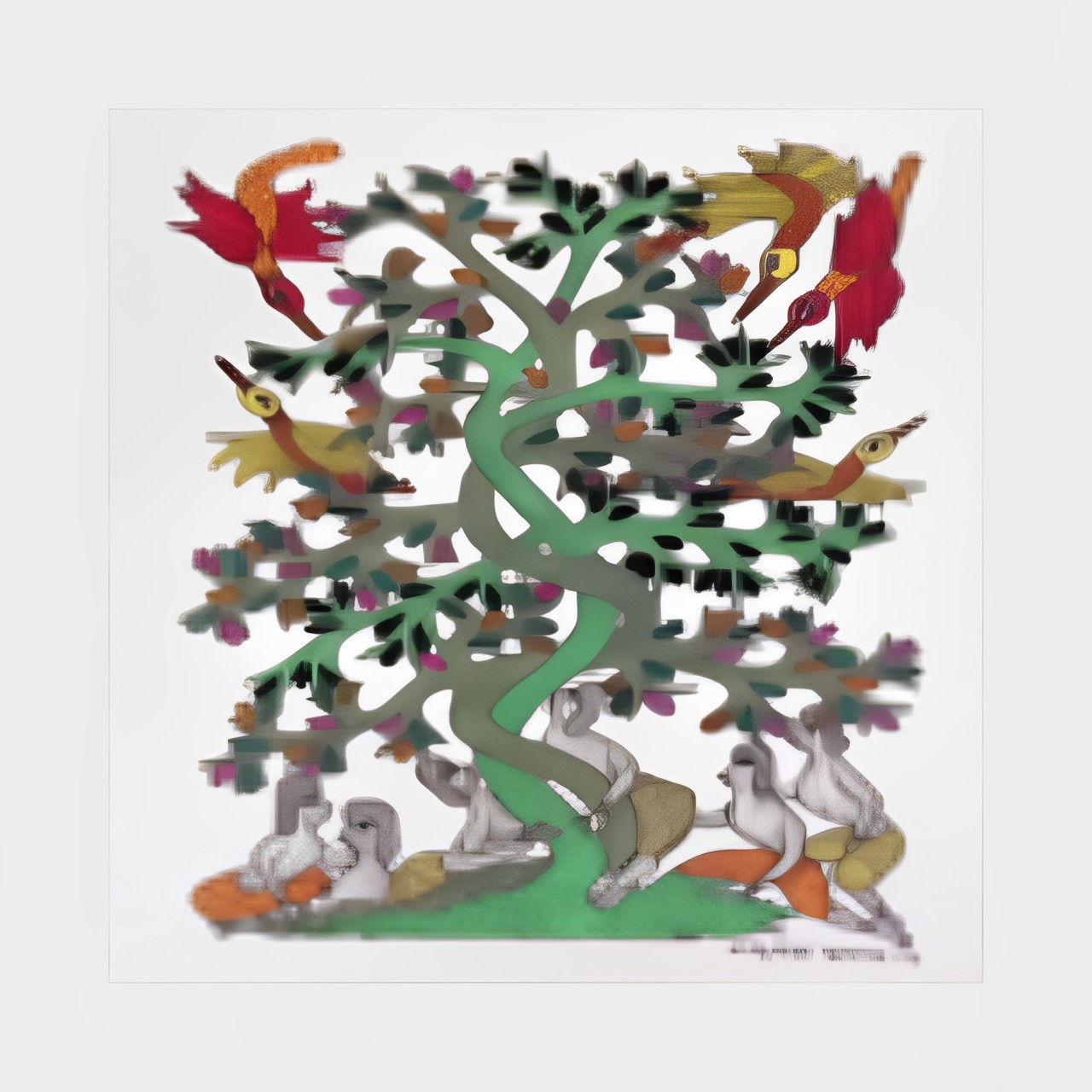
SHAKUNTLA KUSHRAM

SHAMBHU DAYAL SHYAM
Gond artist Sambhu Dayal Shyam was paintings his classroom walls even as his classmates were grappling with alphabets. Encouraged by his teacher, he went on to decorate floors and wedding arenas for Rs. 15/ a day. Thirty years later, some of his paintings can still be seen on the doors and walls of his village! Sambhu Dayal Shyam moved to make his base in Bhopal. With the demand for his paintings growing all the times he now even paints on T-shirts and saris. While his location may have changed, he still uses natural colors. He goes back to his village regularly for supplies. He feels he works best with the black, red, yellow and orange colored mud from his district. Shyam has mastered the line and dot form to imaginatively interpret the legion of myths as per Gond beliefs.
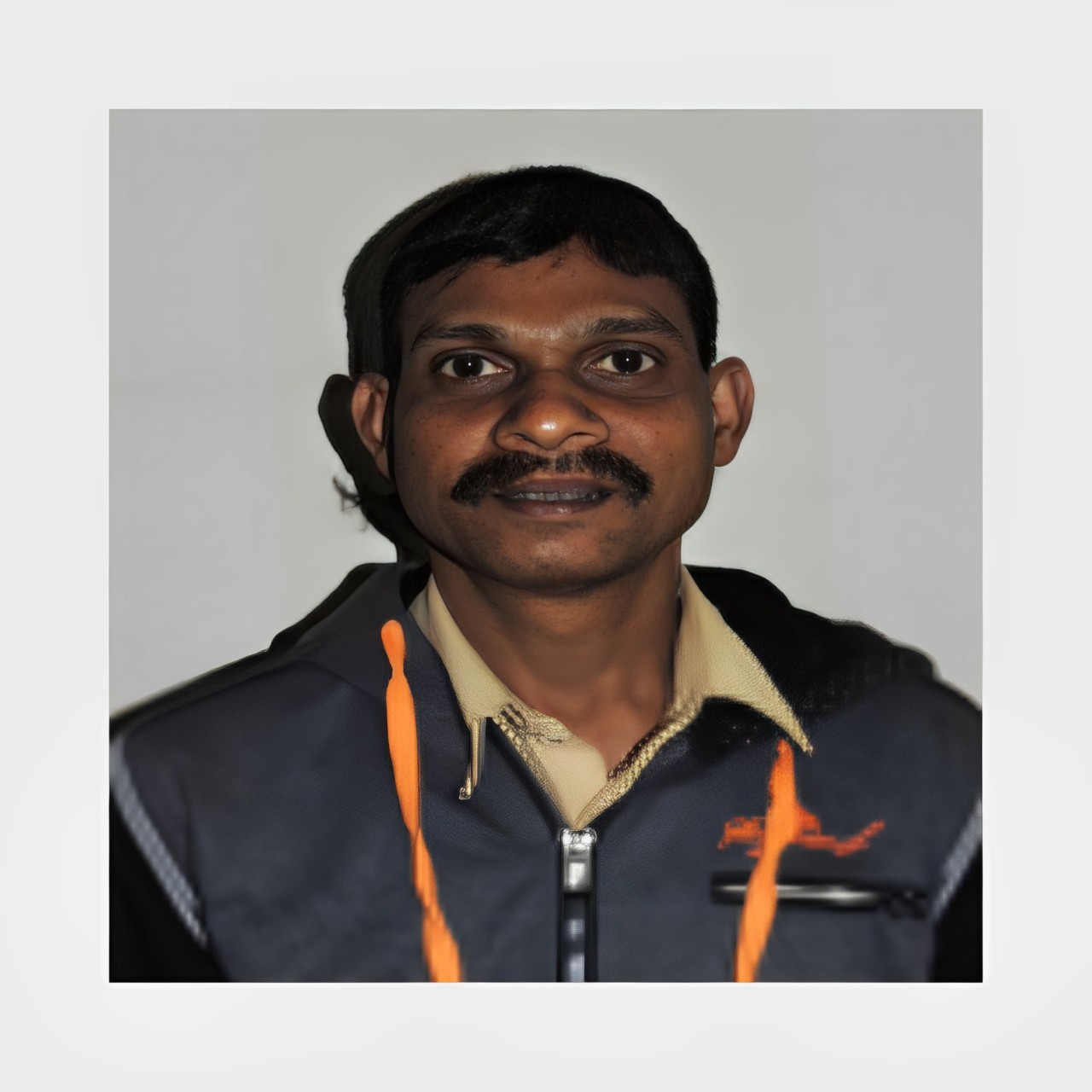
SHANTARAM CHINTYA TUMBADA
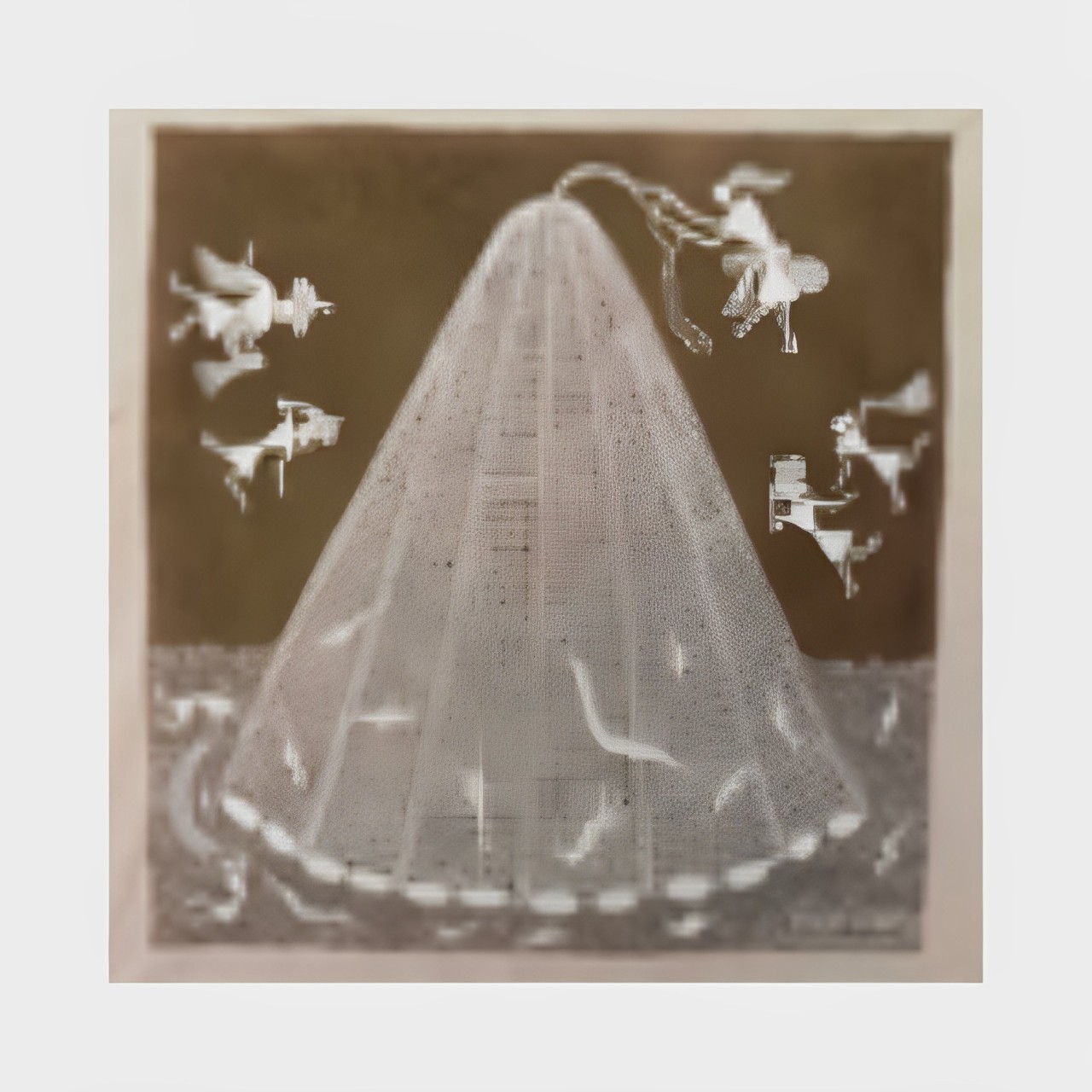
SHANTARAM RAJA GORKHANA

SHANTU TEKAM
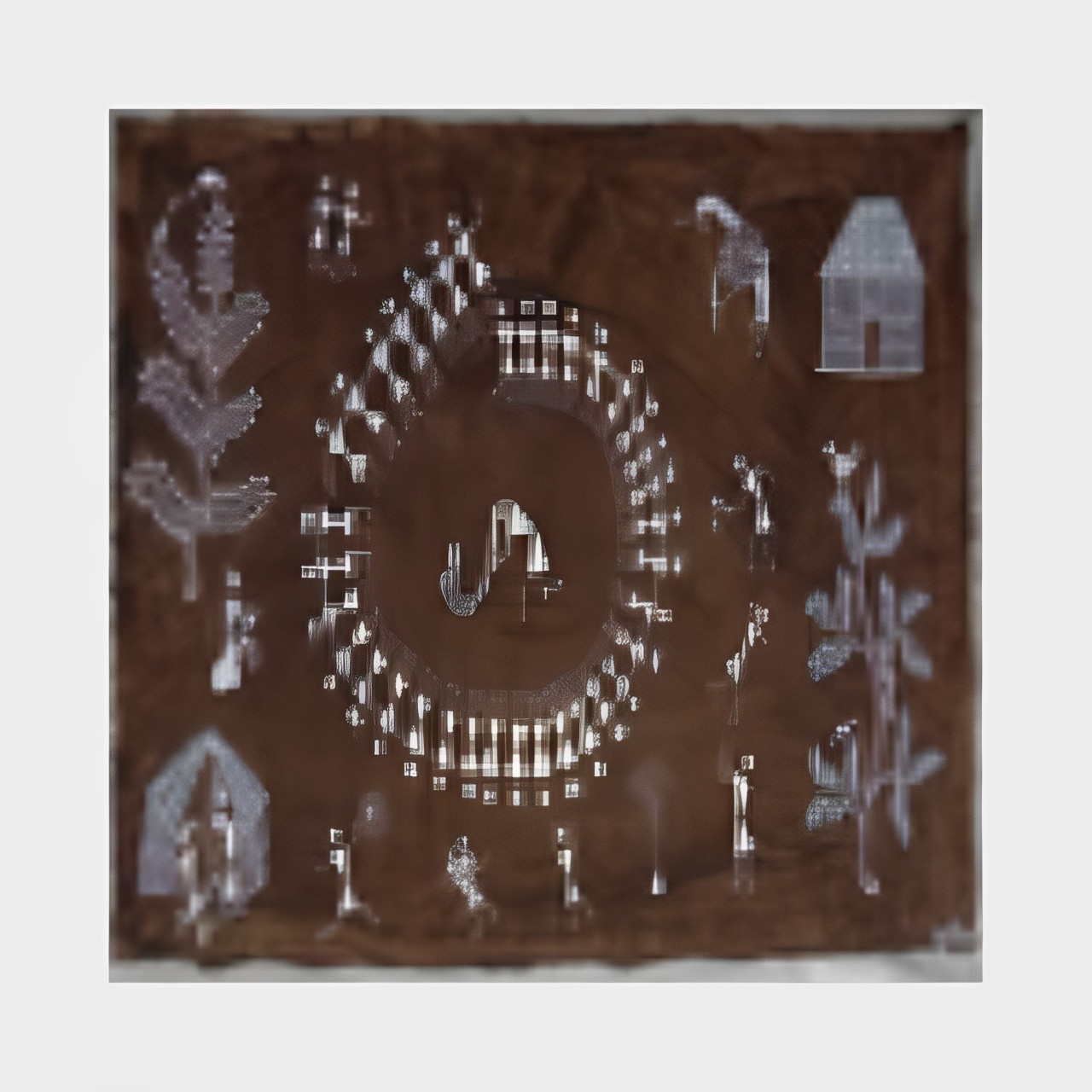
SUNITA SADASHIV MASHE

SUSHIL SONI

TANJORE
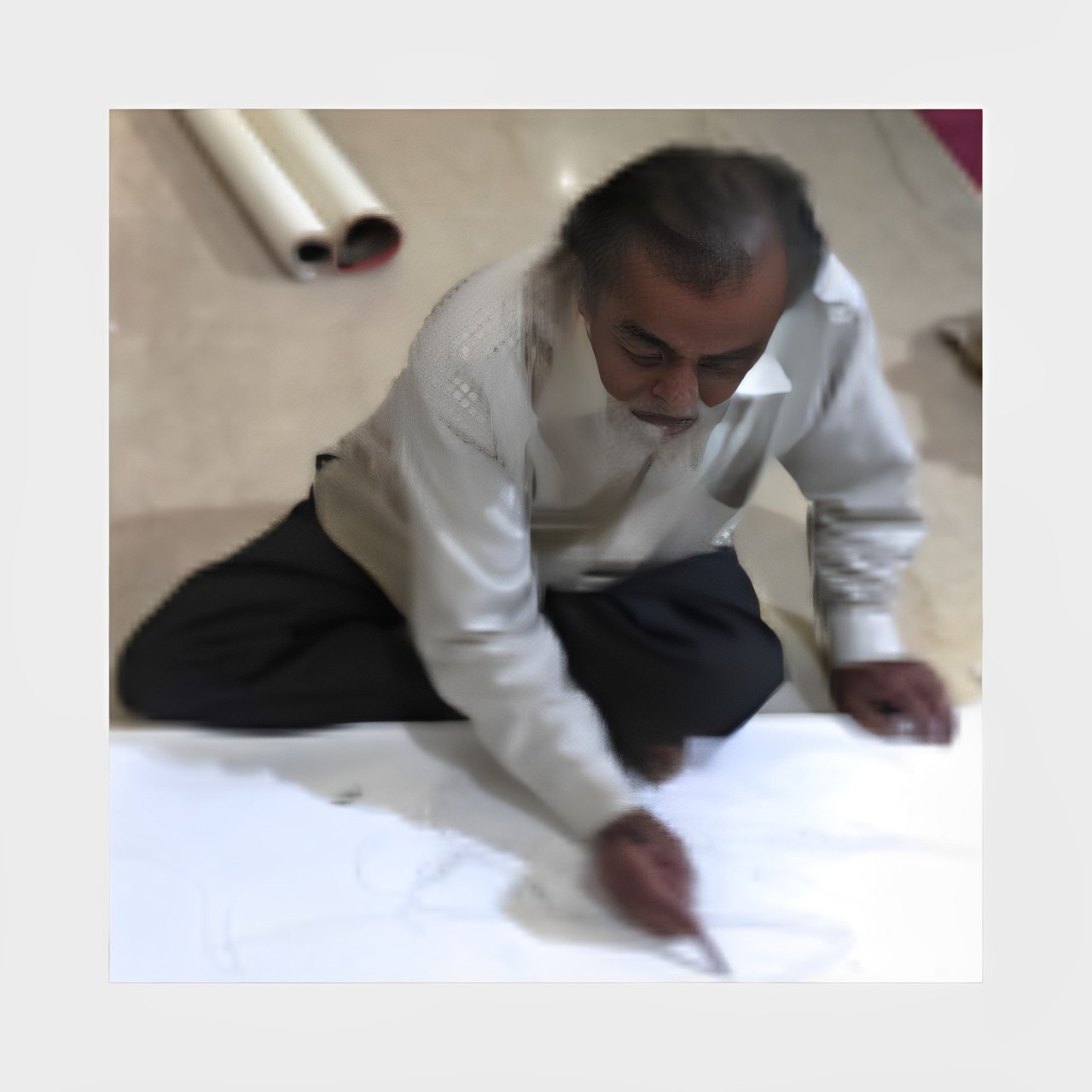
USMAN TIRANDAZ

VIDHUSHNI PRASAD
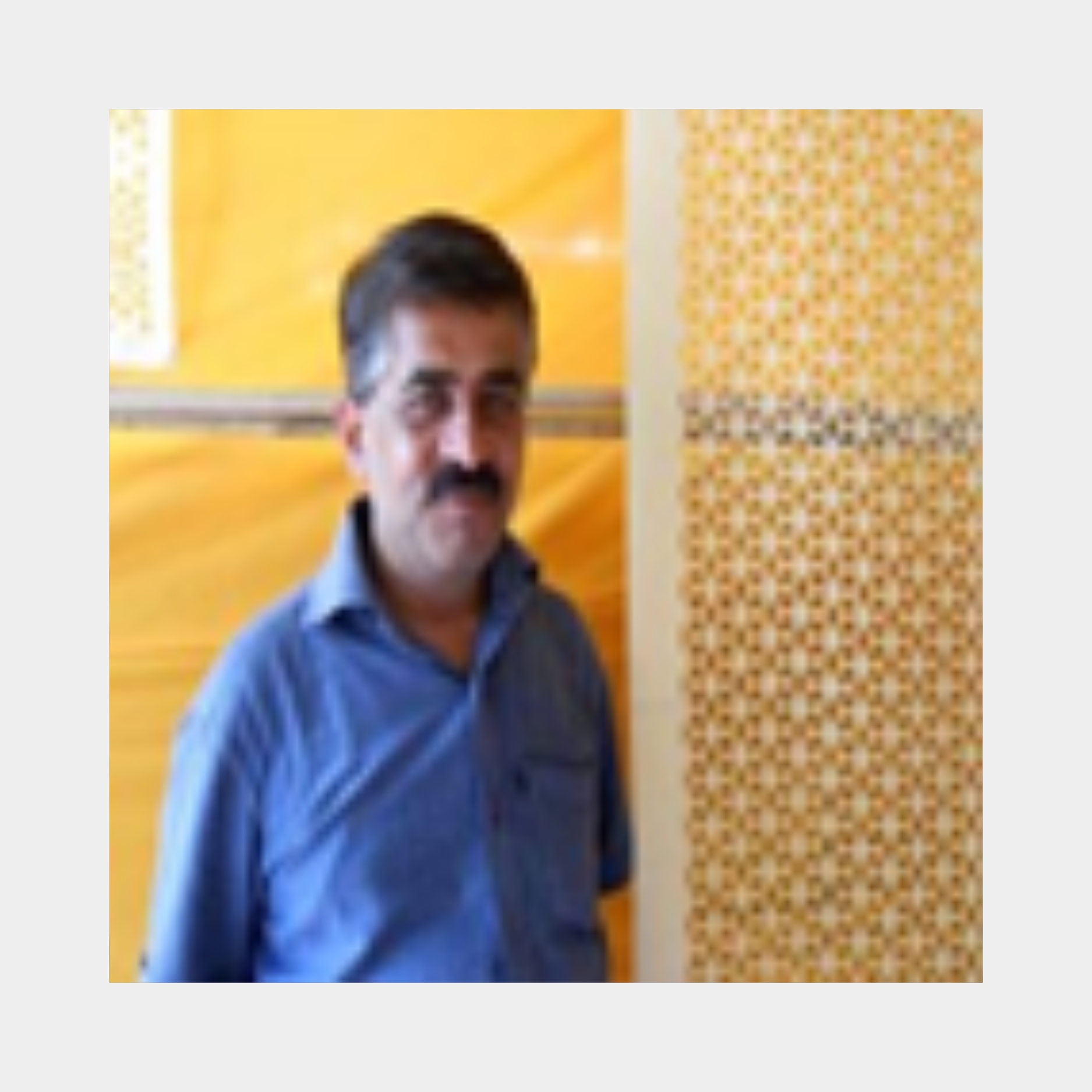
VIJAY KUMAR VERMA
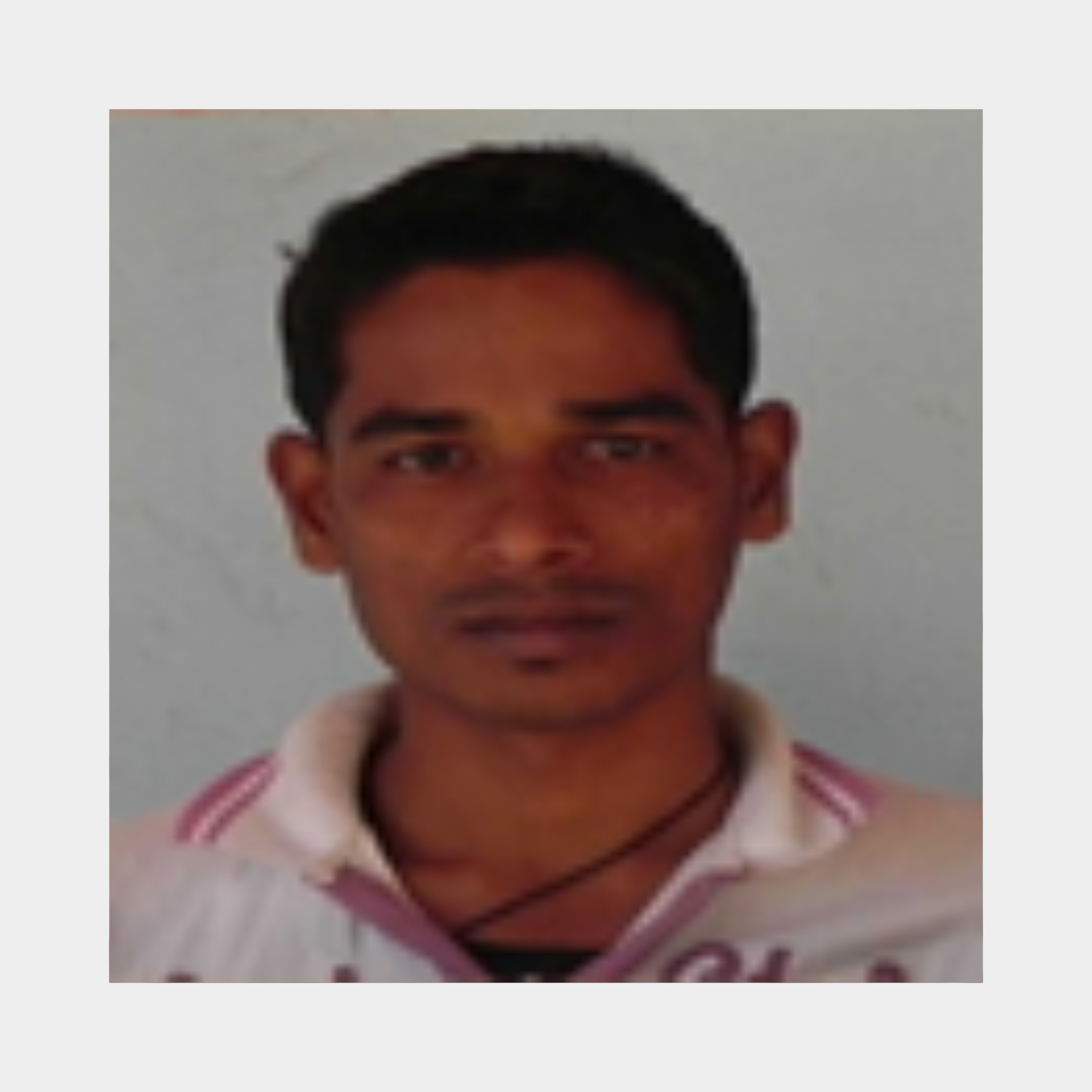
VIJAY SADASHIV MASHE
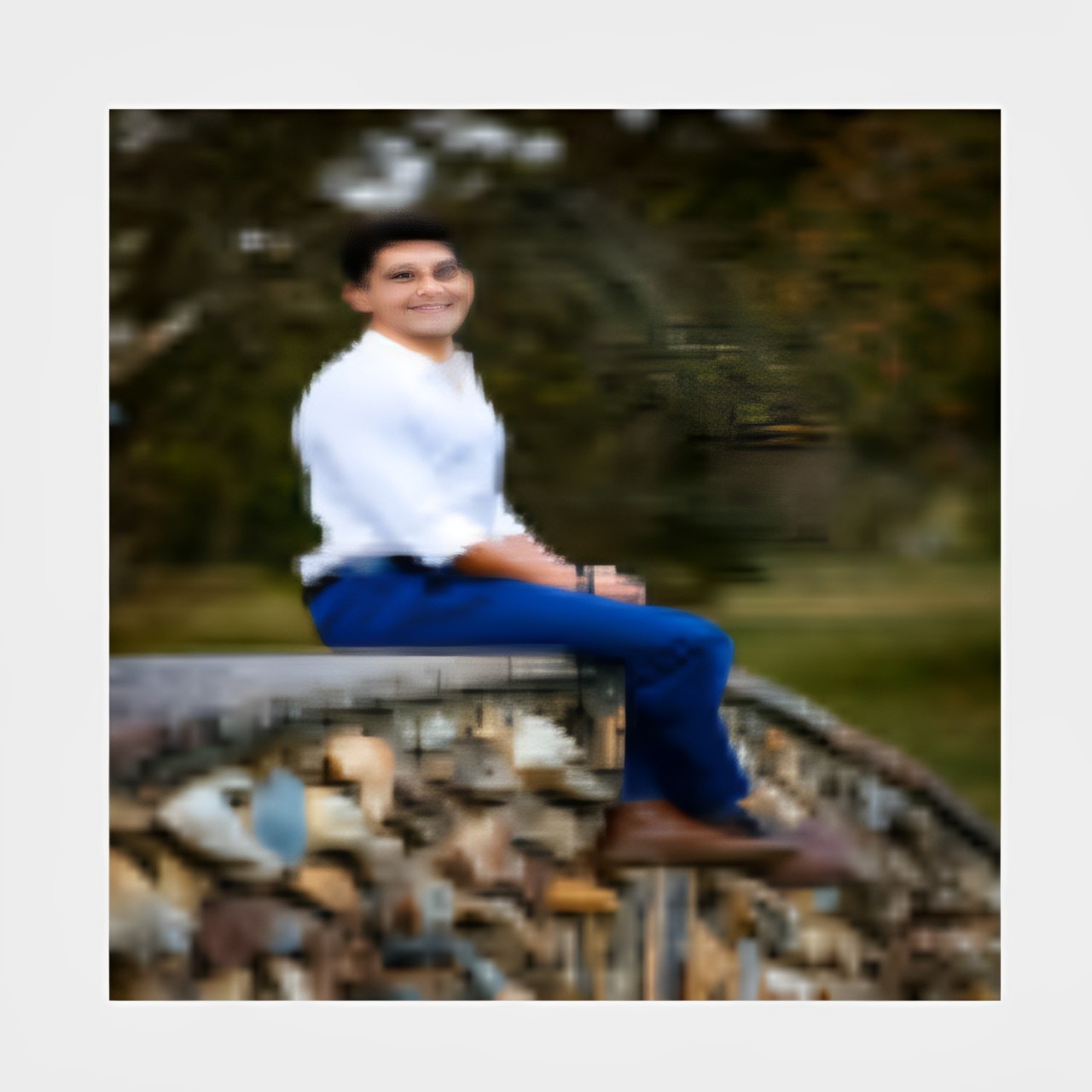
SUYASH KESHARI

ALEC CUMMING
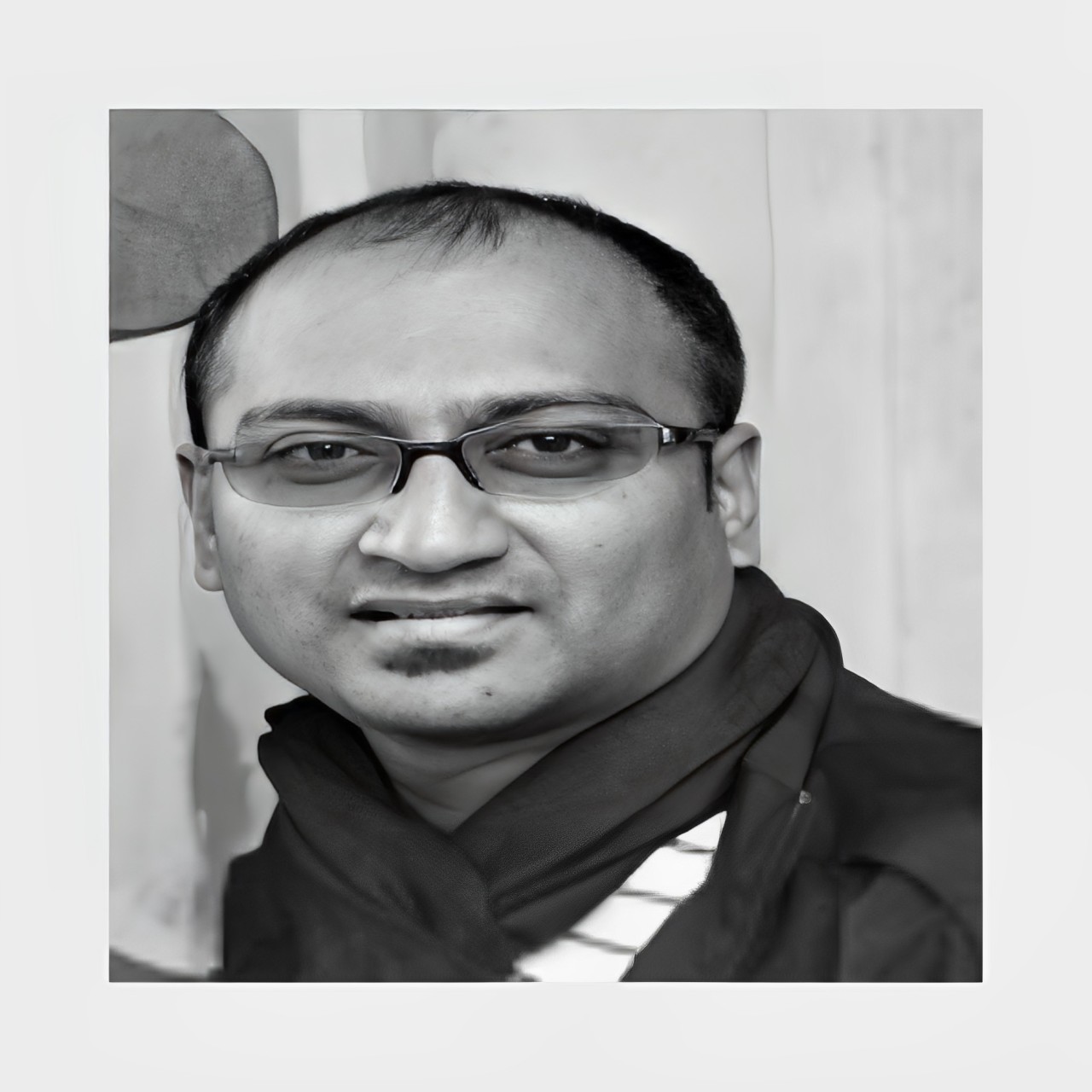
ANAND PANCHAL
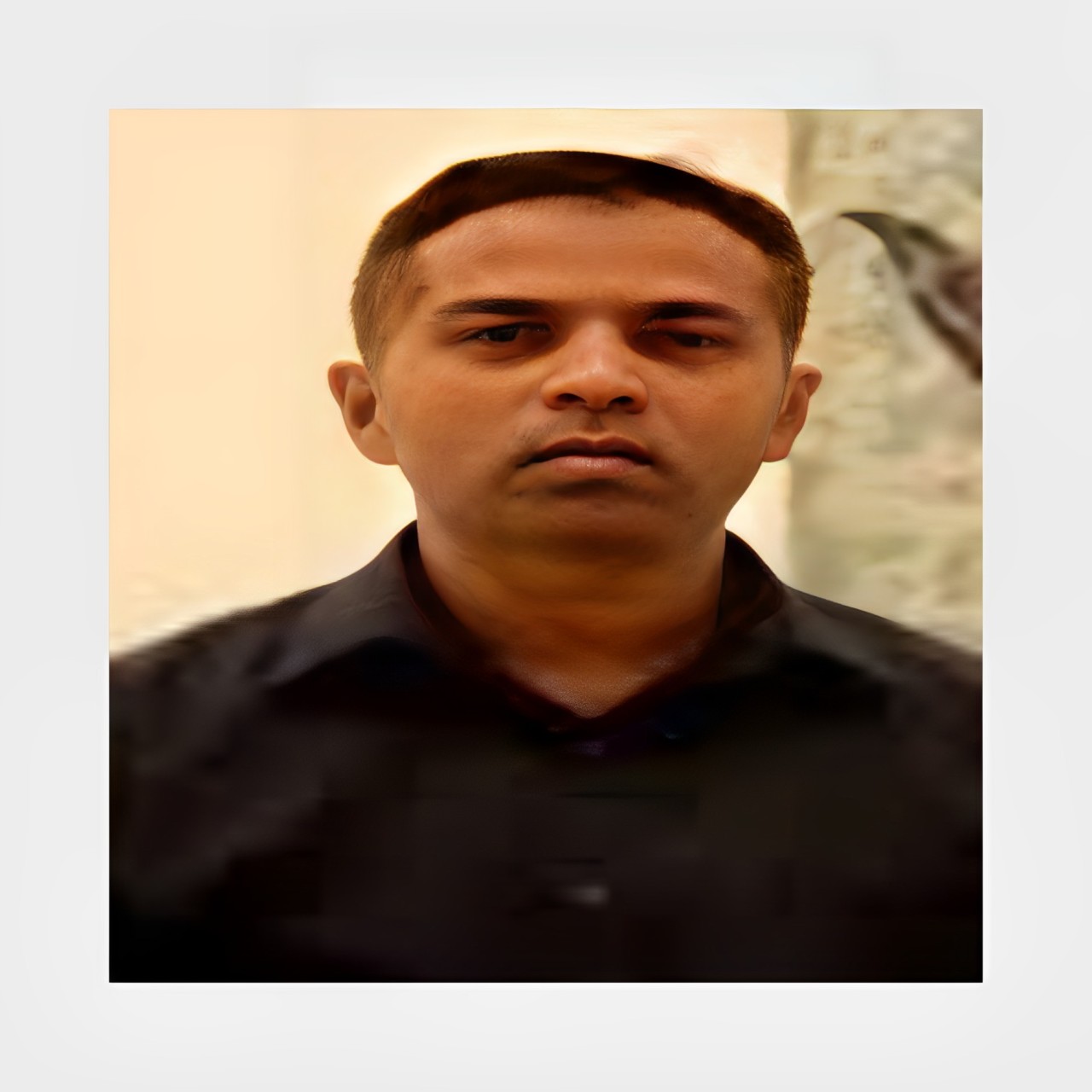
ANIKET KHUPSE
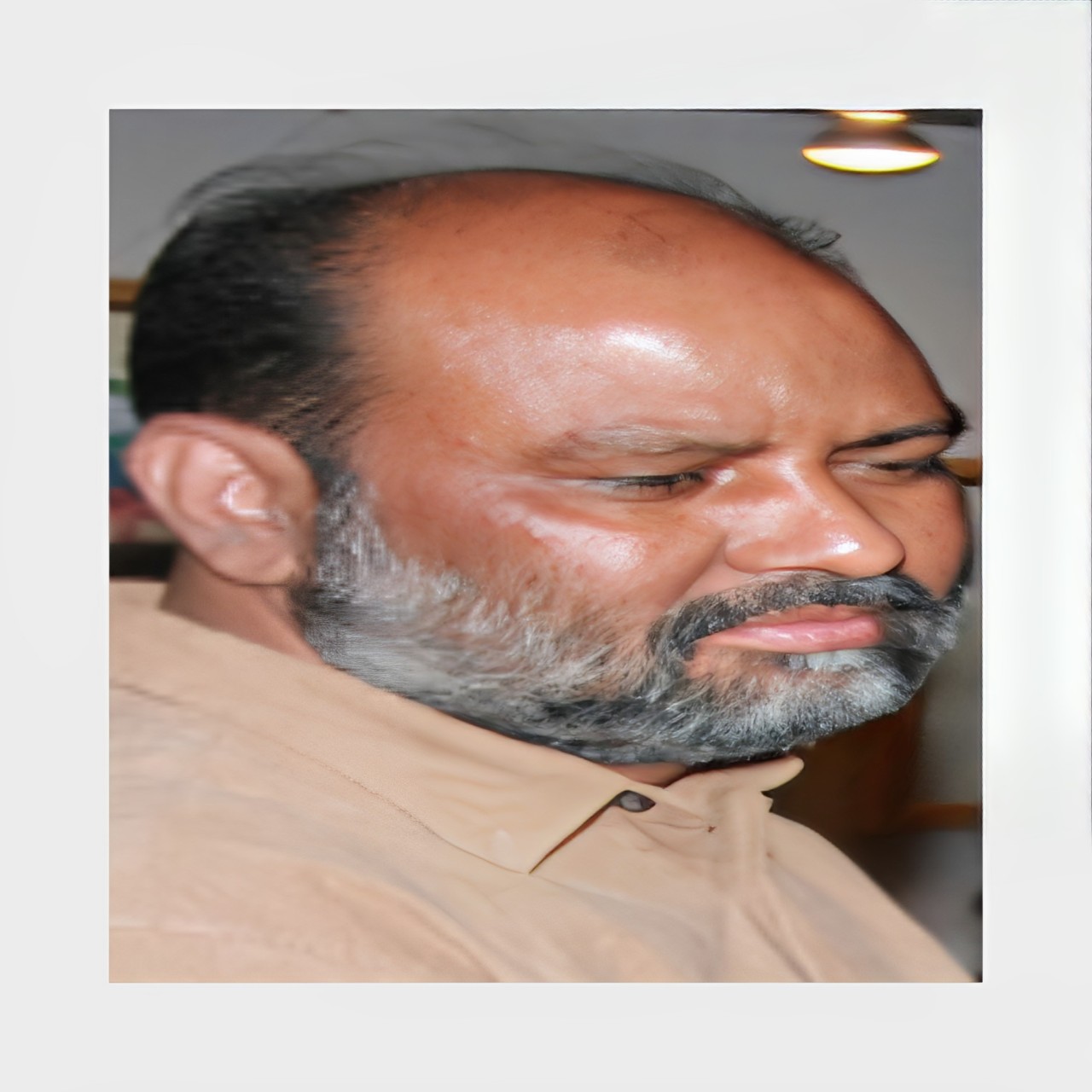
ANWAR KHAN
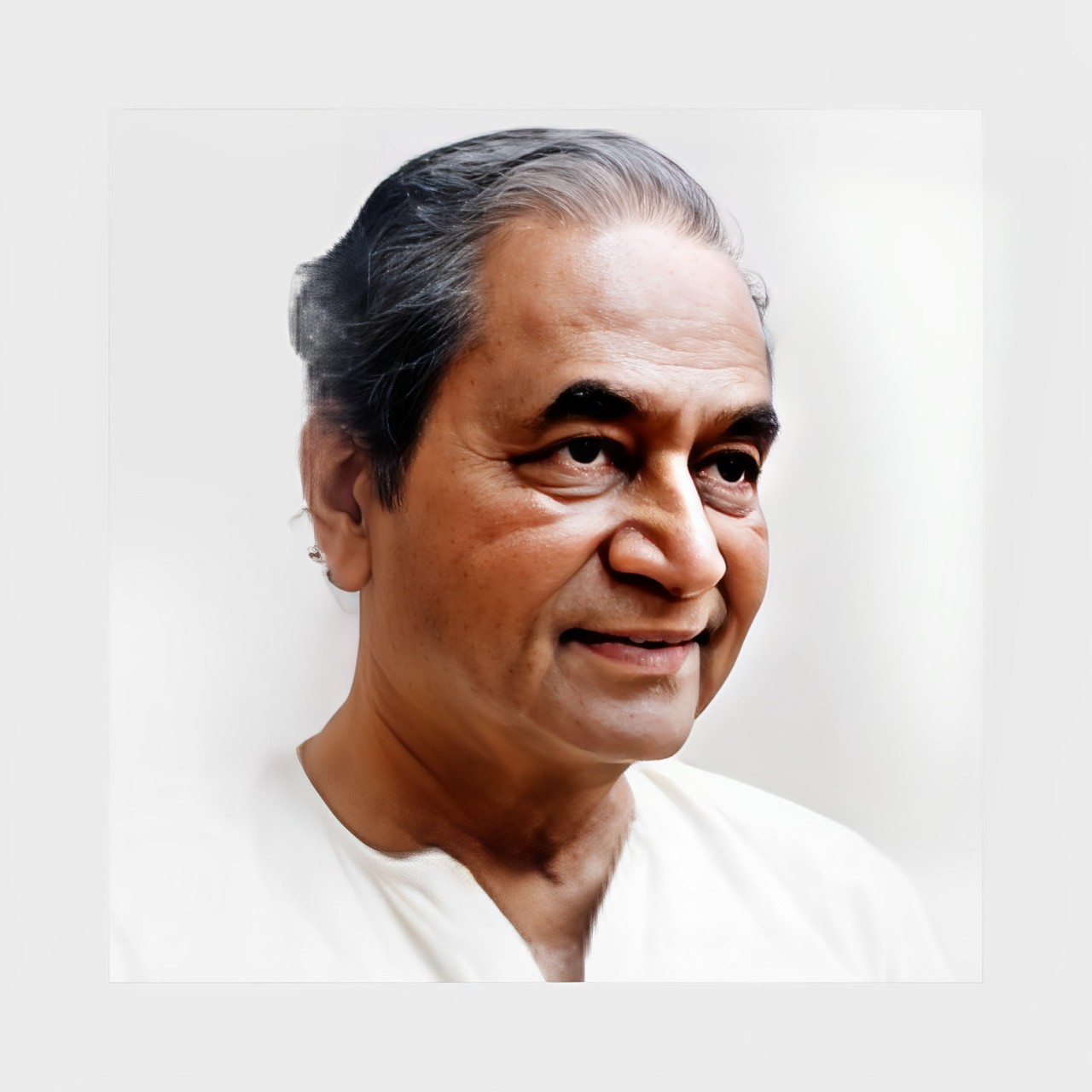
BADRI NARAYAN
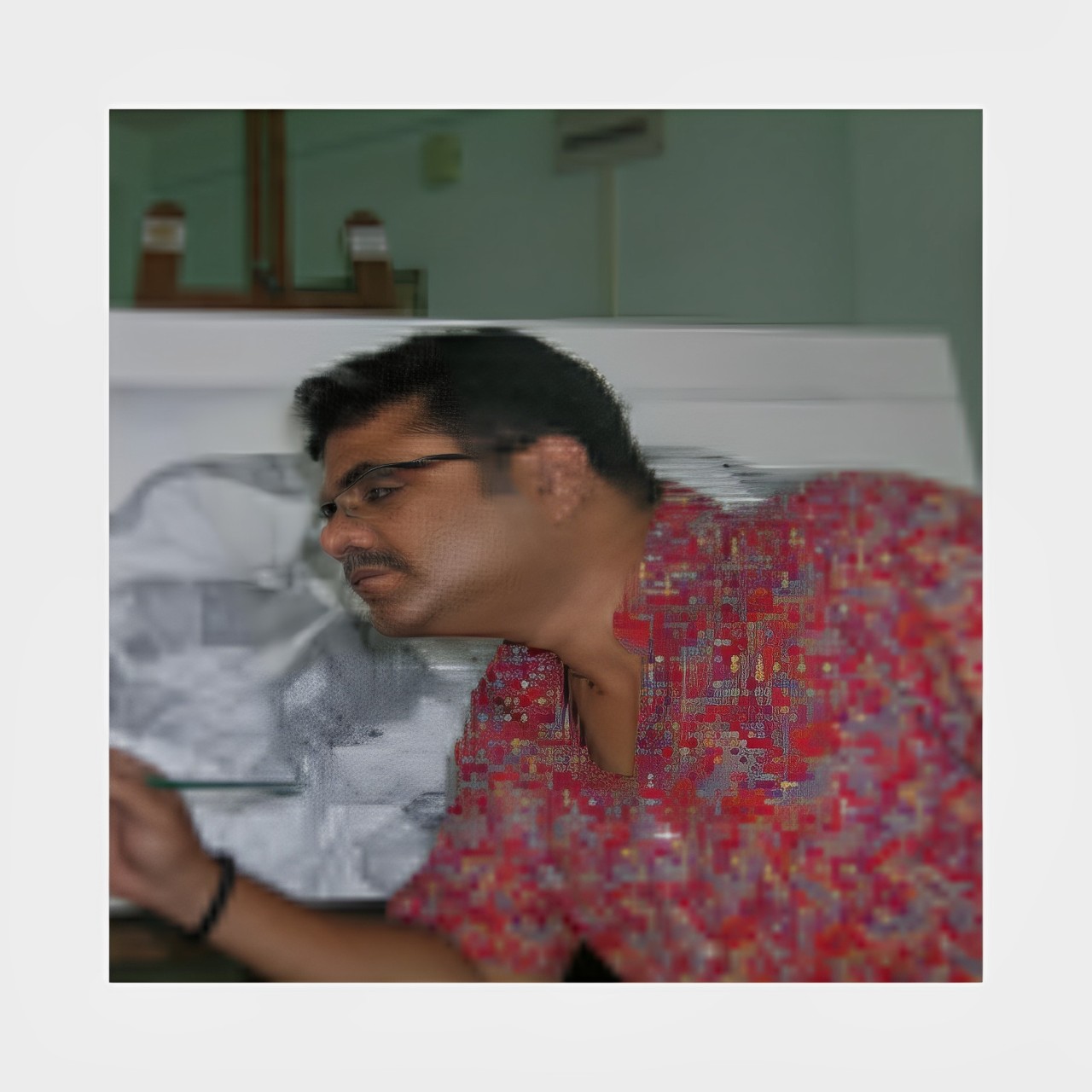
BRATIN KHAN

F.N. SOUZA
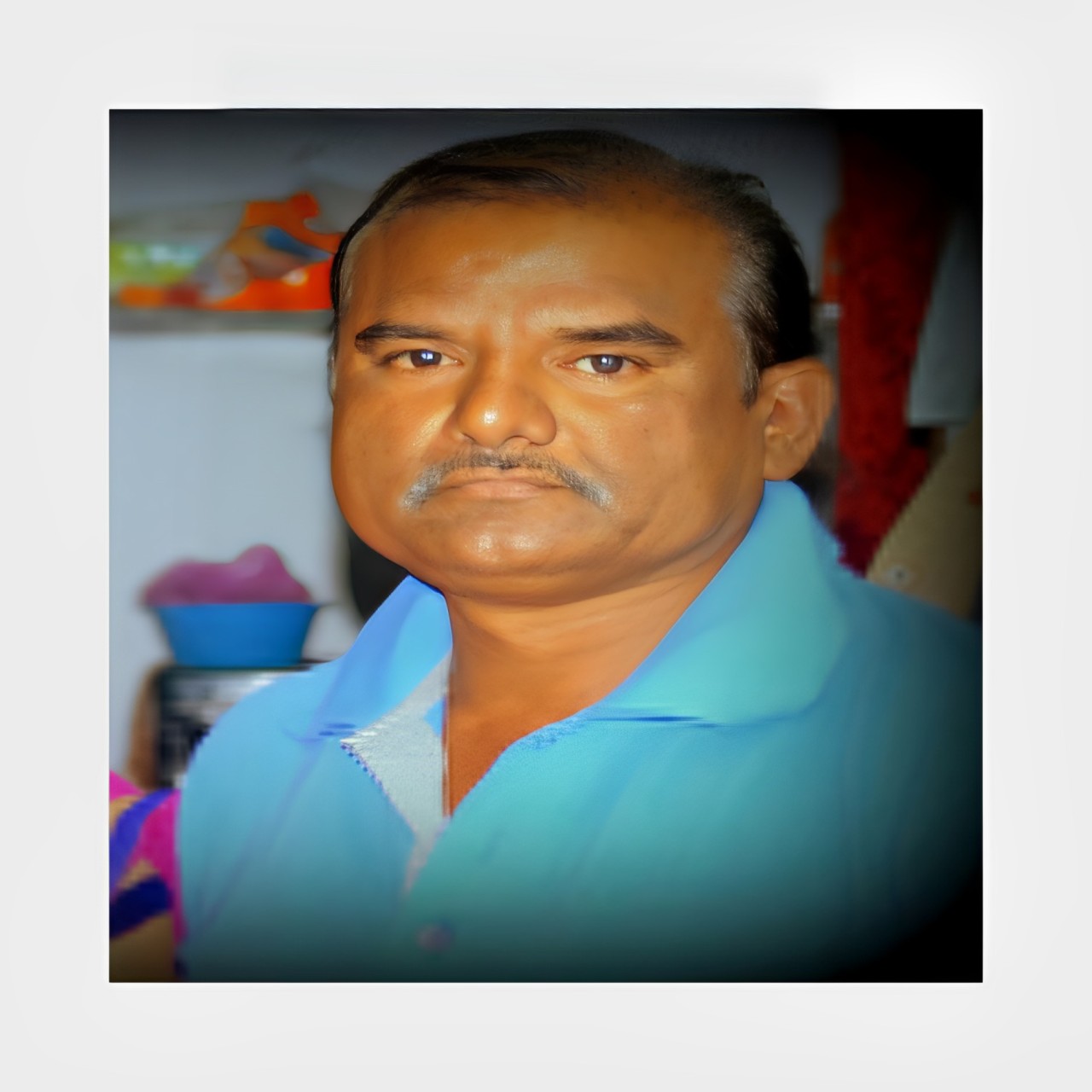
SHIV PRASAD MALVIYA

SHIV KUMAR VERMA

AMIT MAHADEV DOMBHARE

BHANU PRAKASH

BHAWNA CHOUDHARY

GANESH PYNE

GAUTAM SHARMA

ISABEL ROCK

JAGANNATH PAUL

JAI ZHAROTIA

JOGEN CHOUDHARY

khajrau art

K. LAXMA GOUD

K. S. RADHAKRISHNAN

KG SUBRAMANIAN

M.SIVANESAN

KRISHEN KHANNA

MANDAKINI DEVI

MARIO DE MIRANDA

MADHUBANTI BANERJEE

ASHISH KUMAR KACHHWAHA


